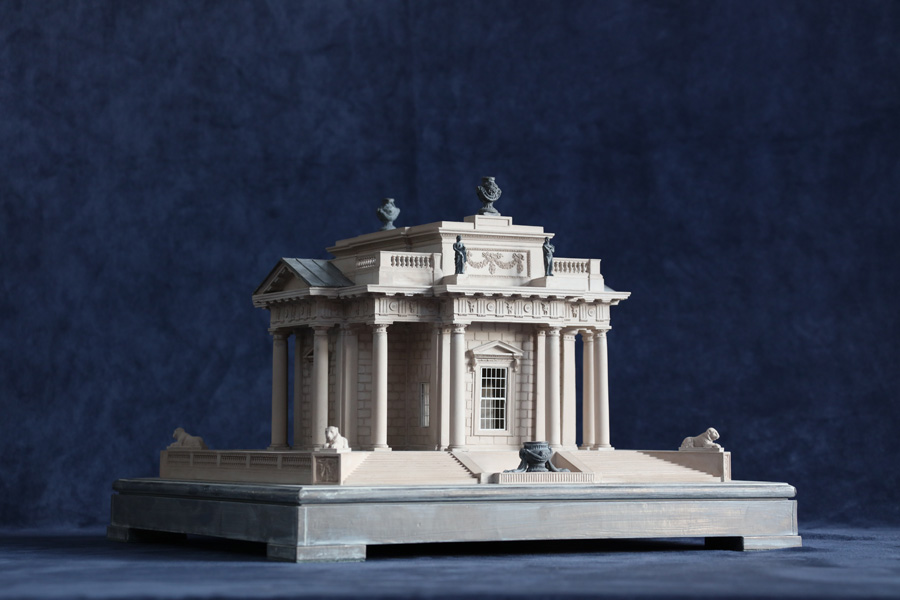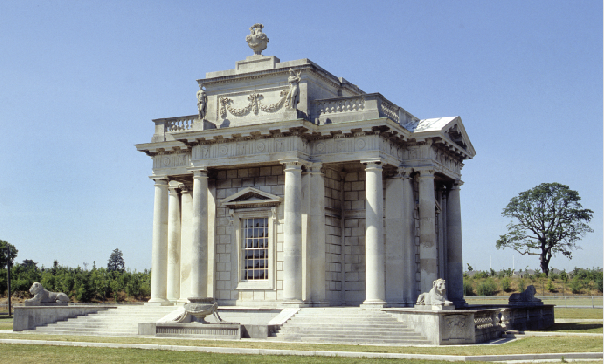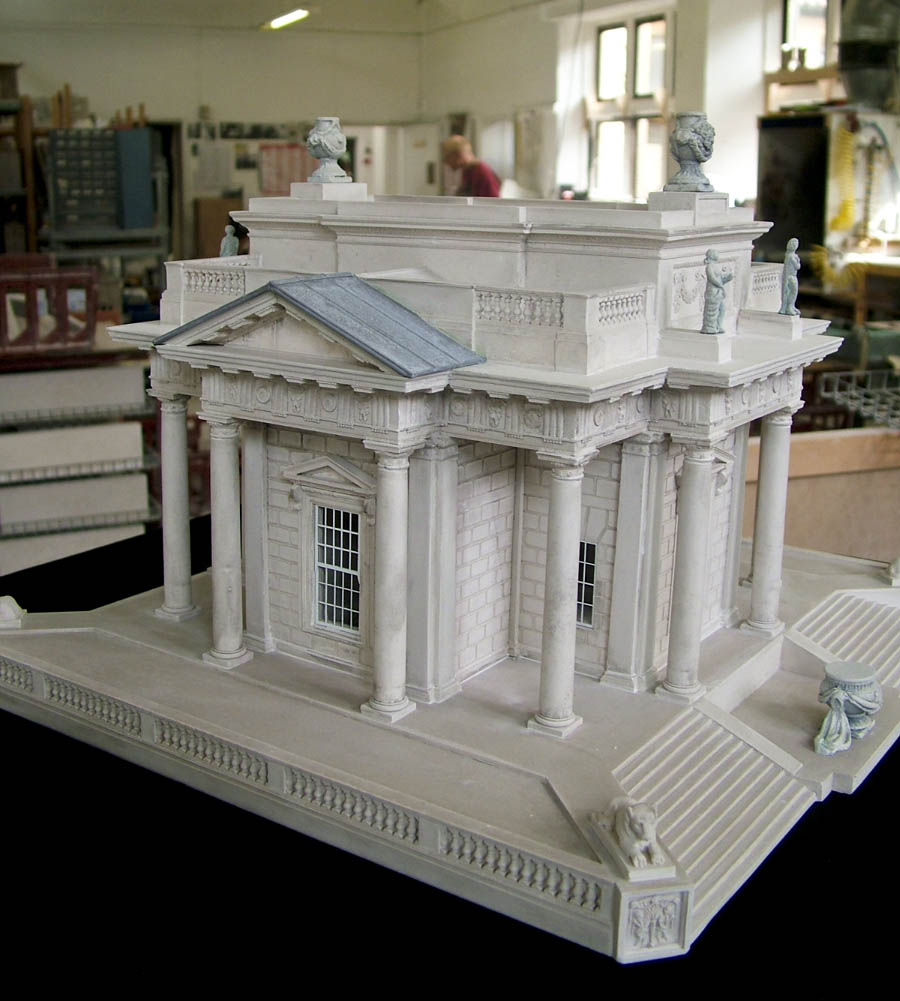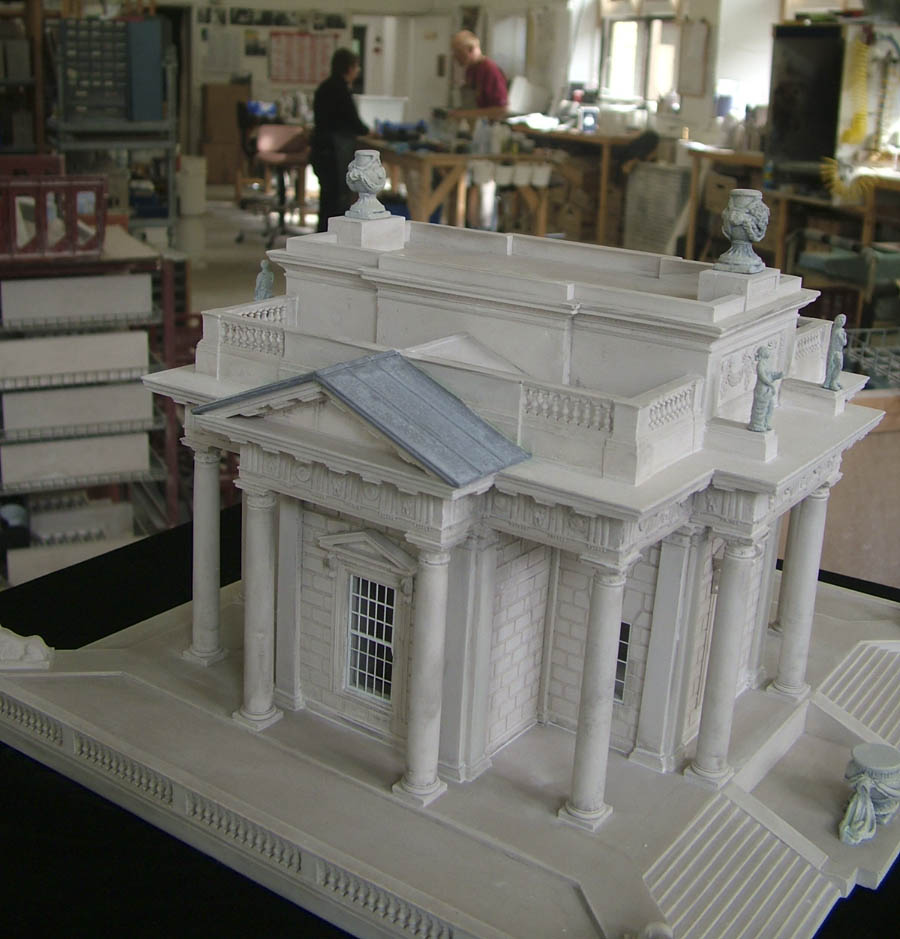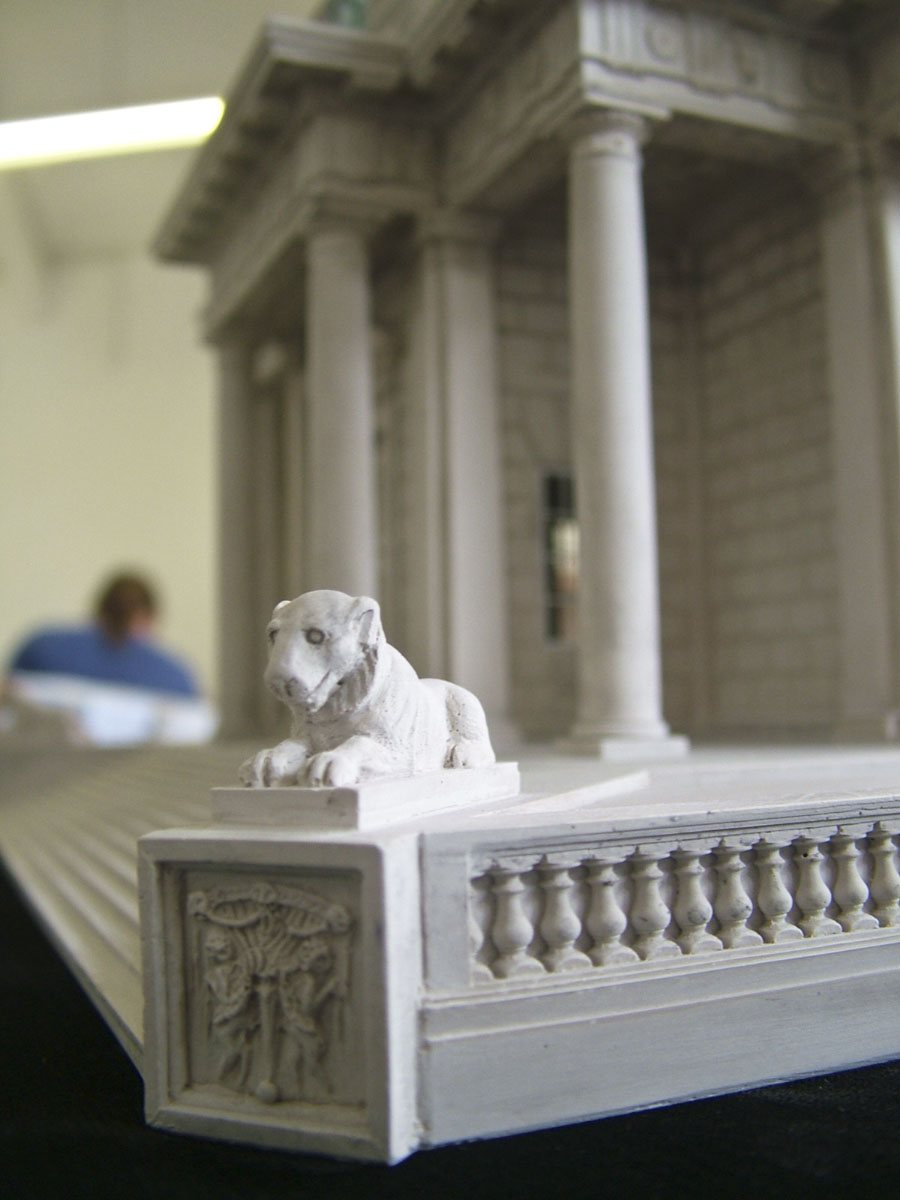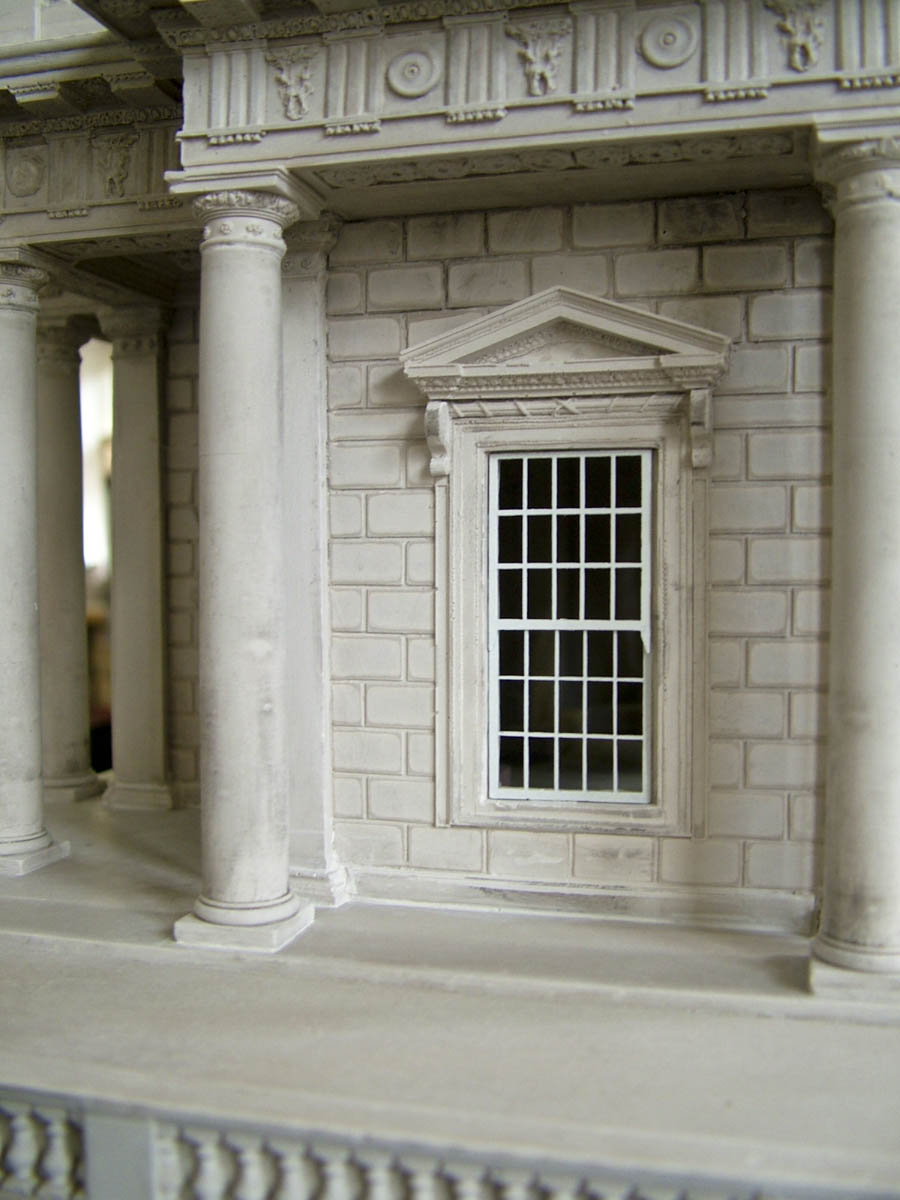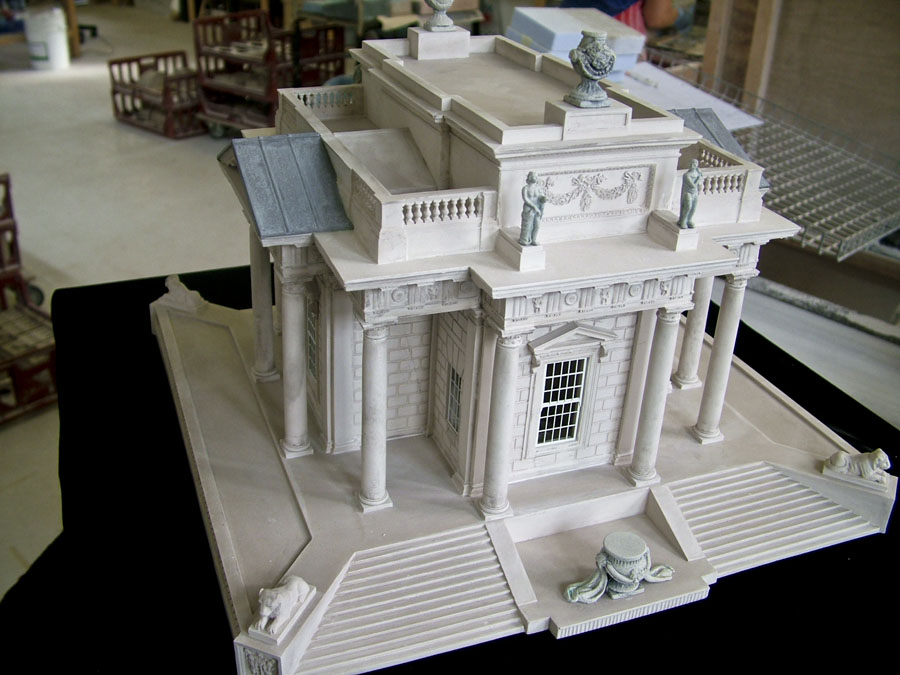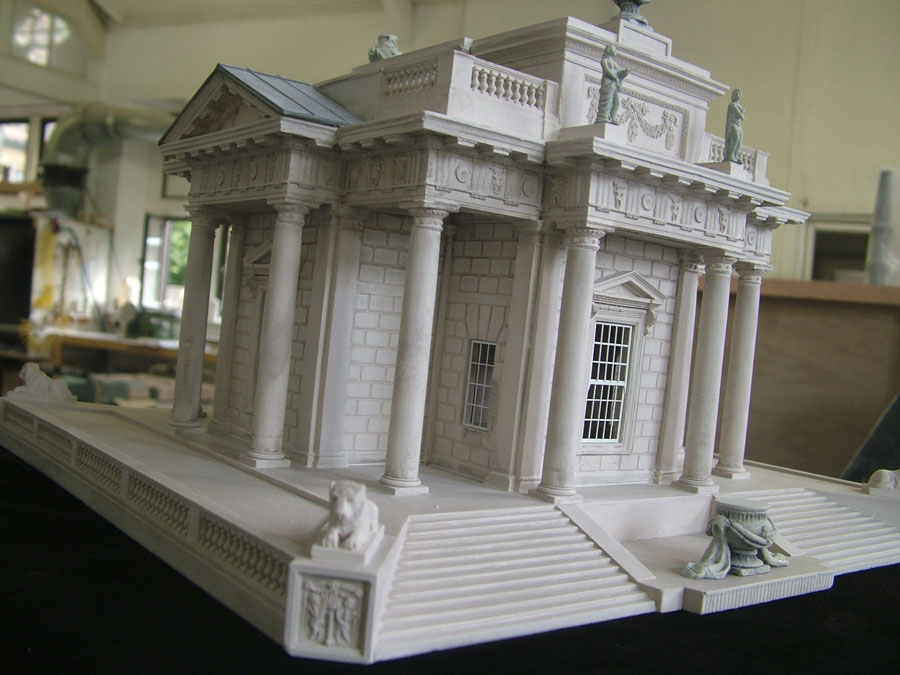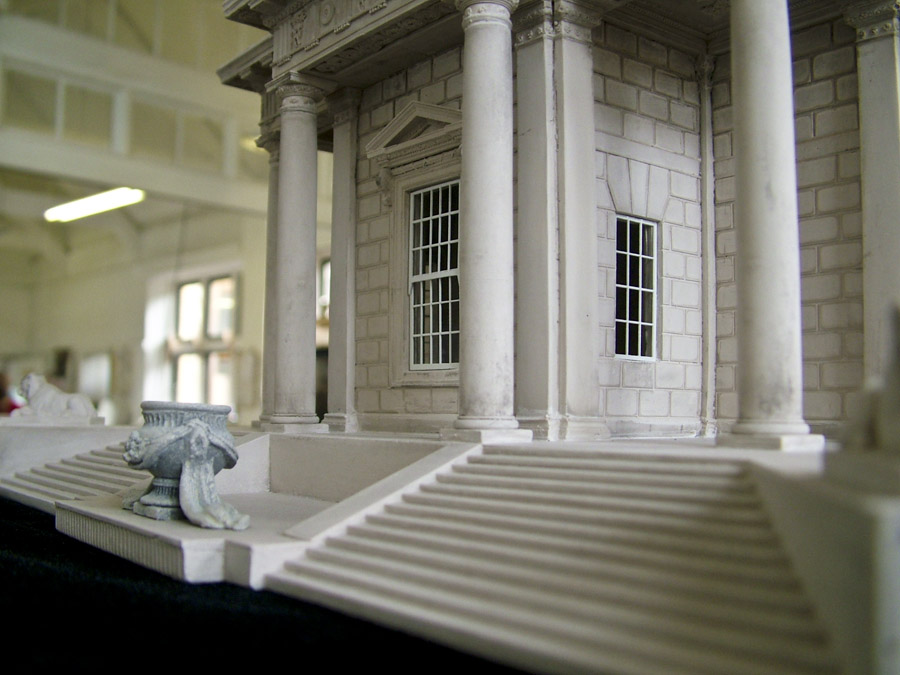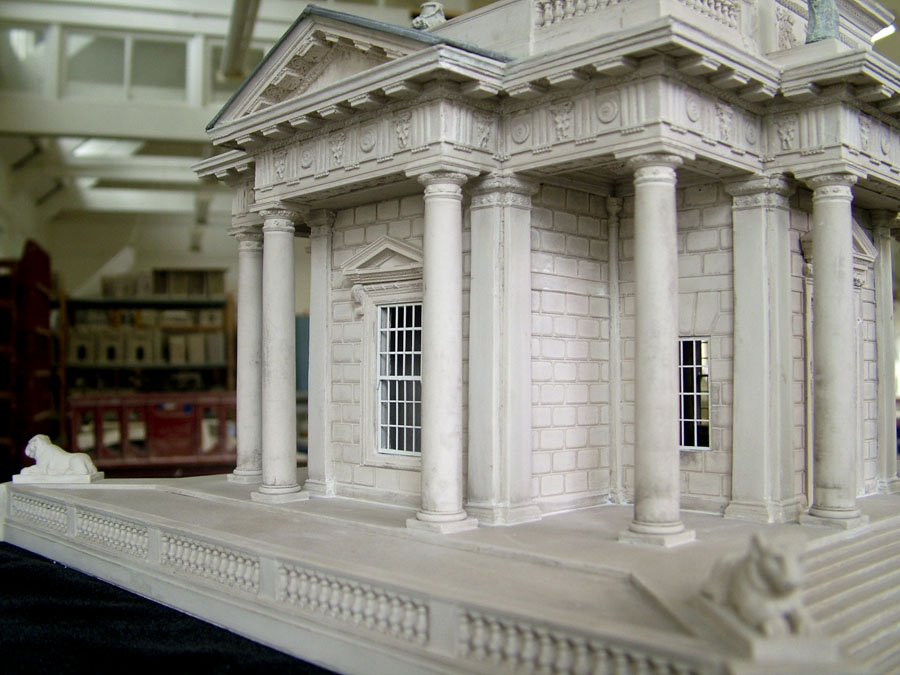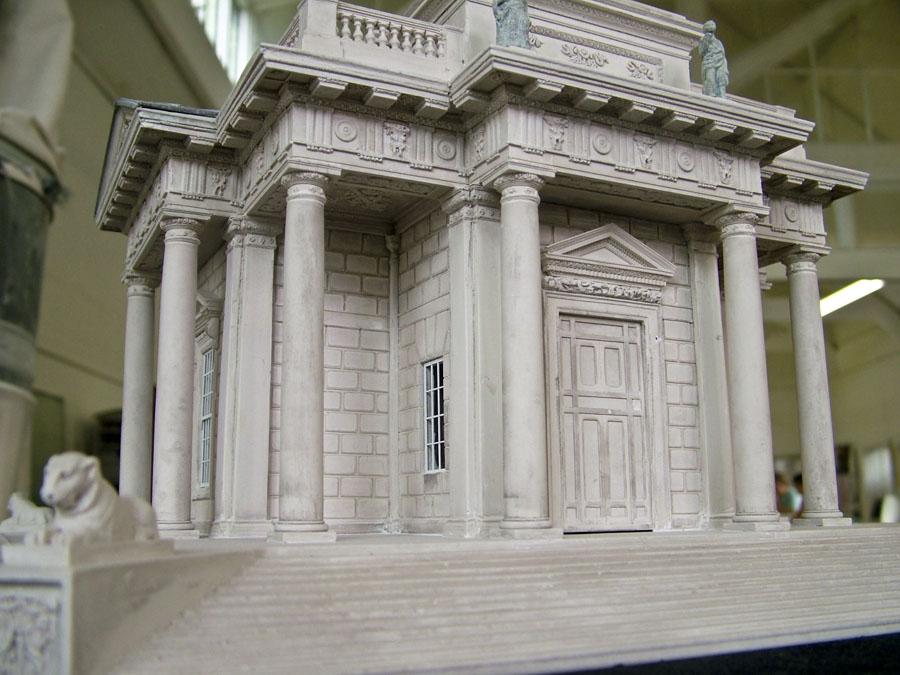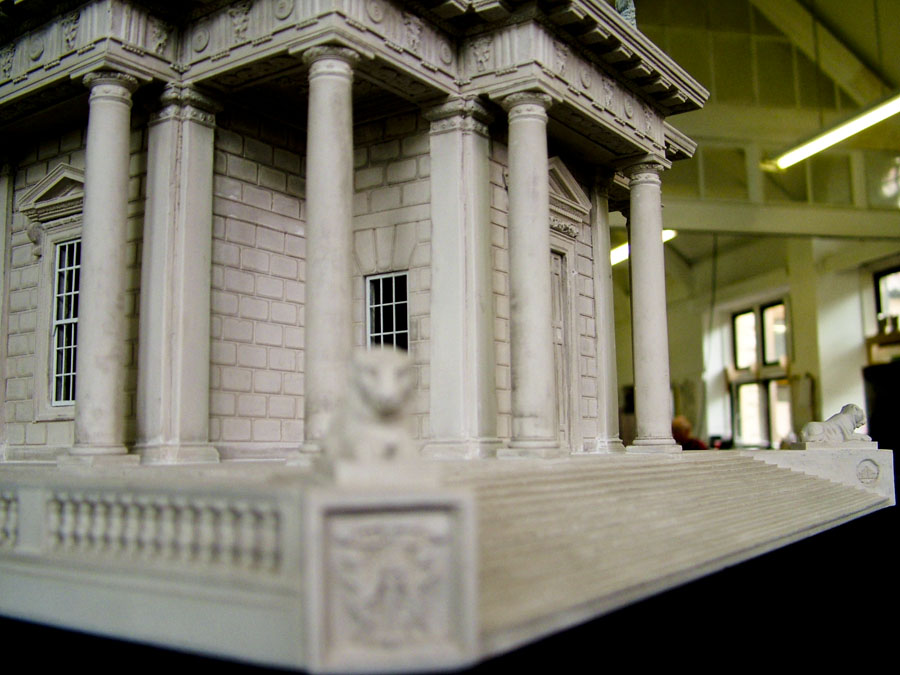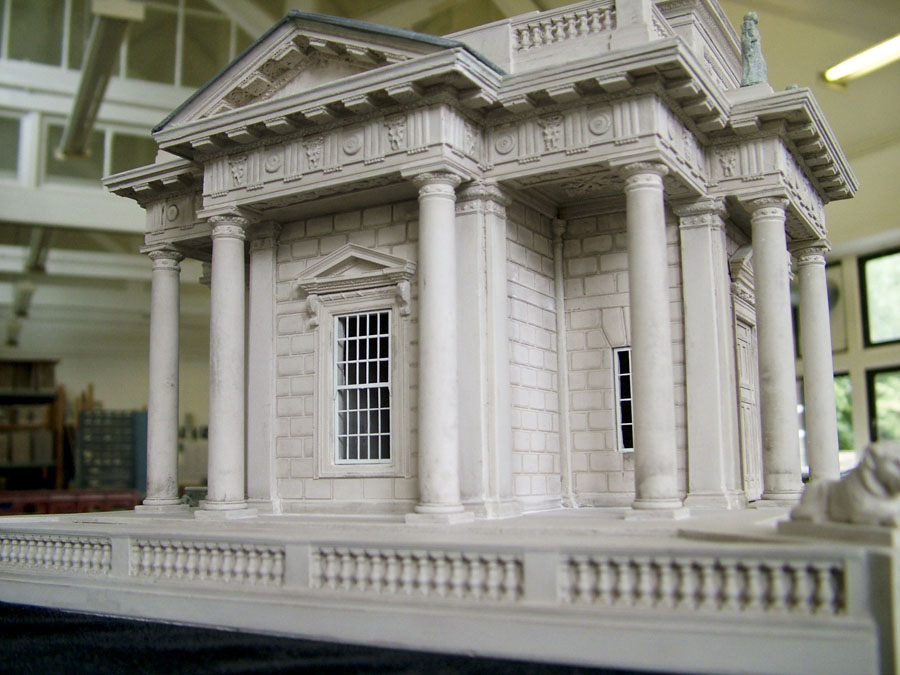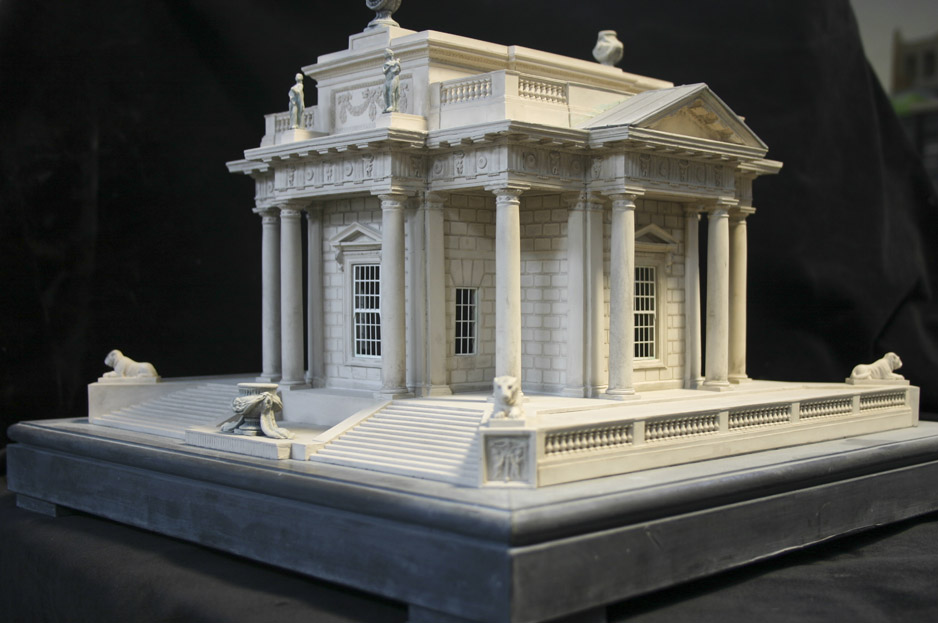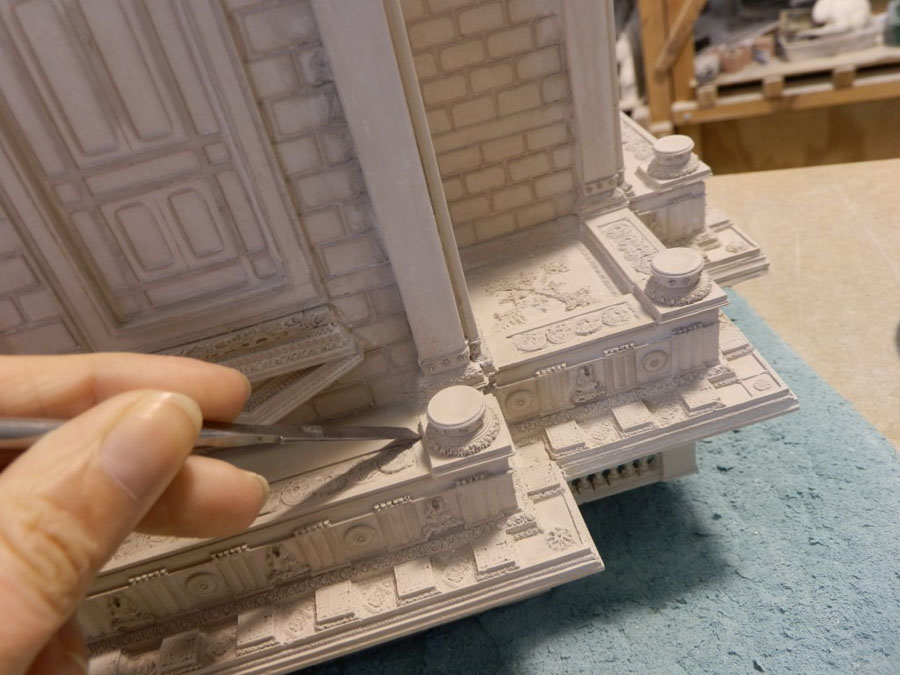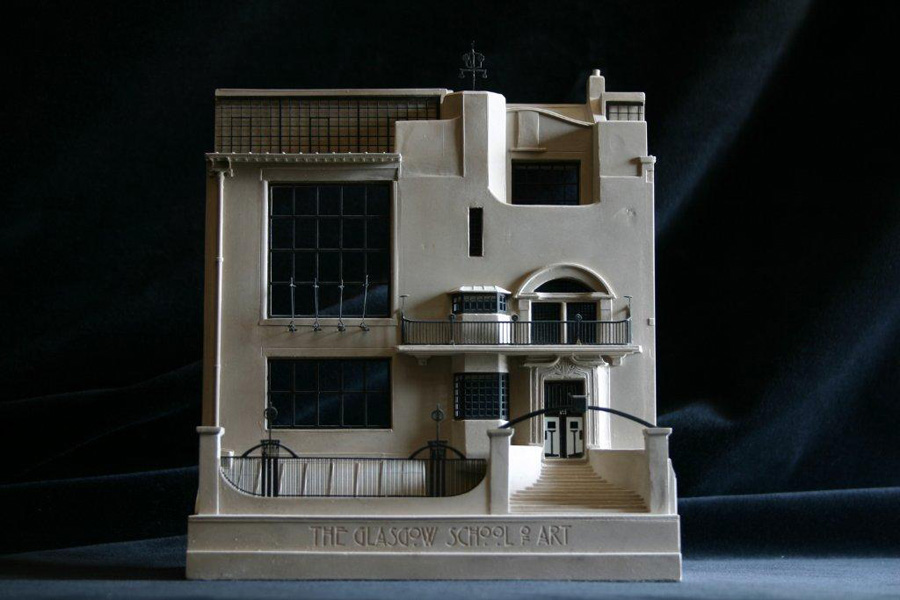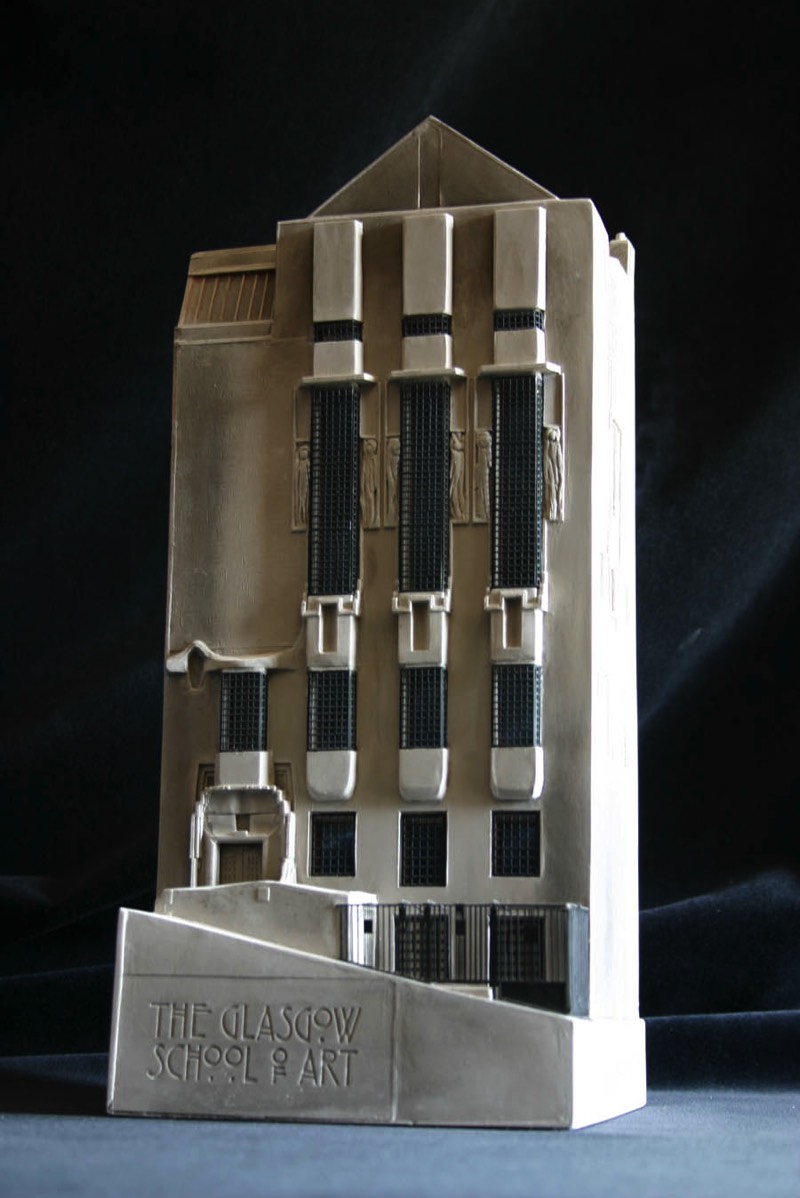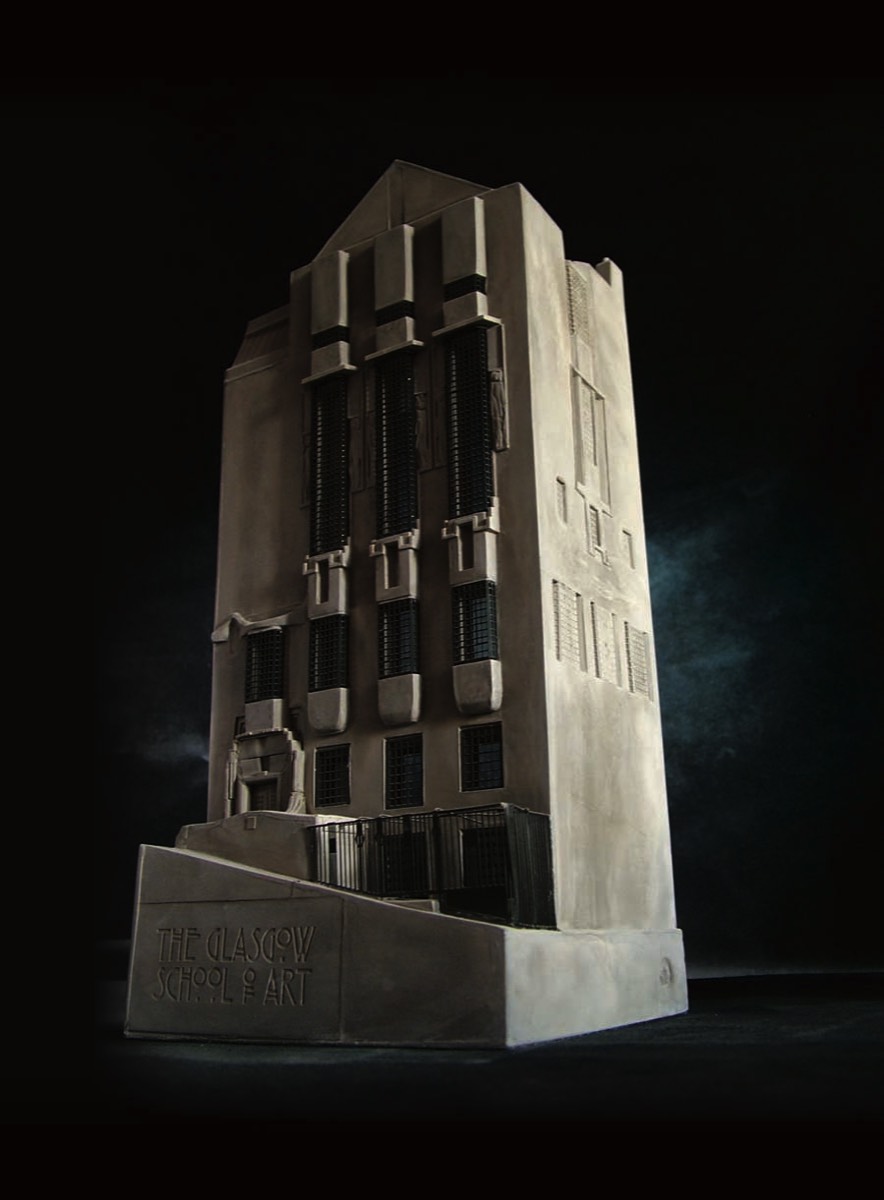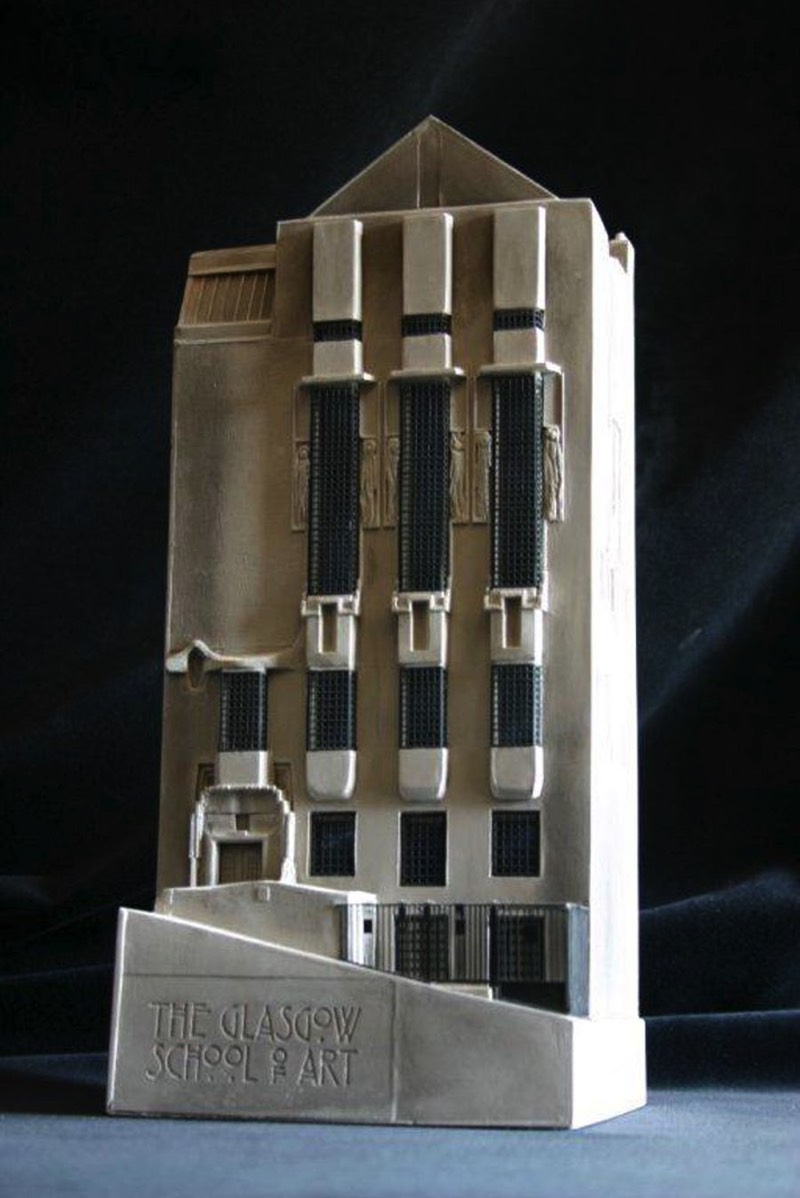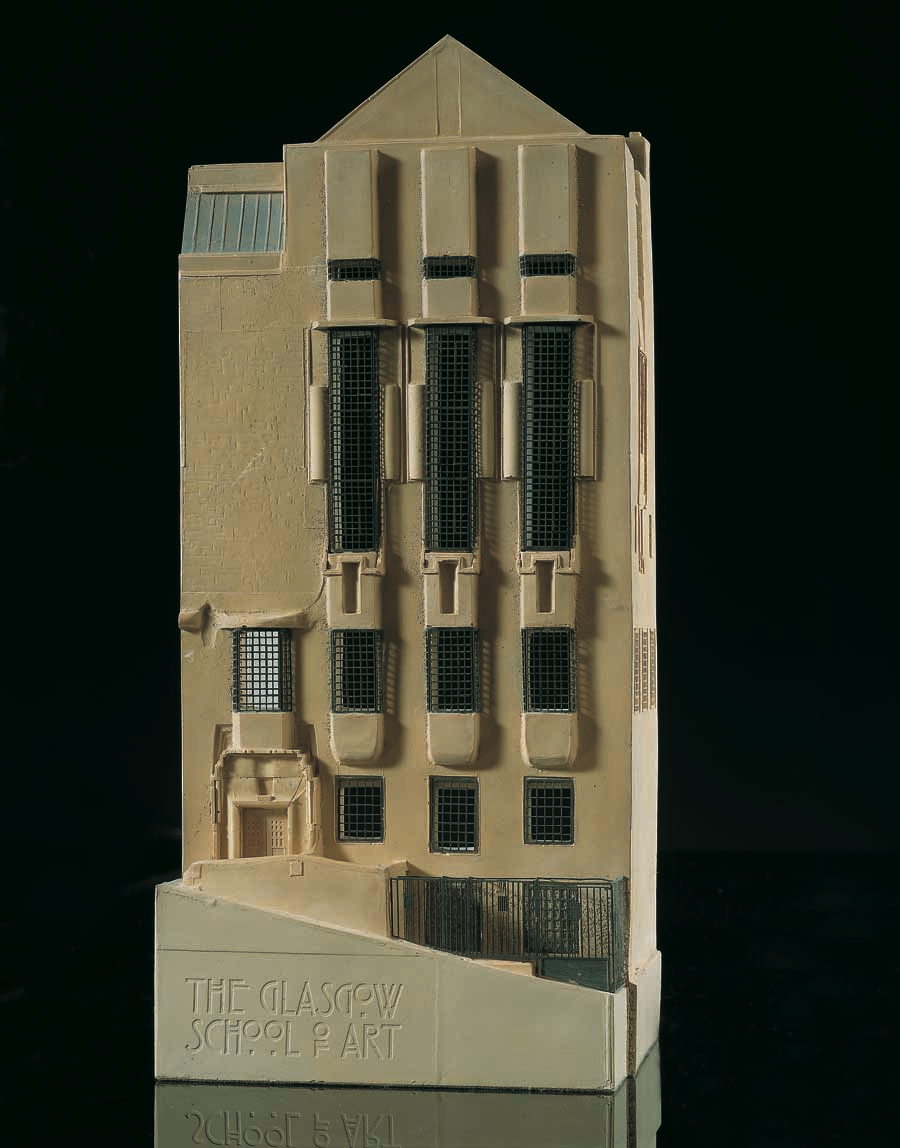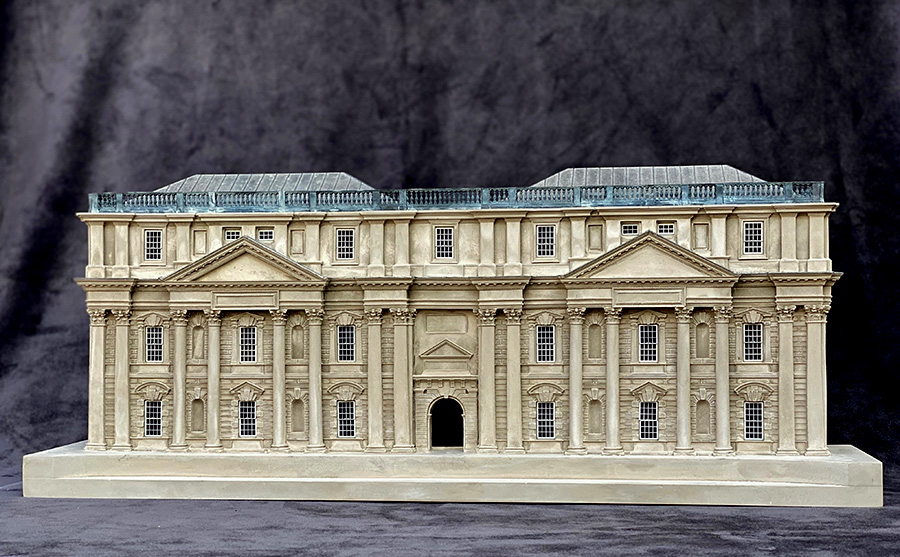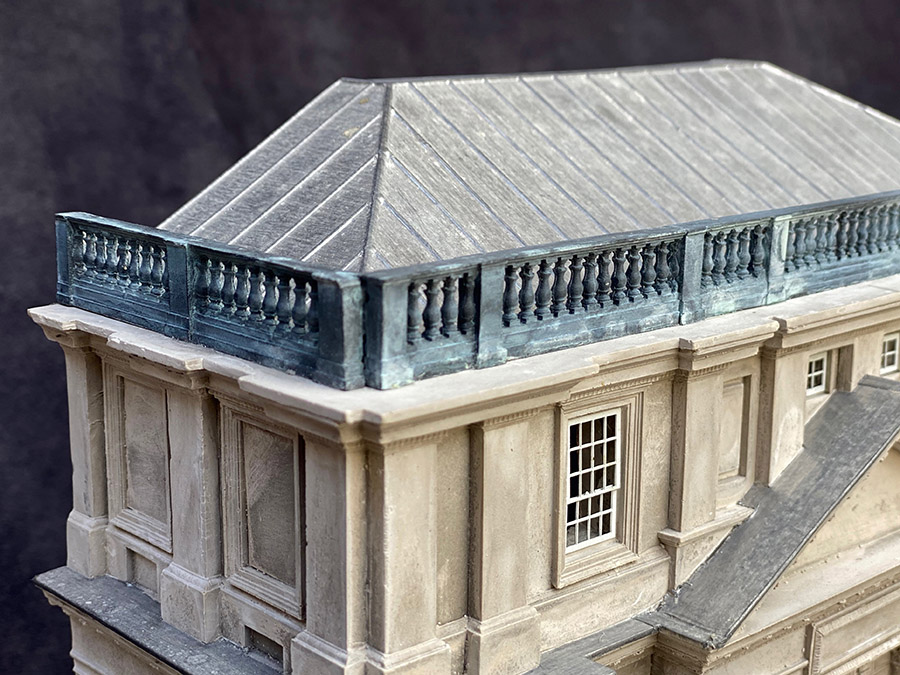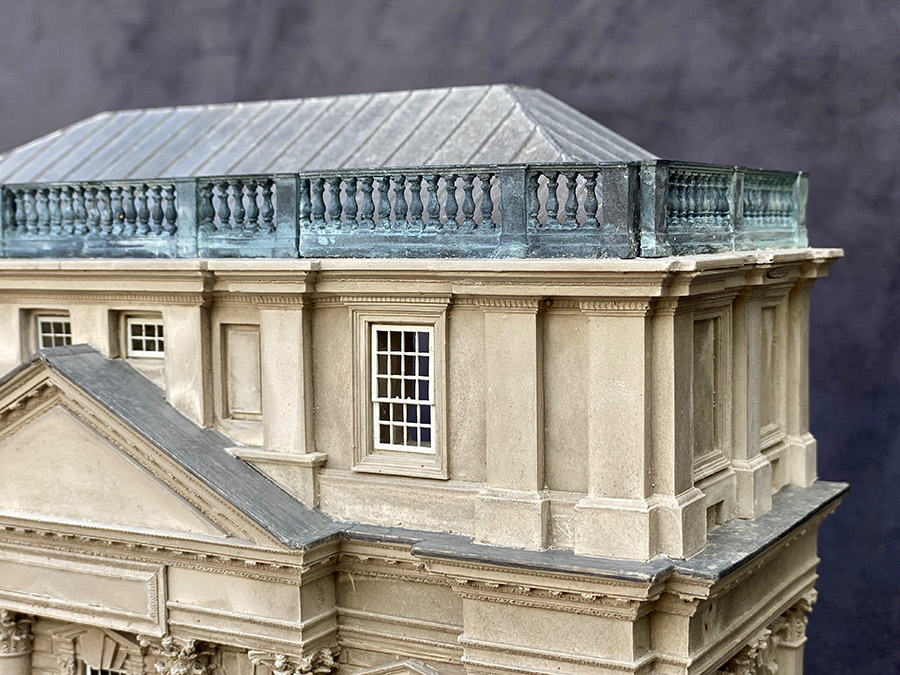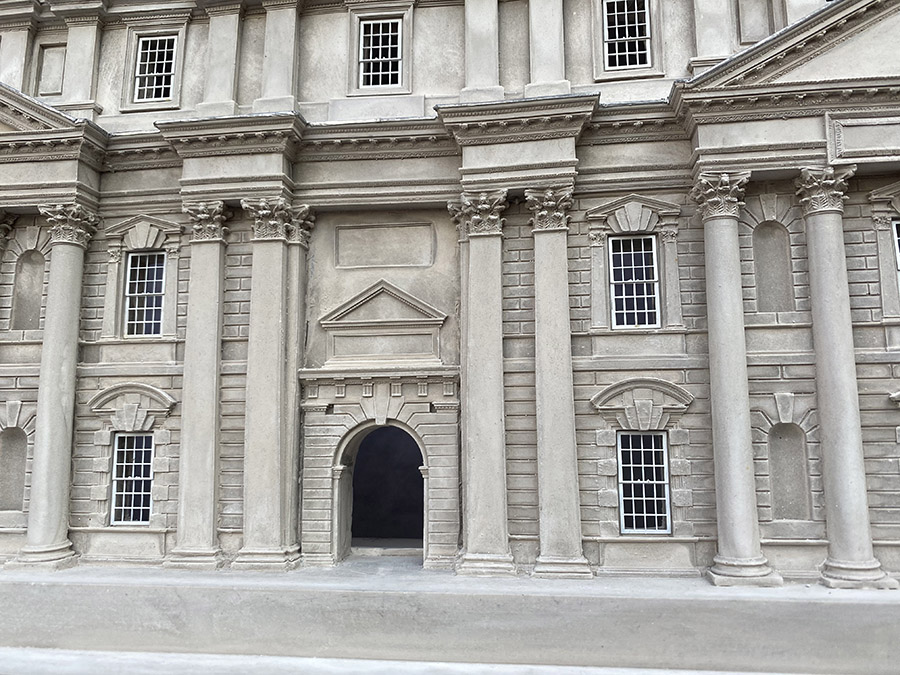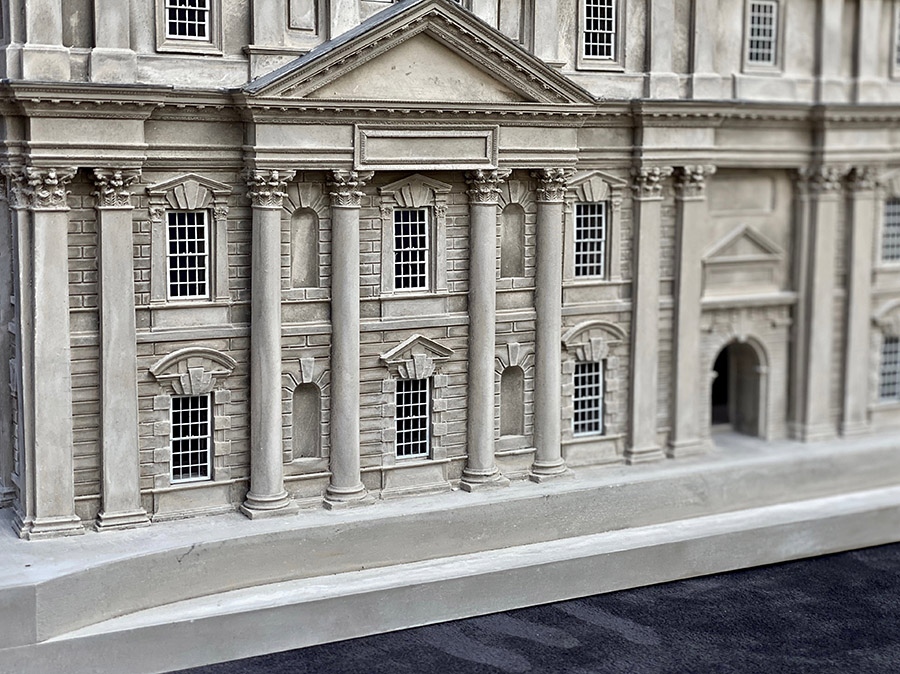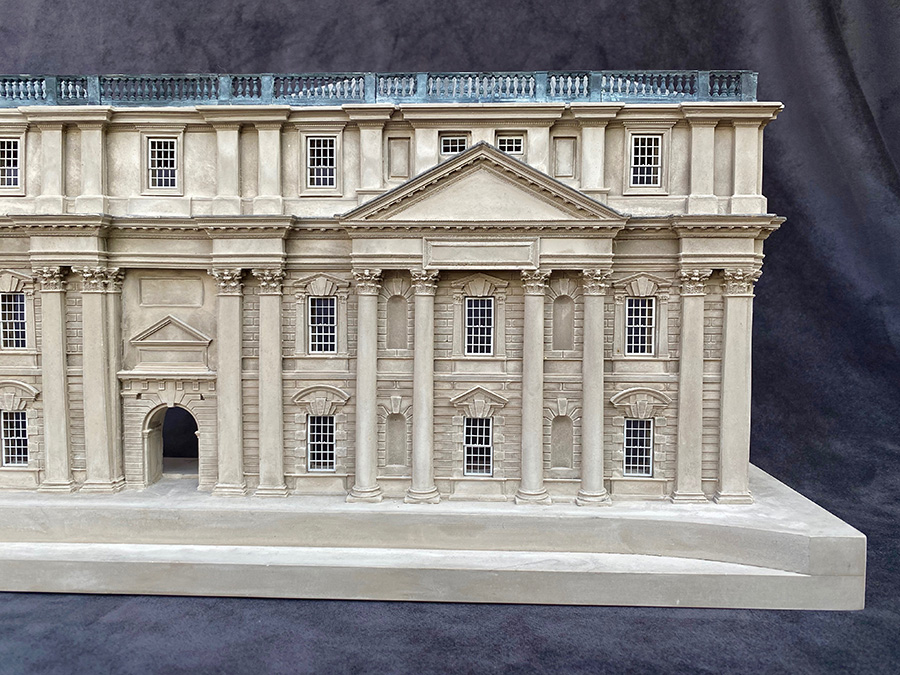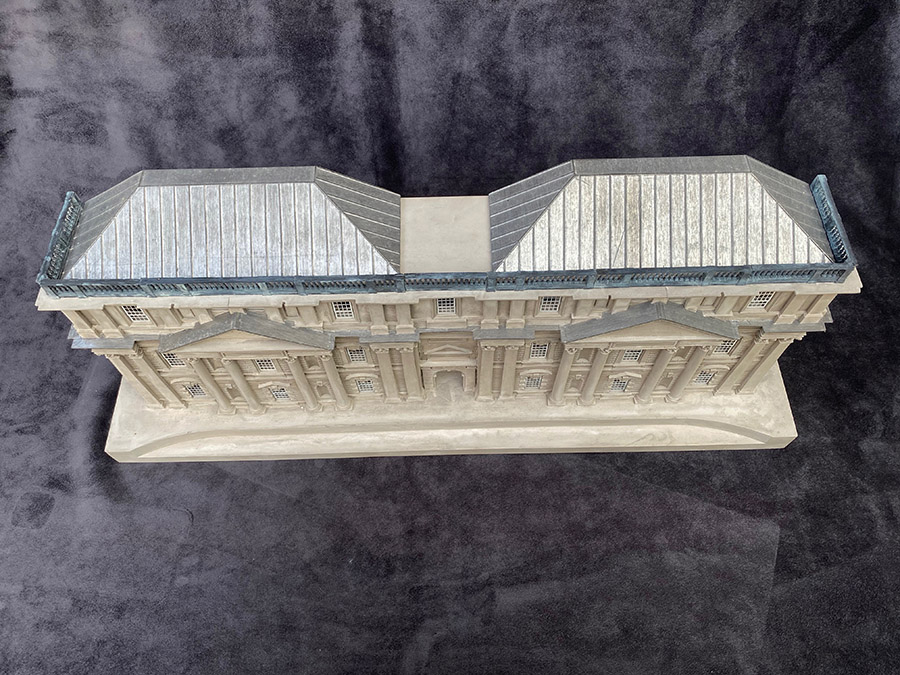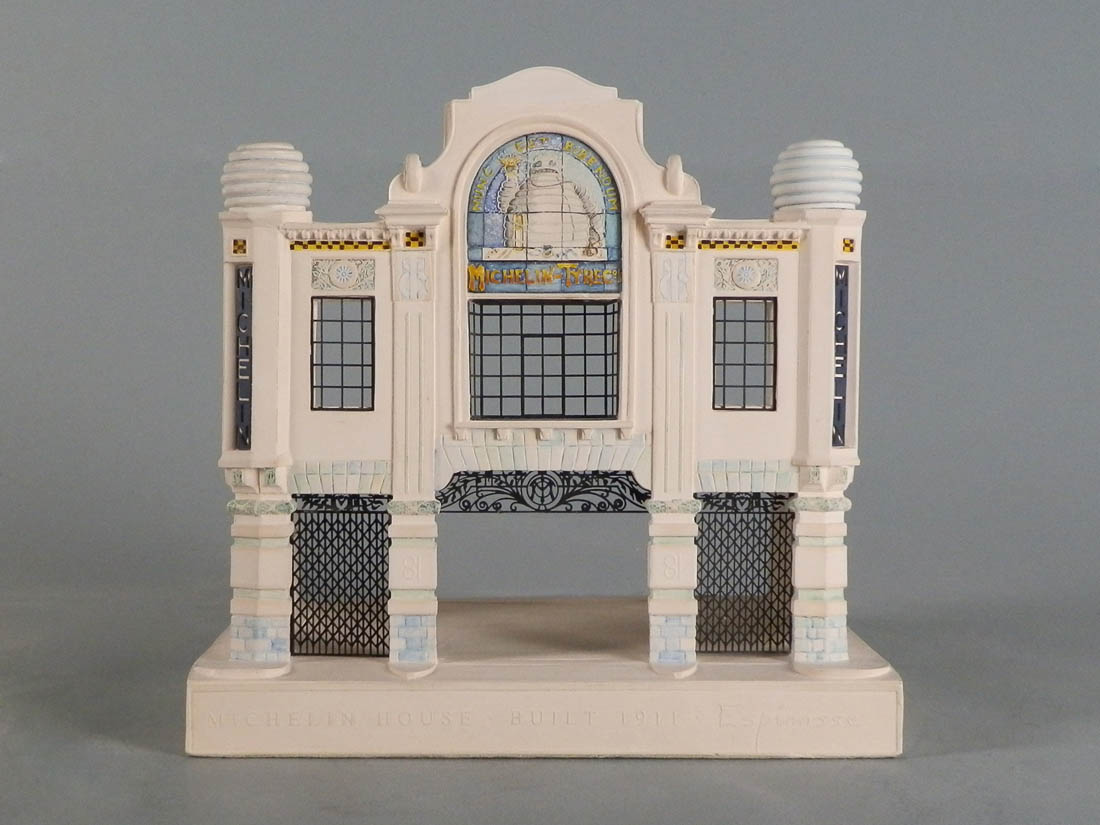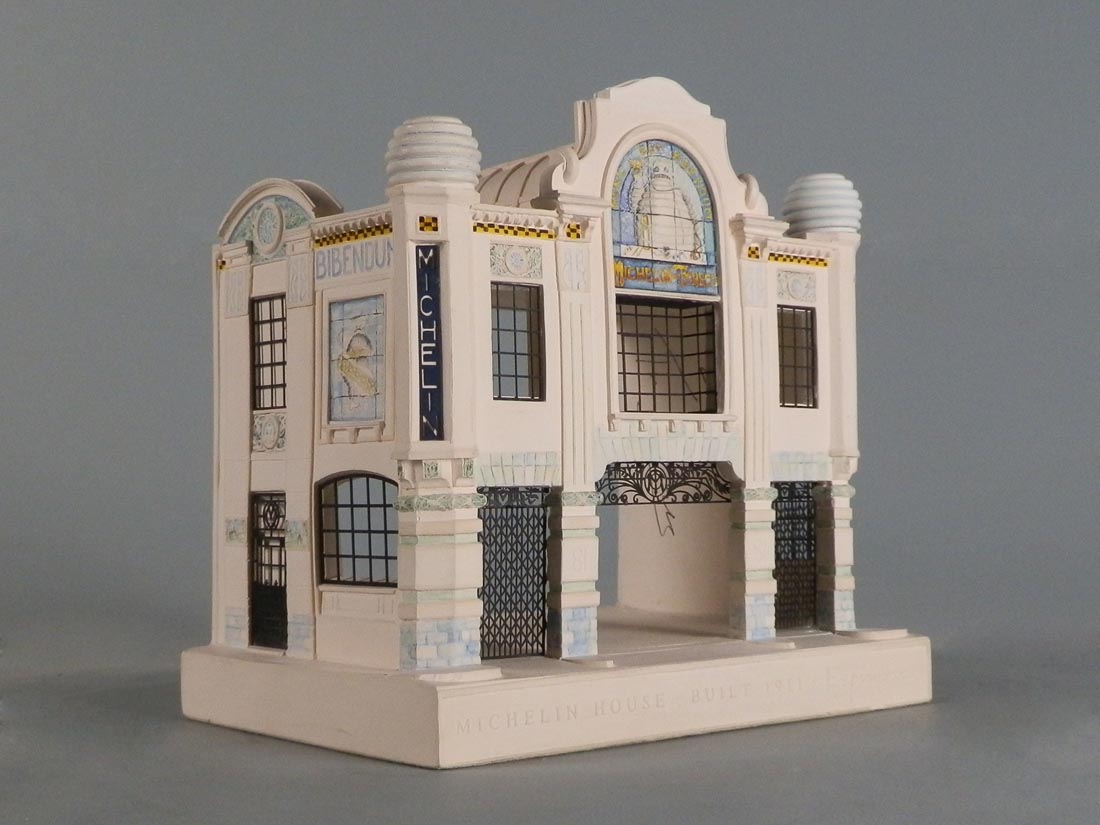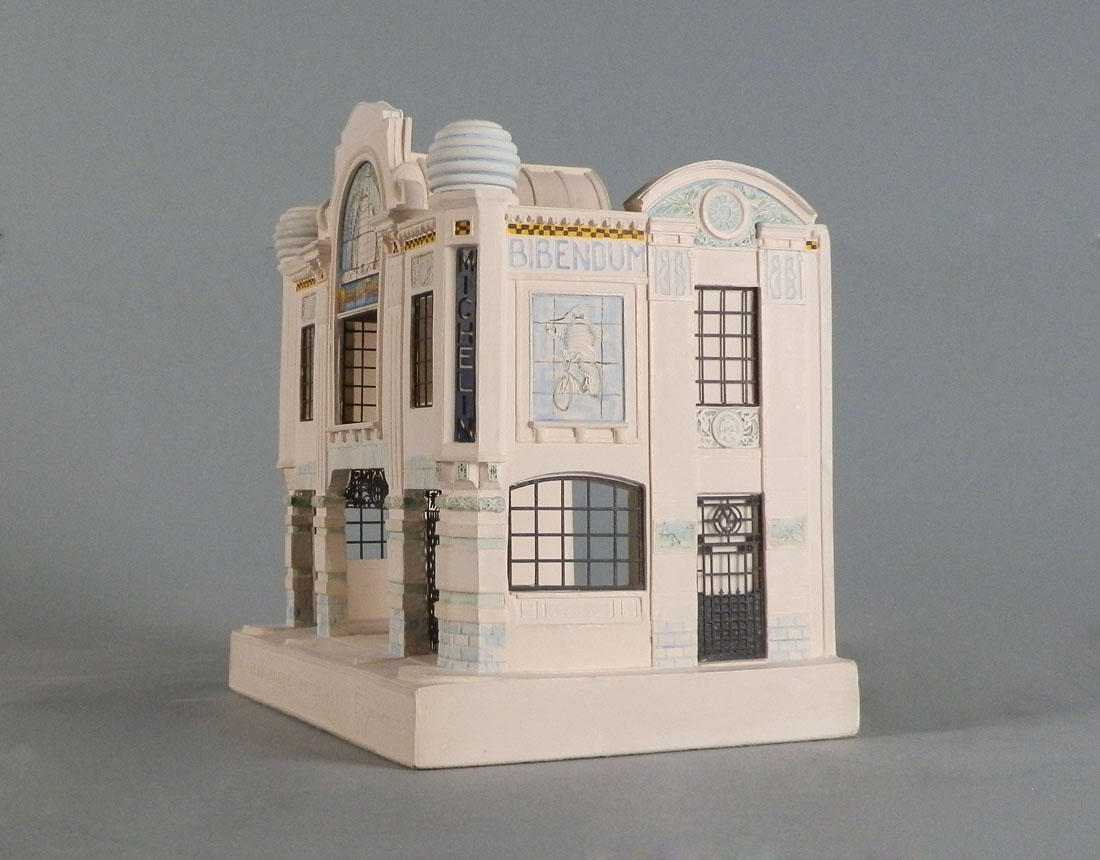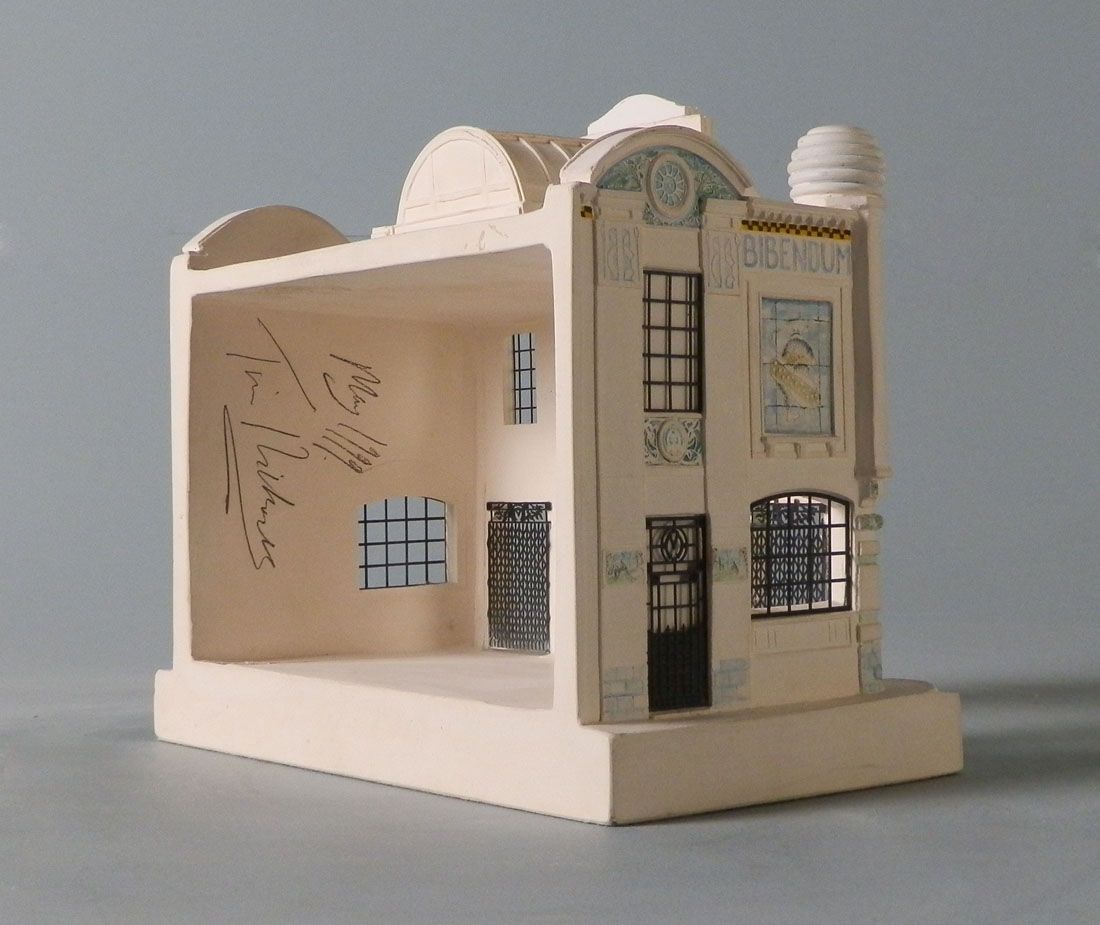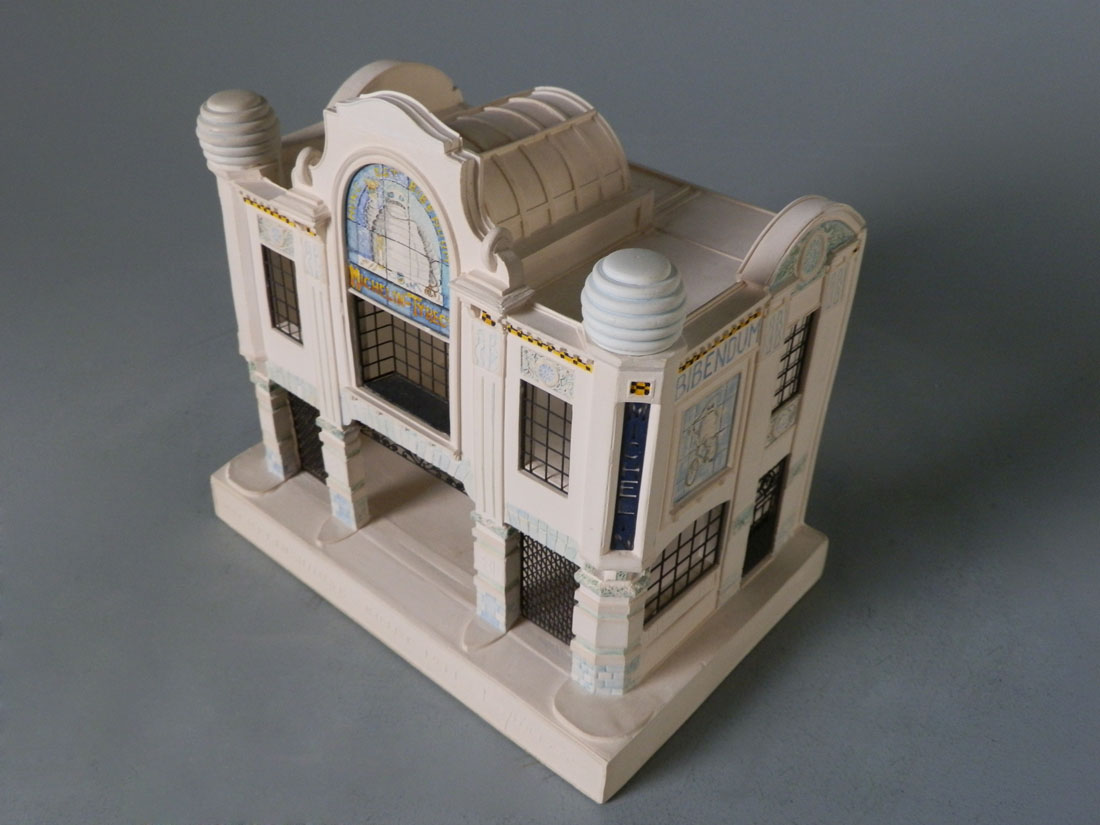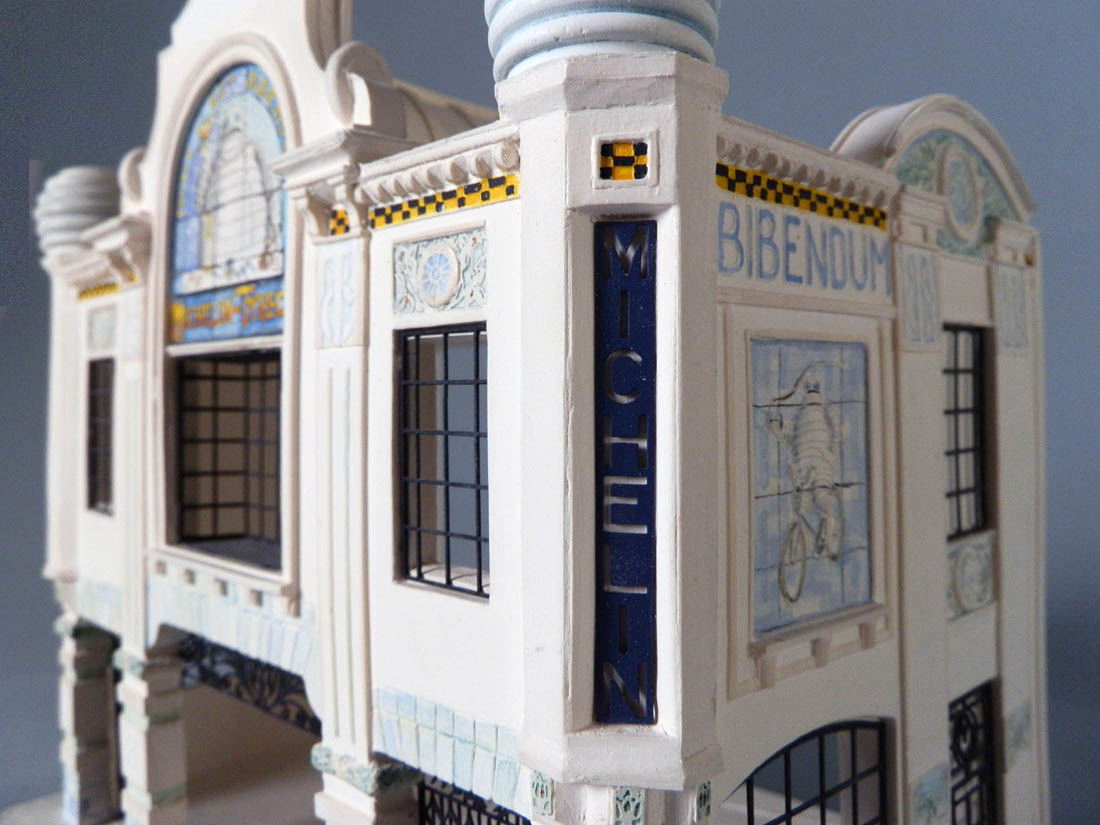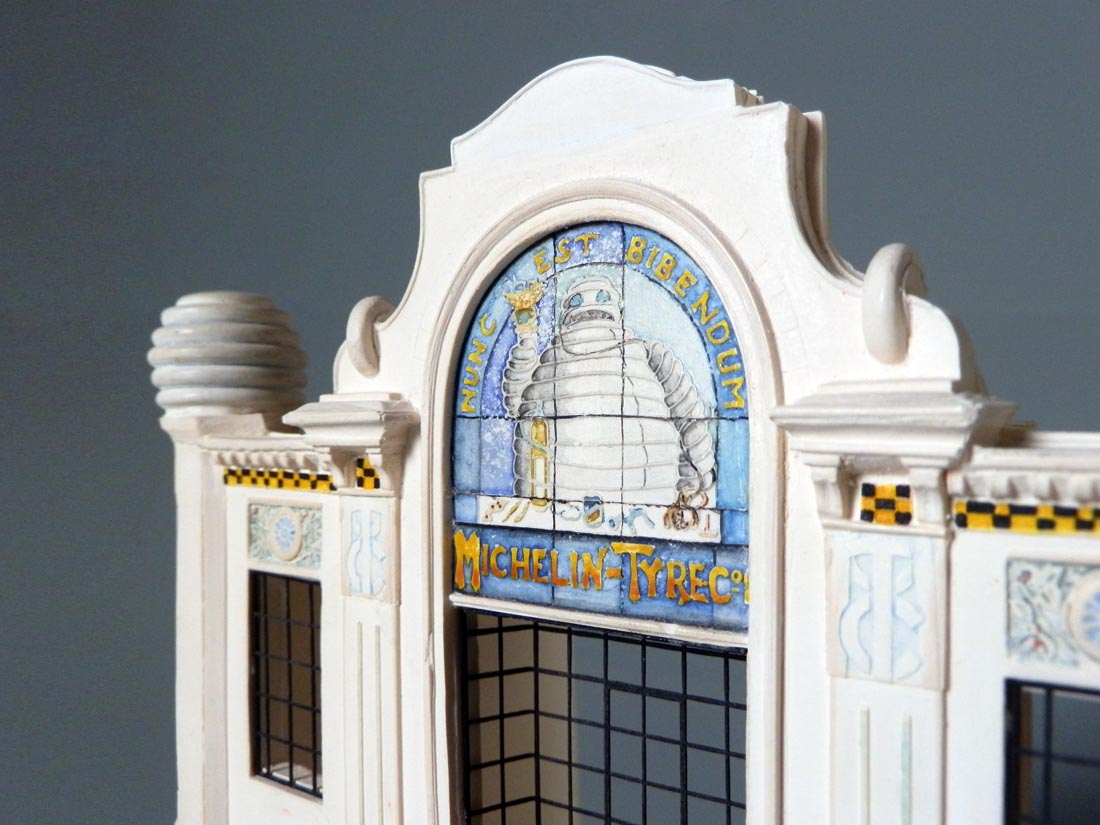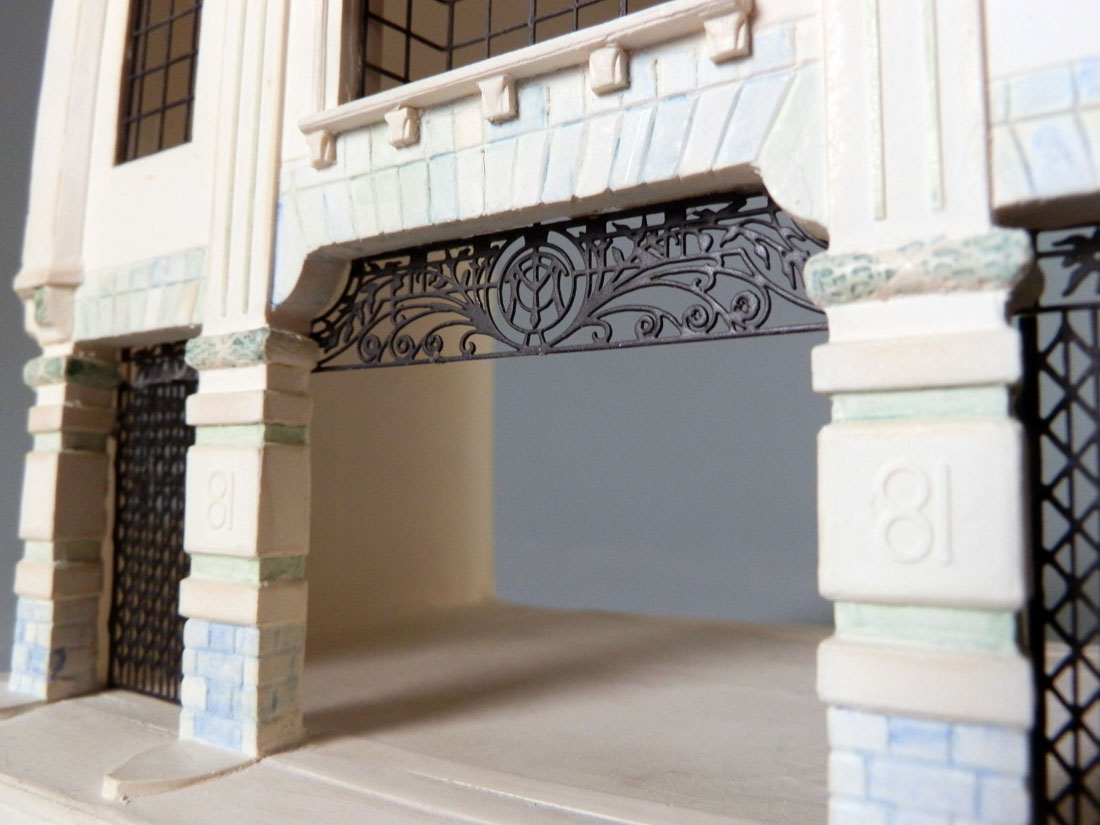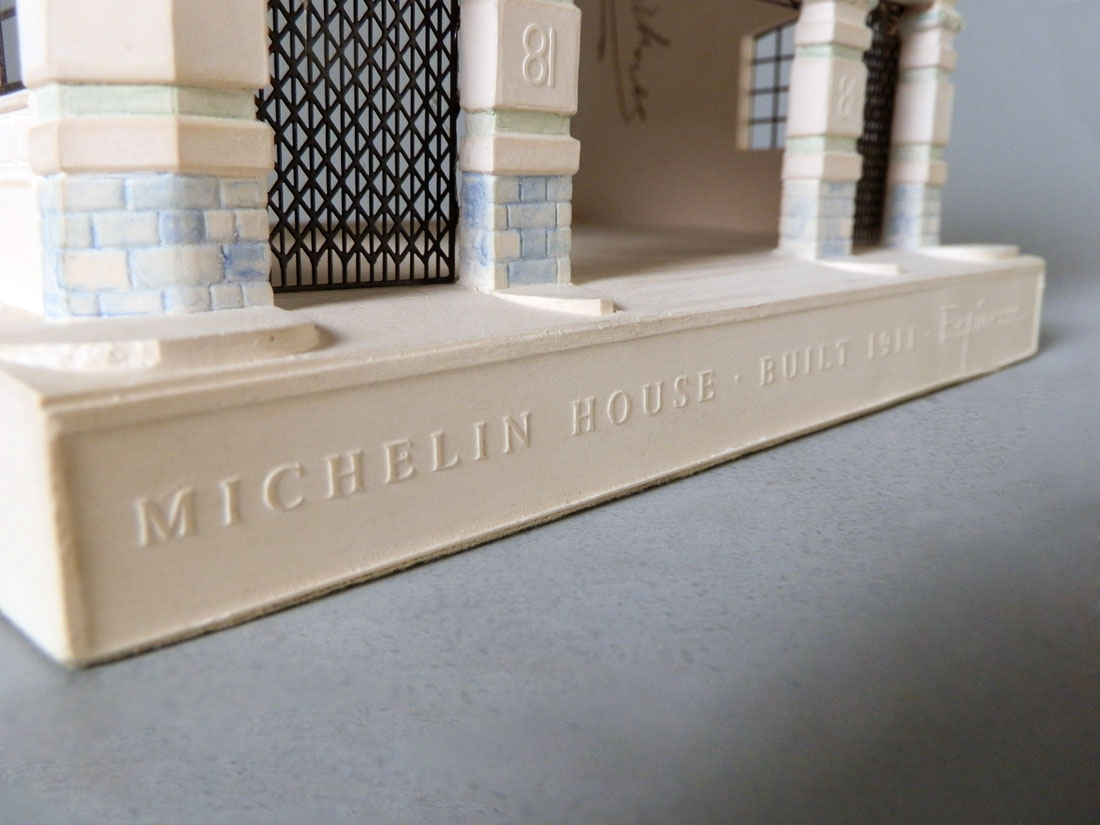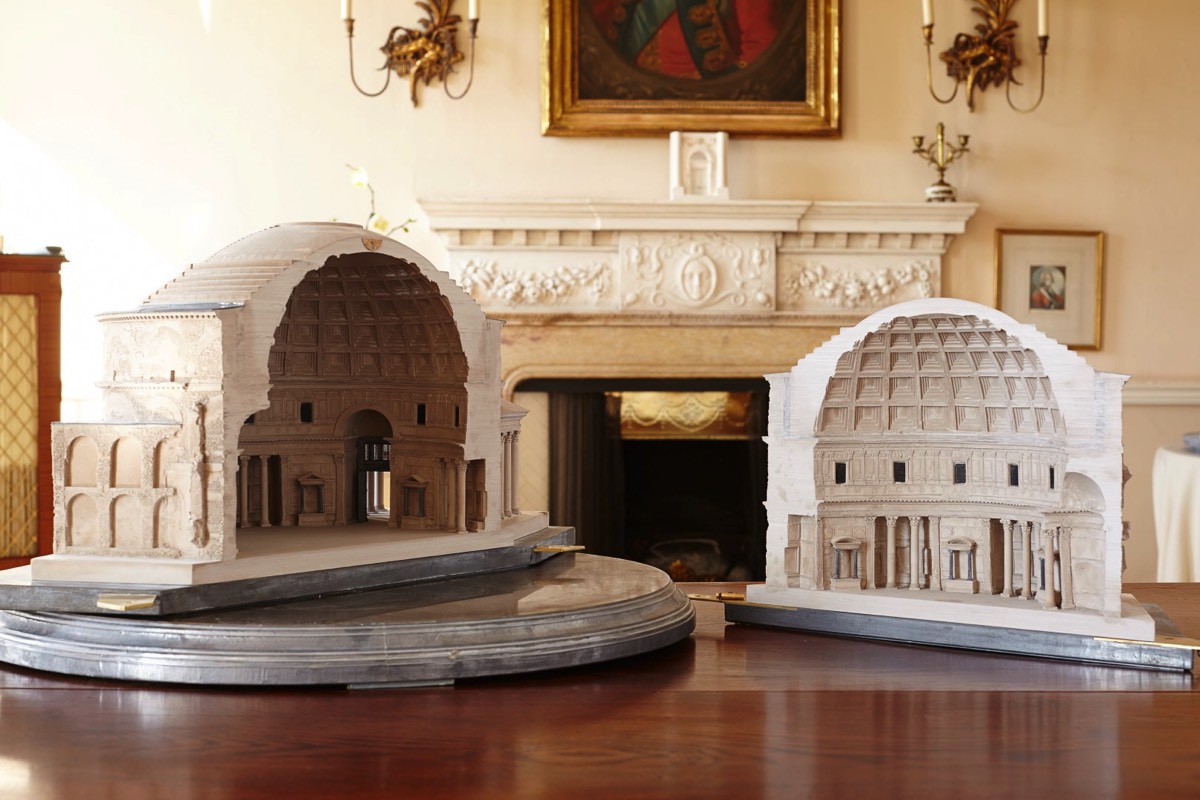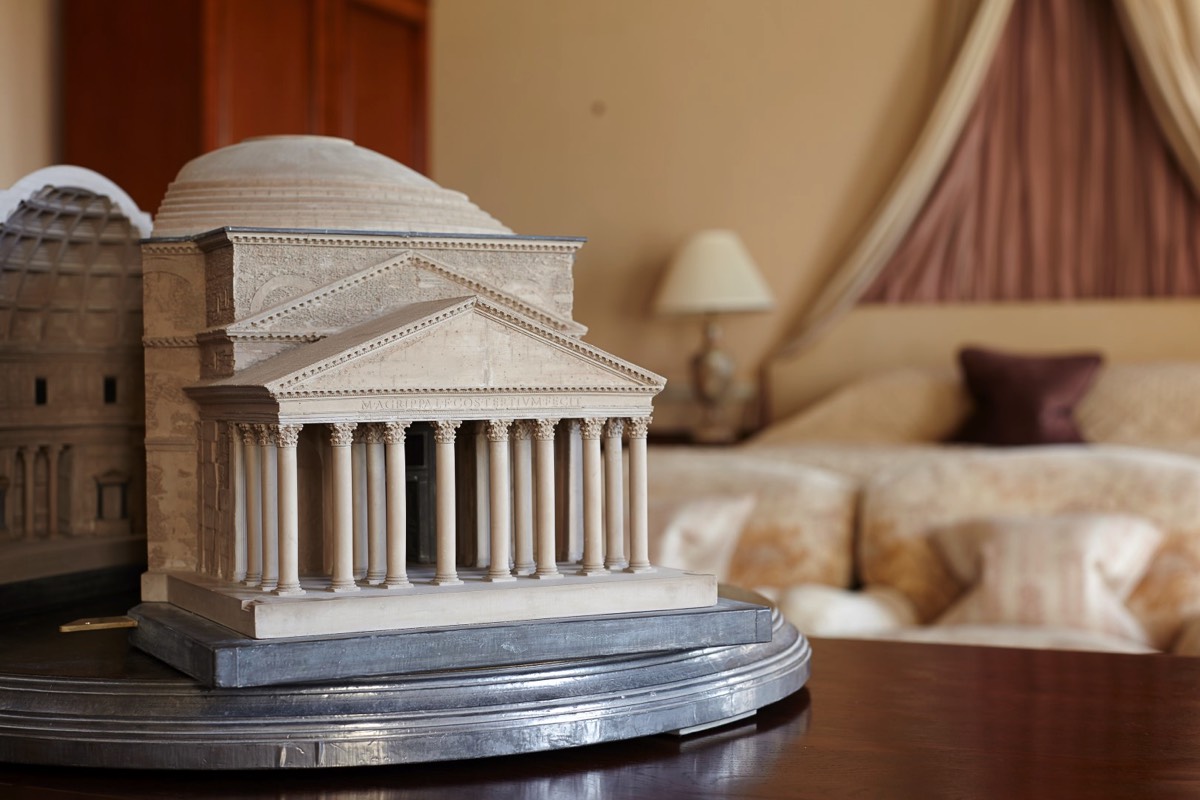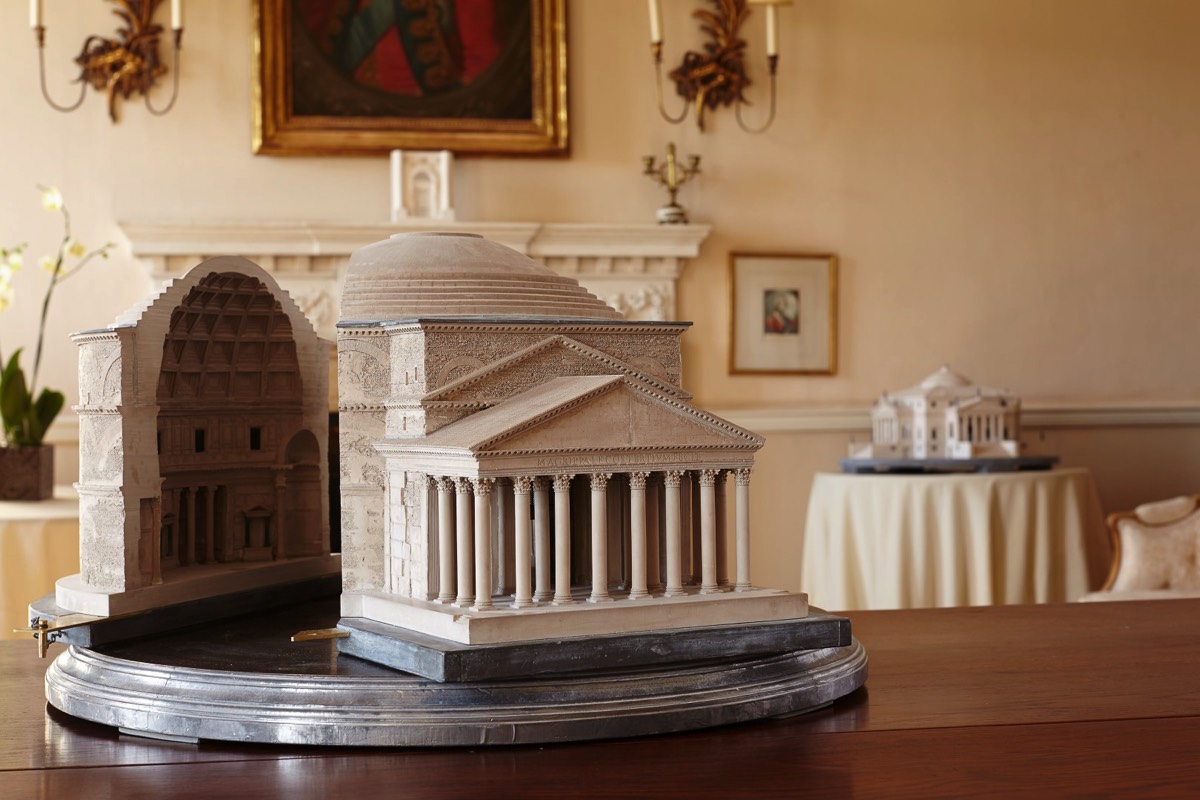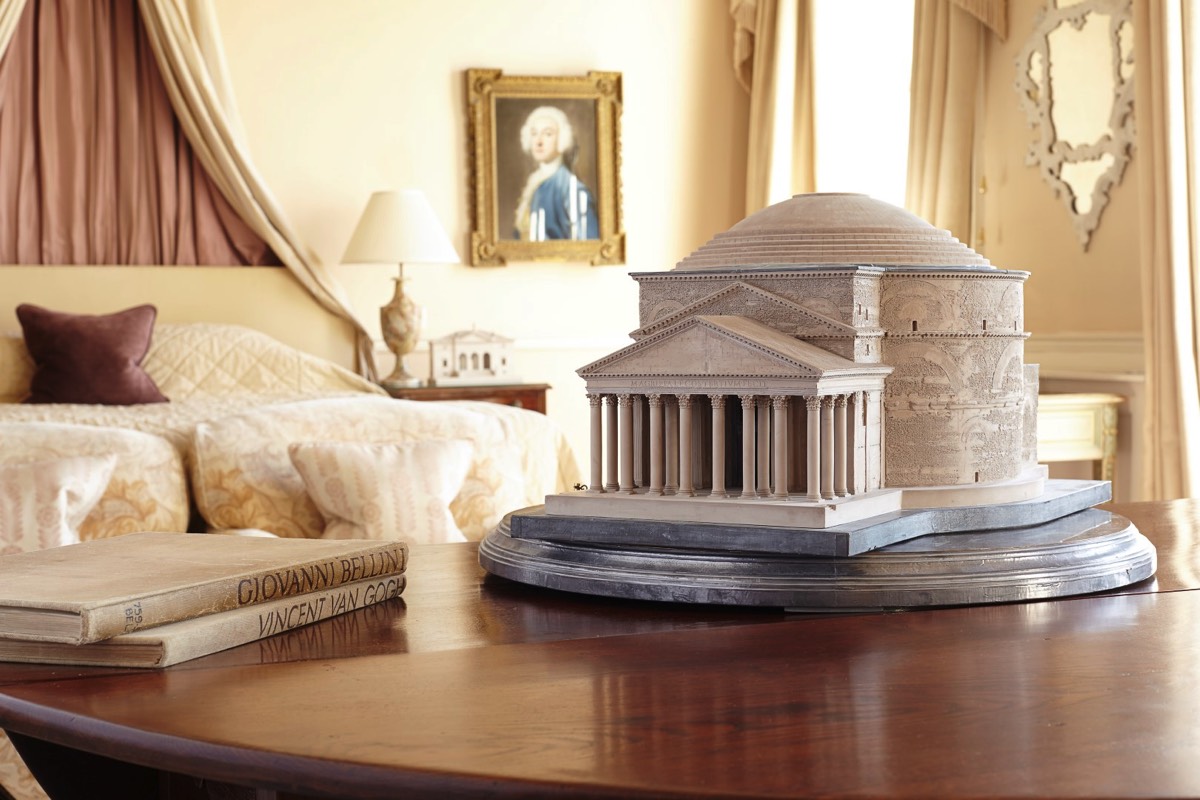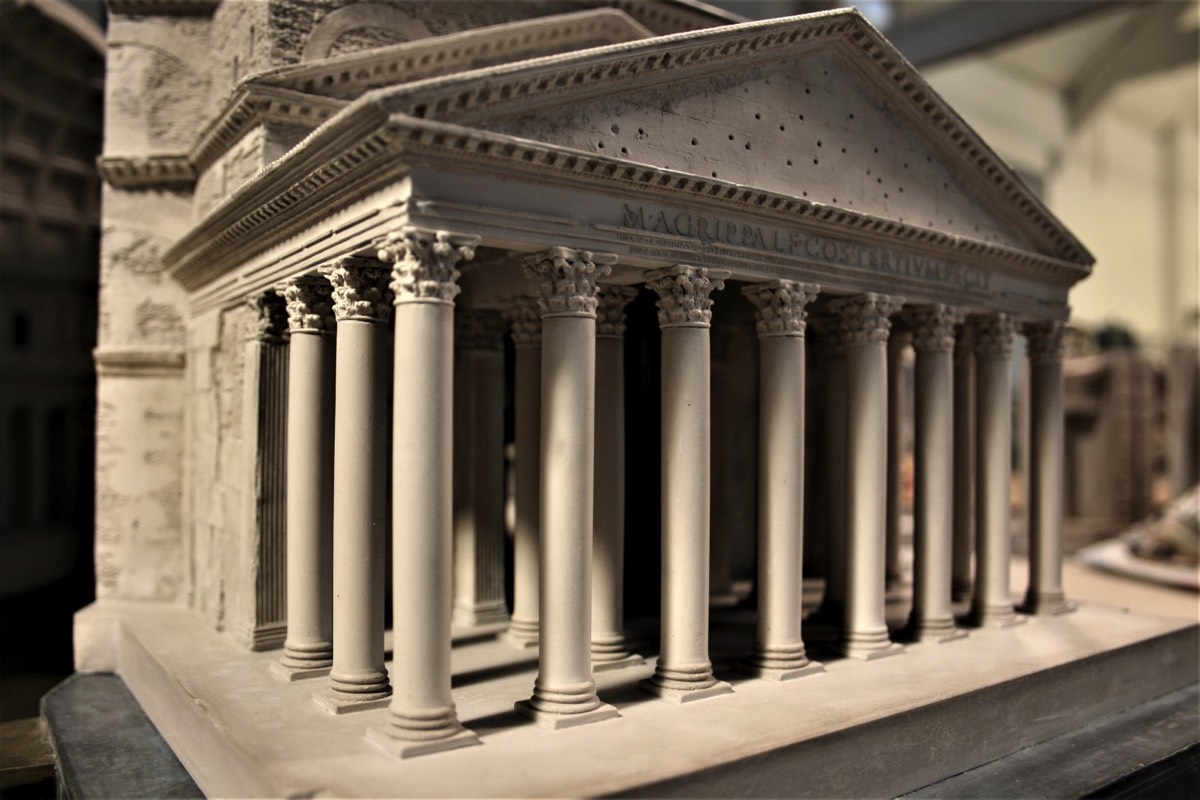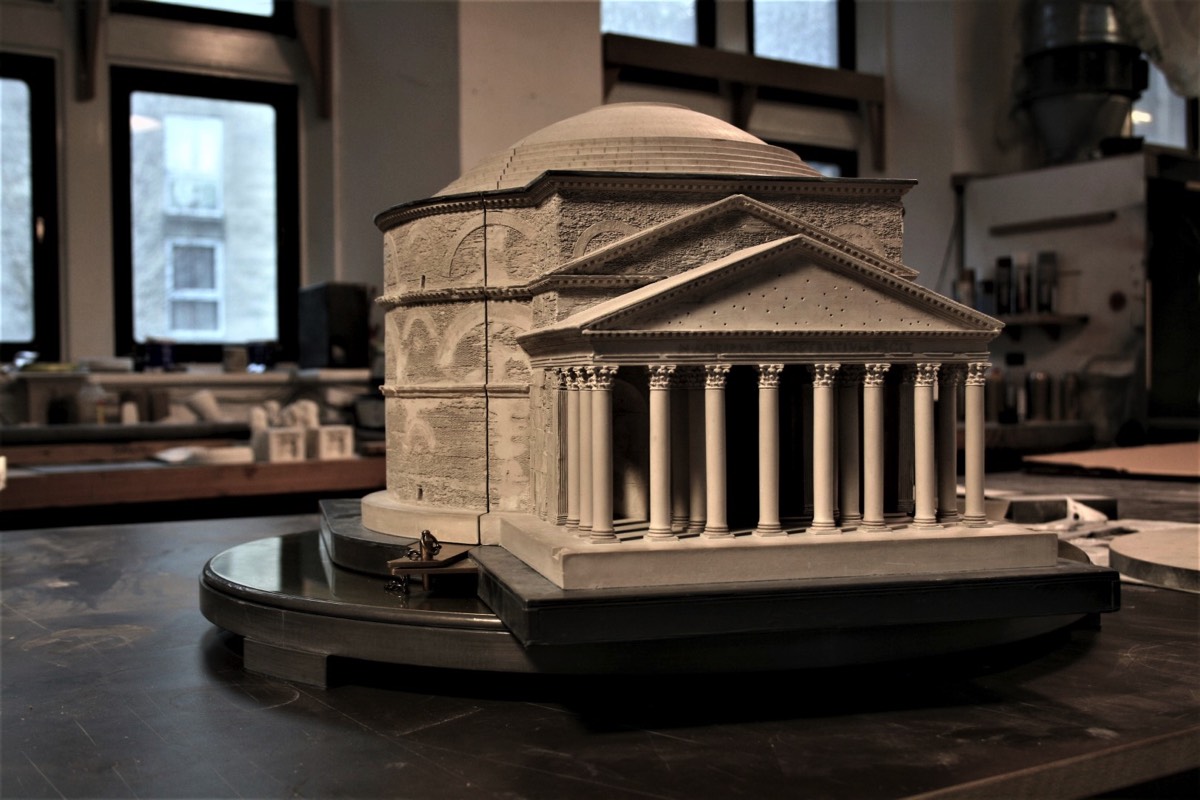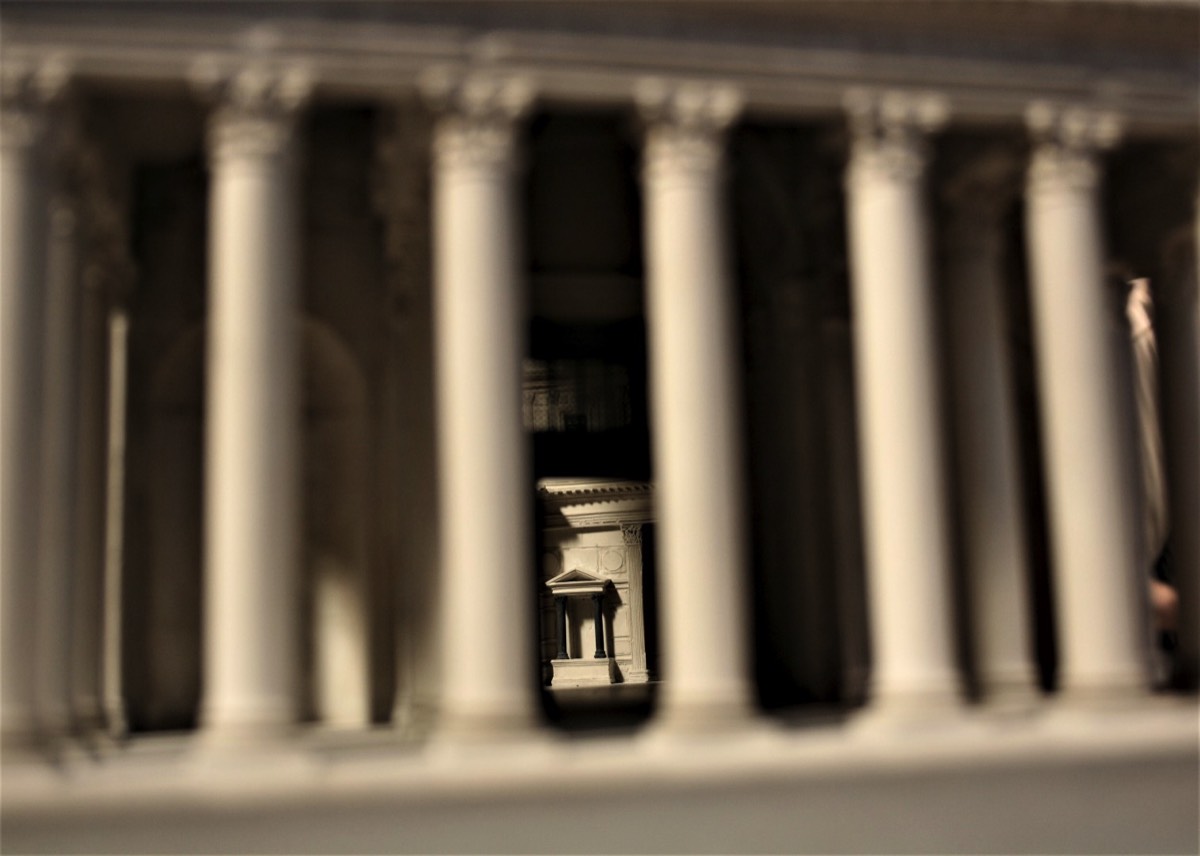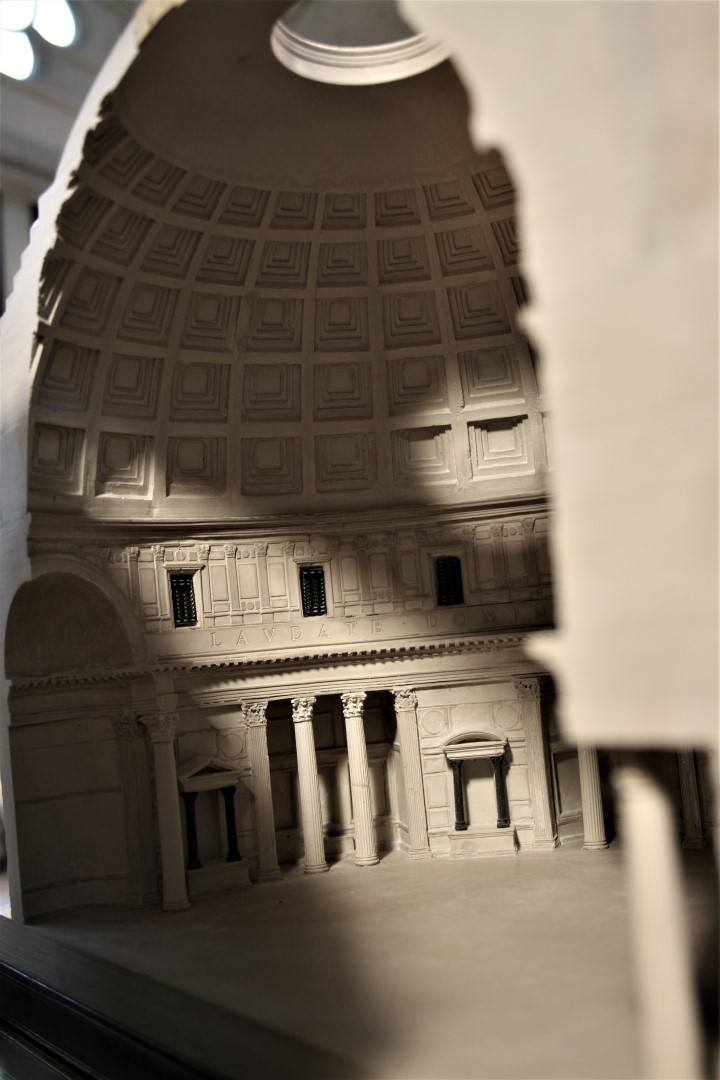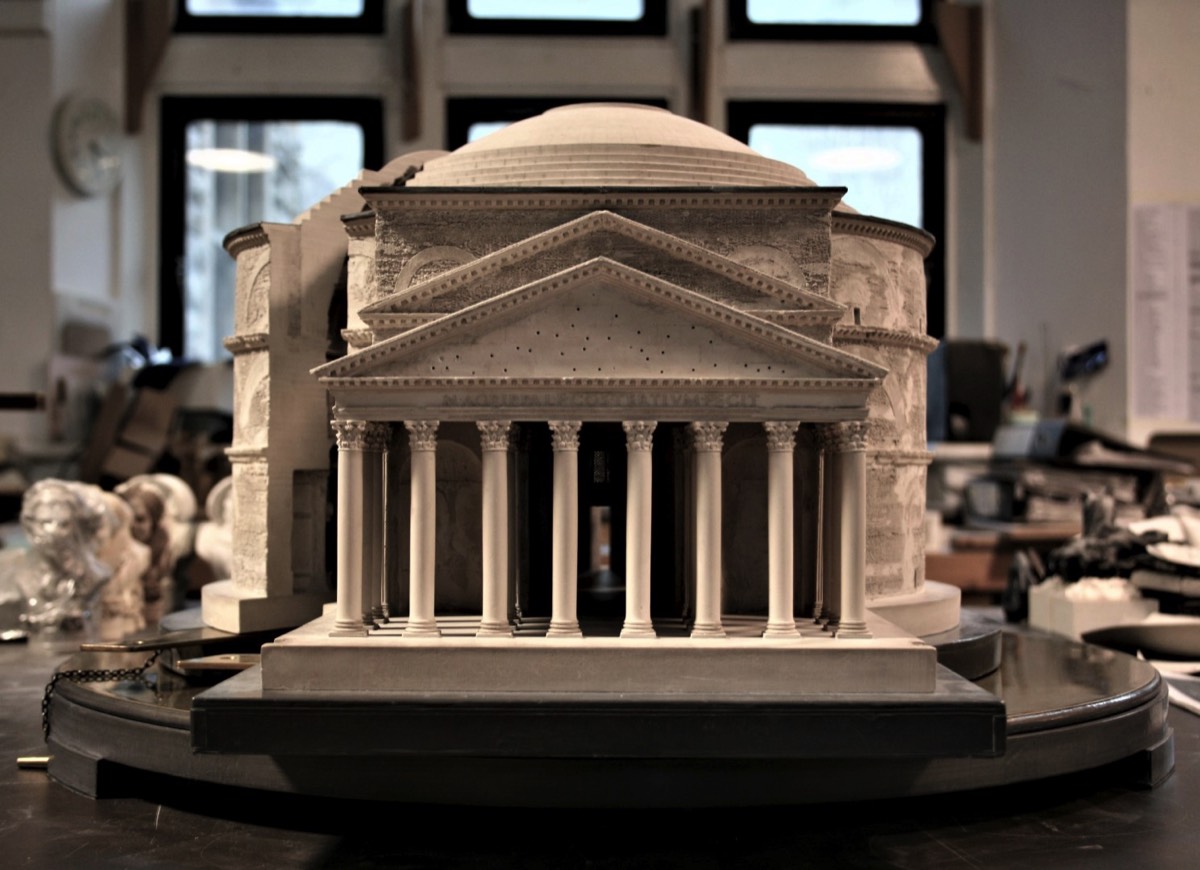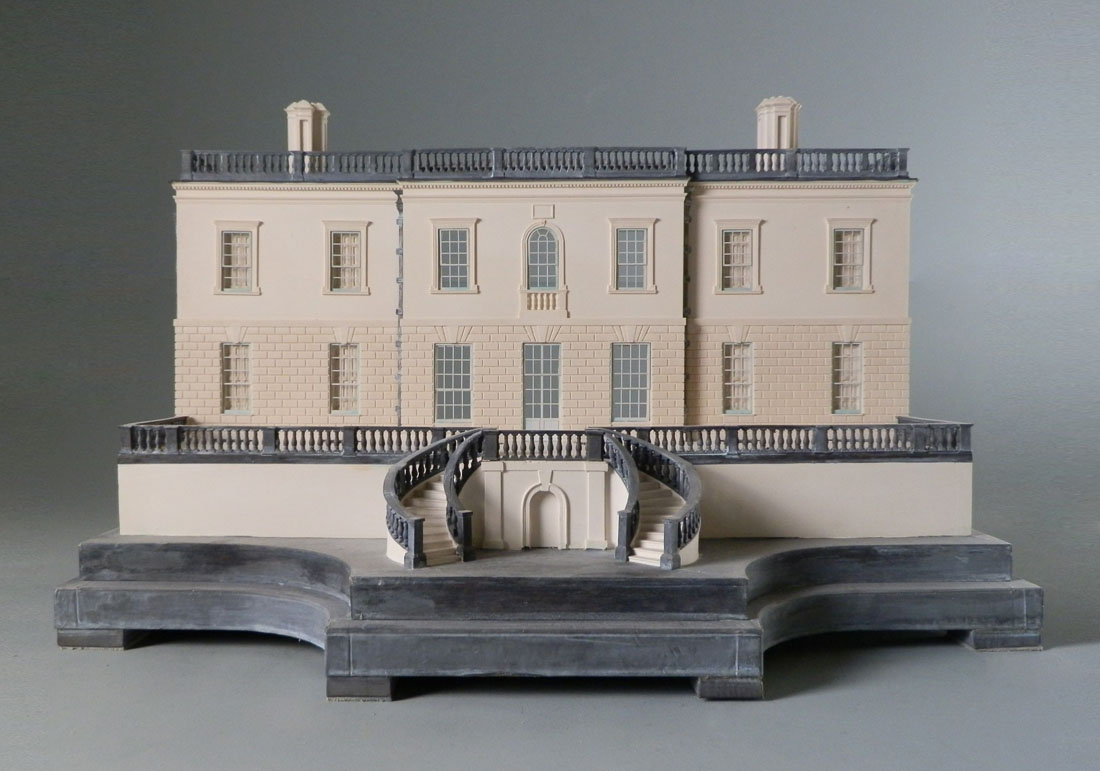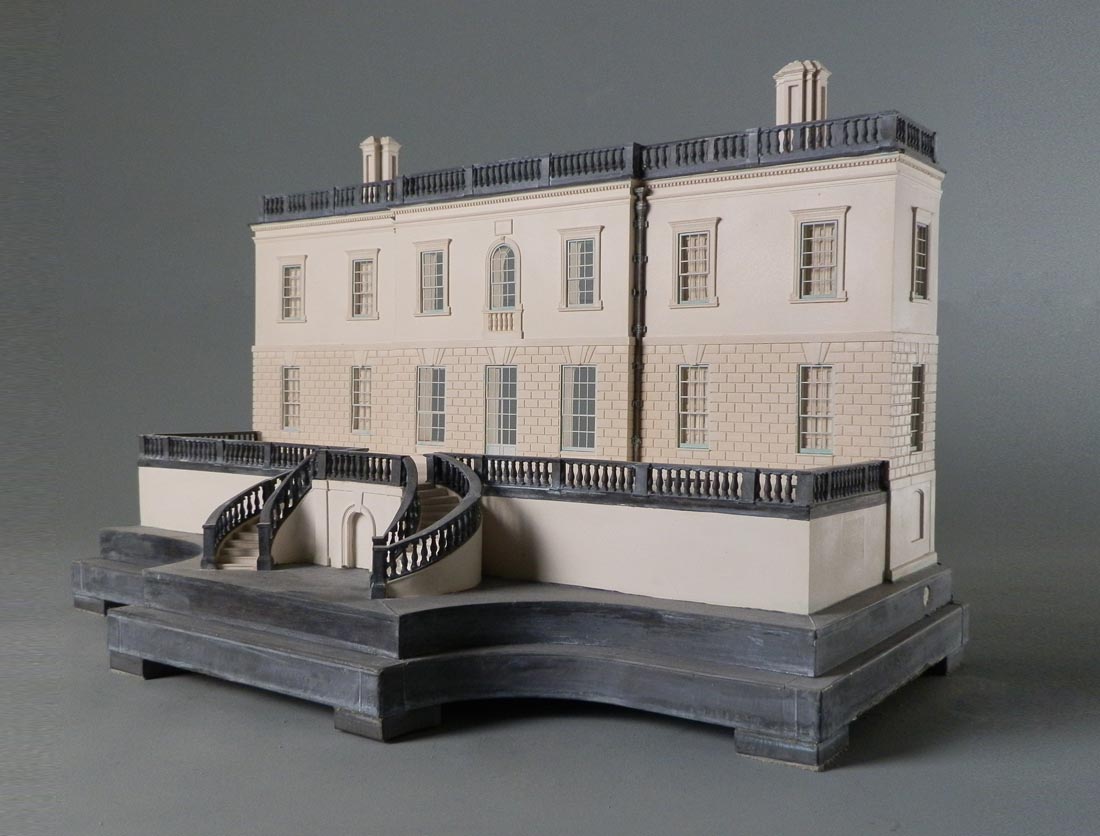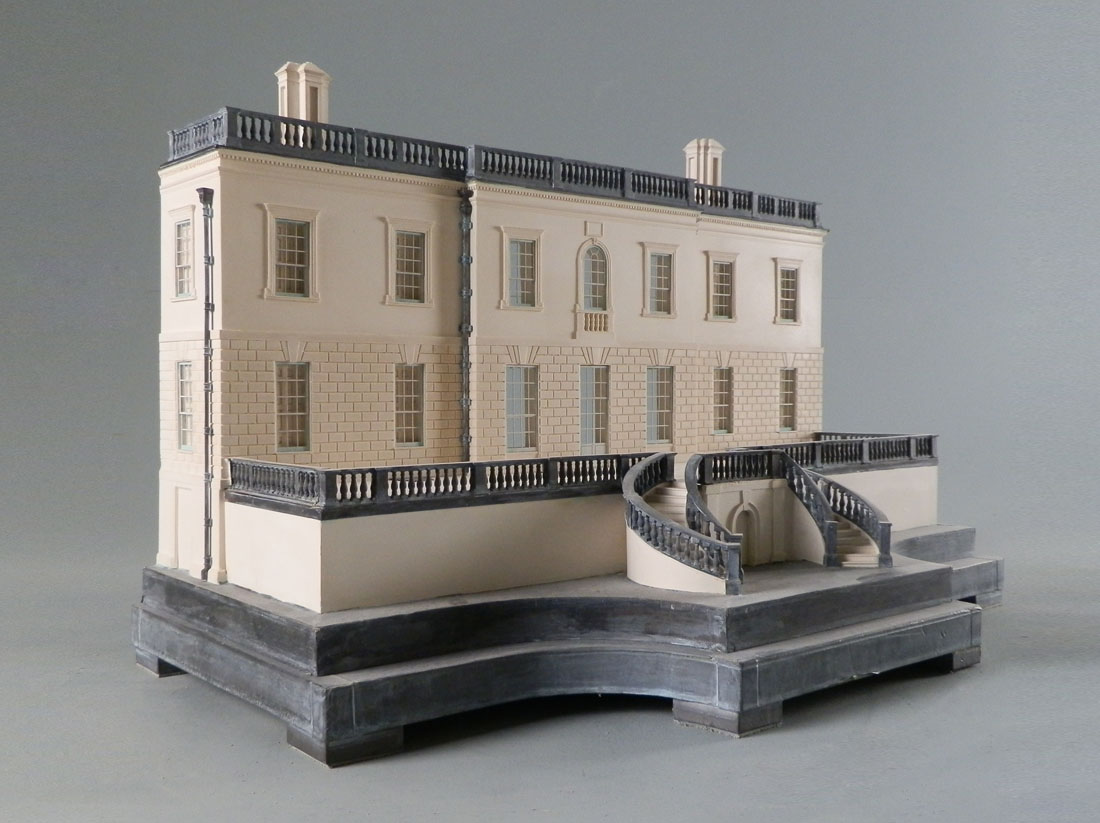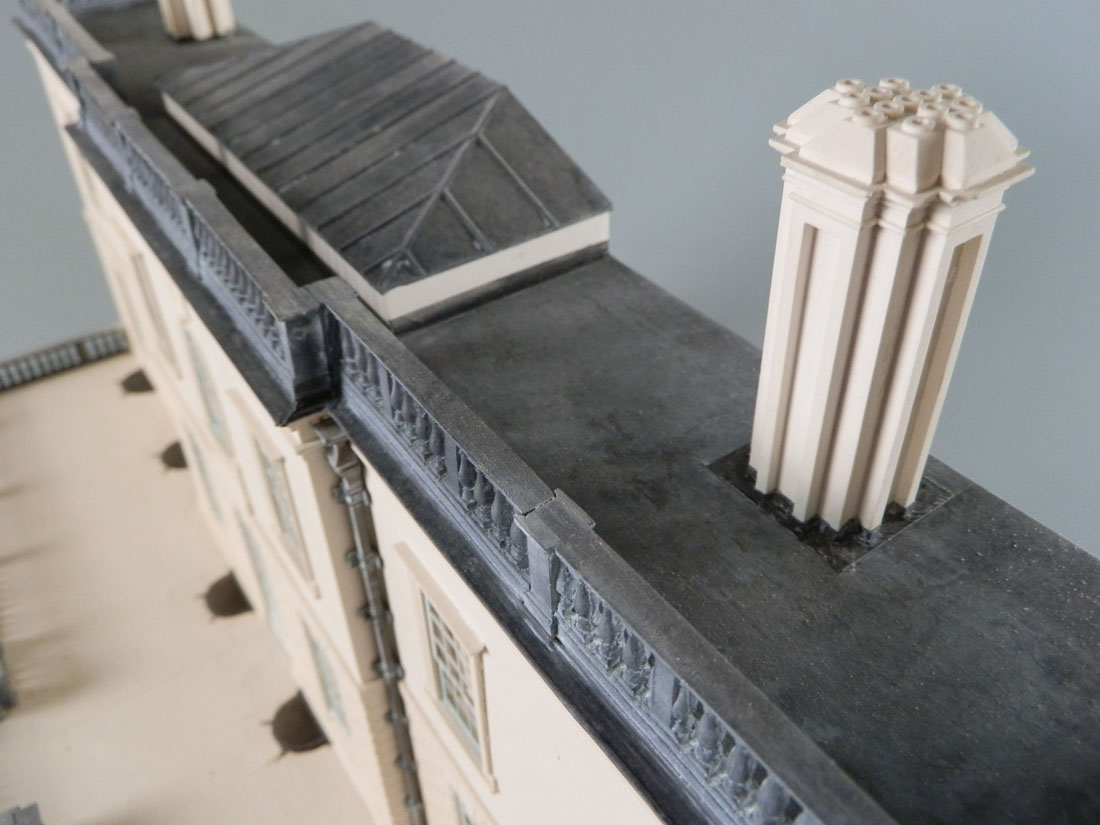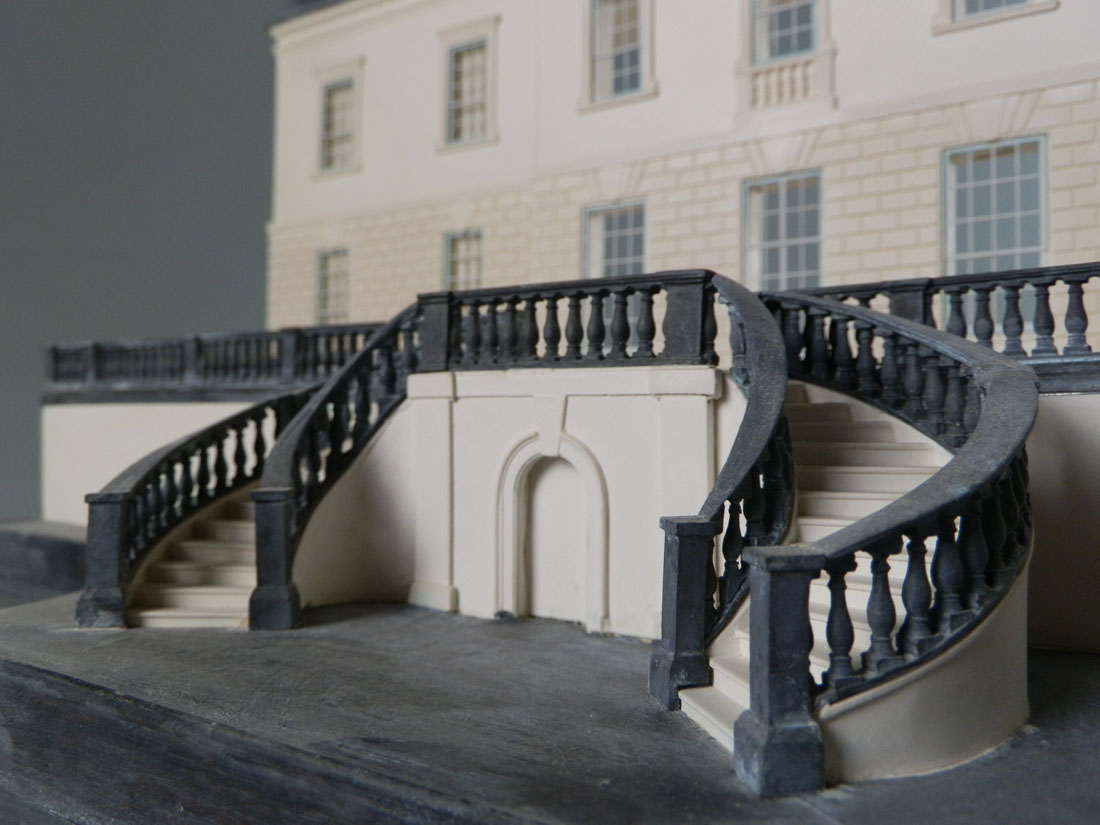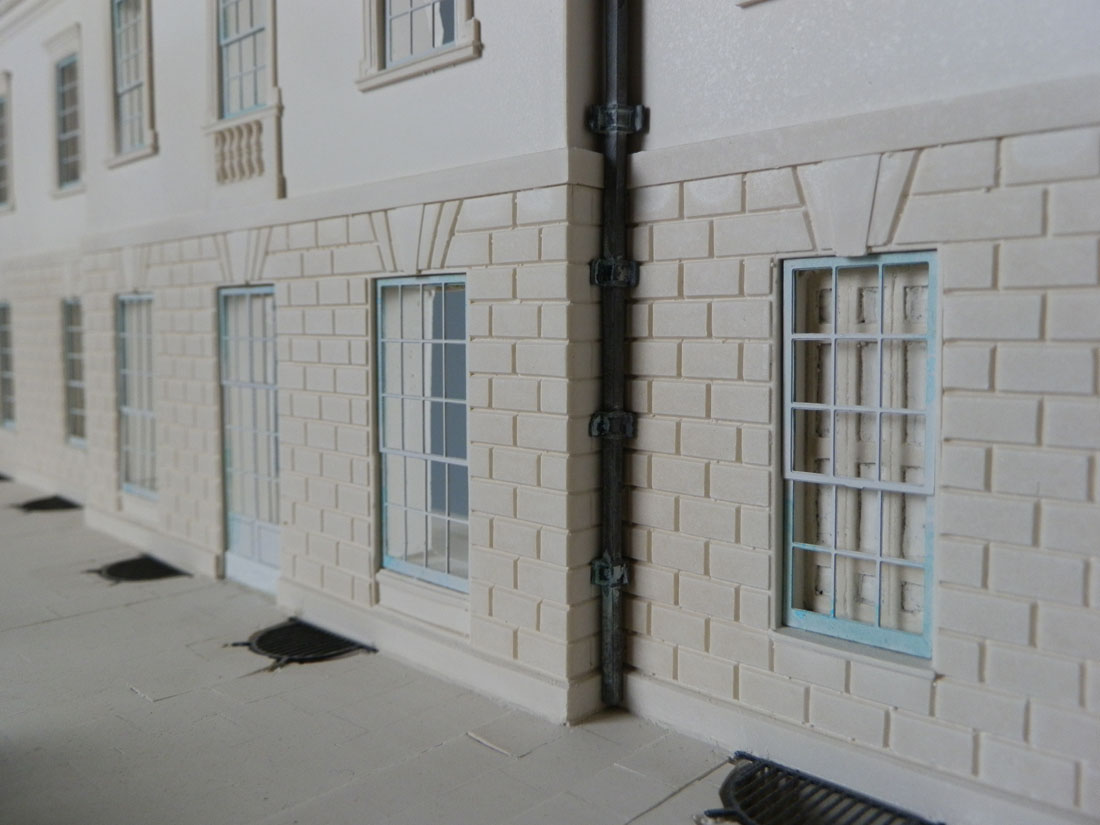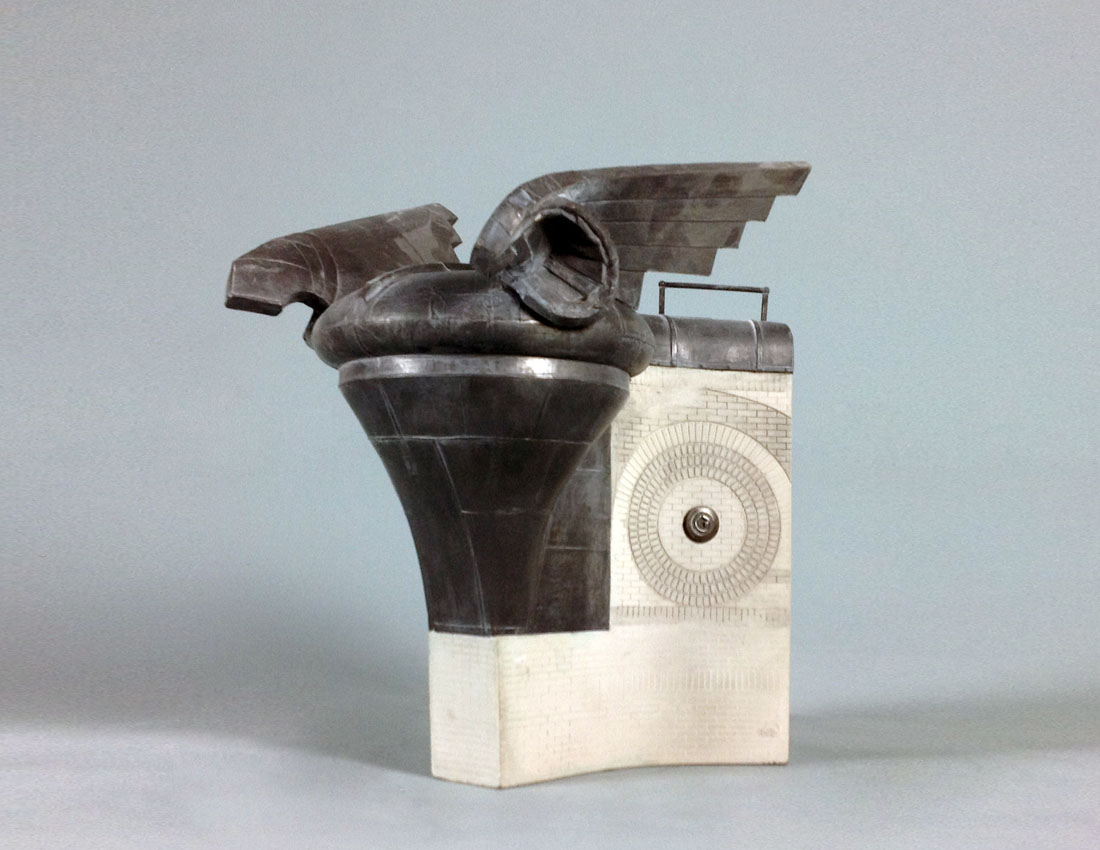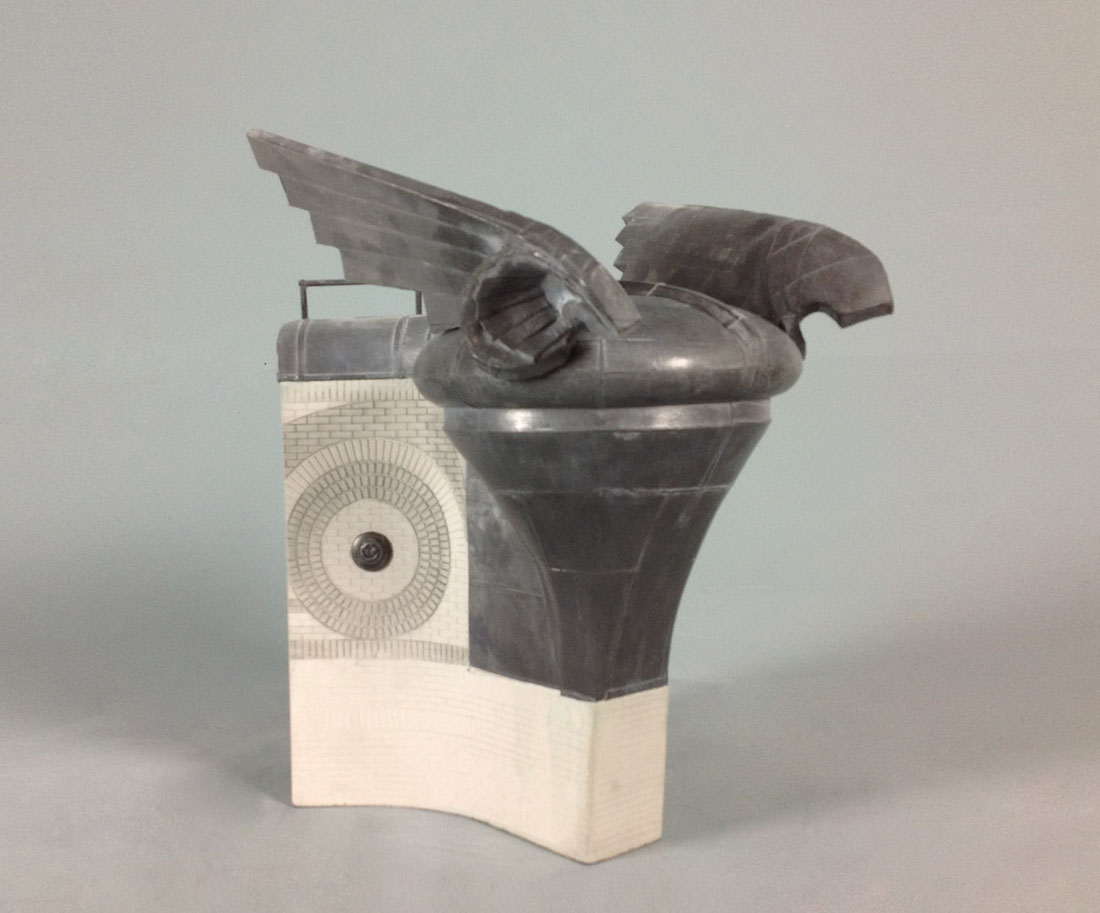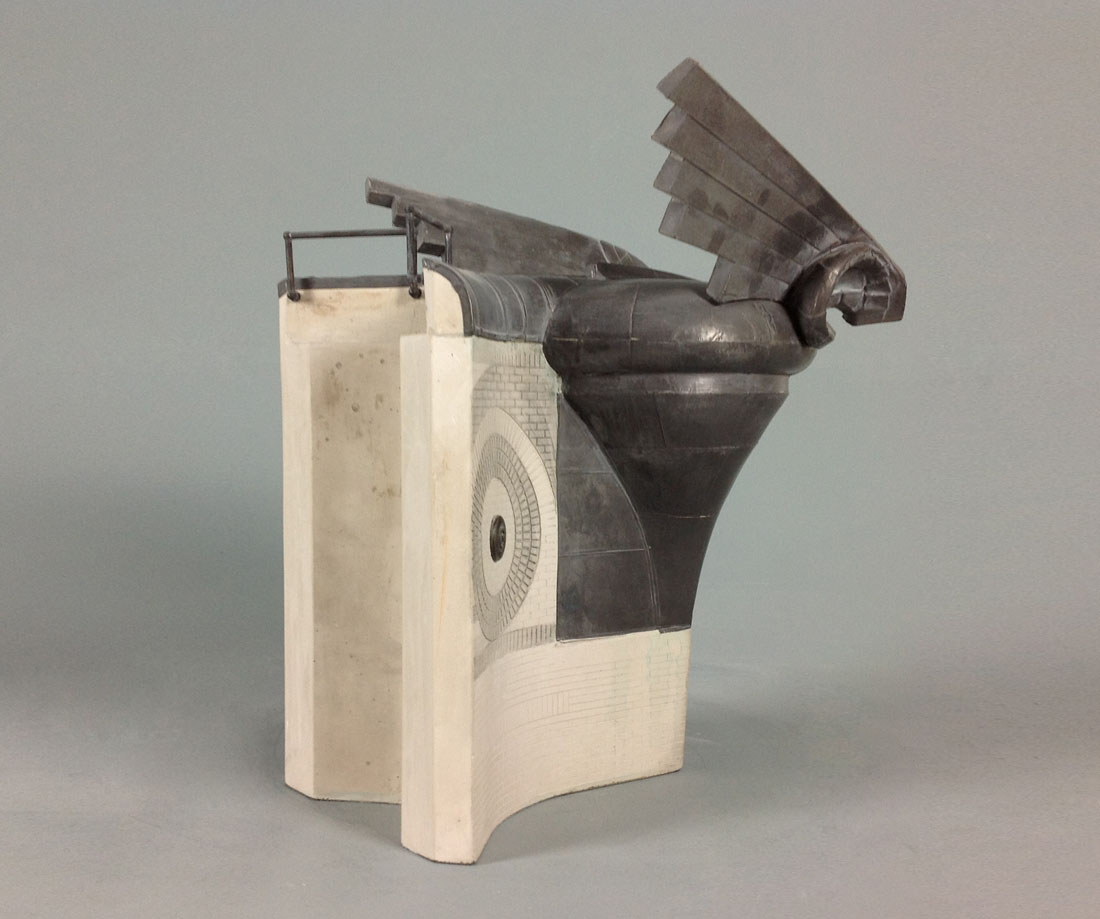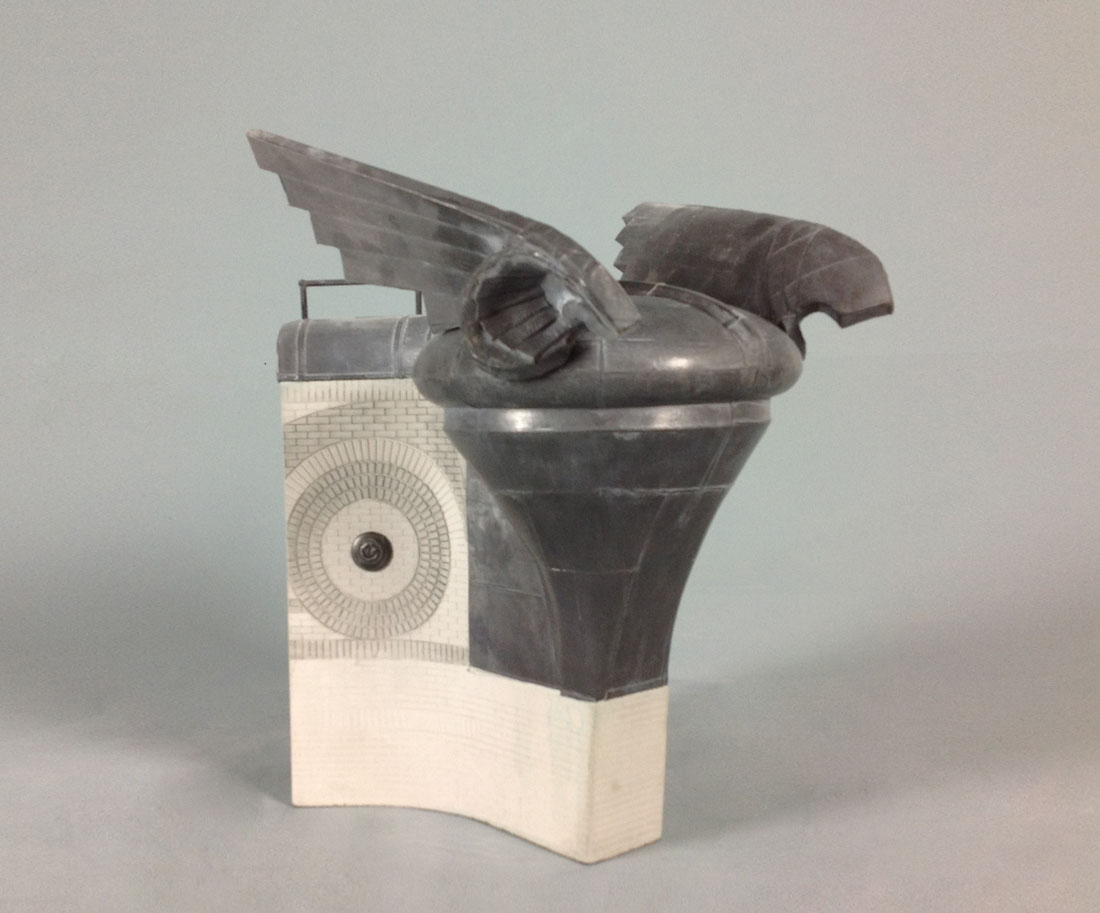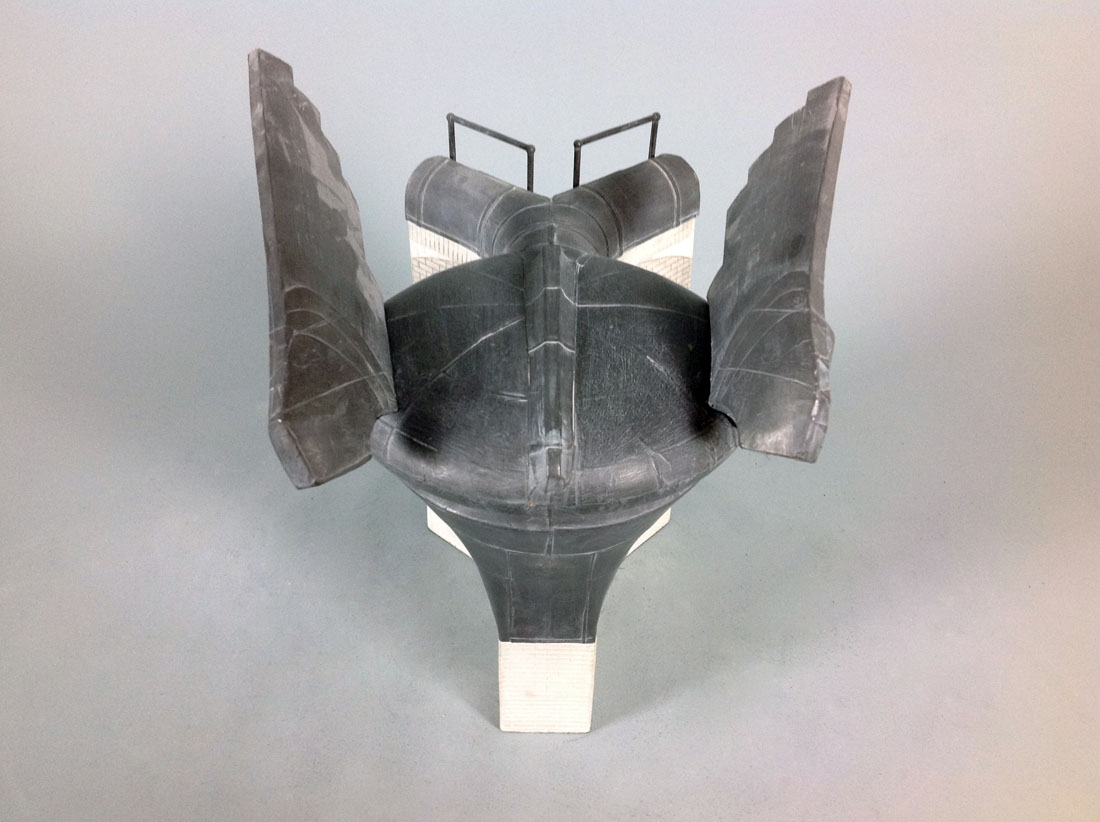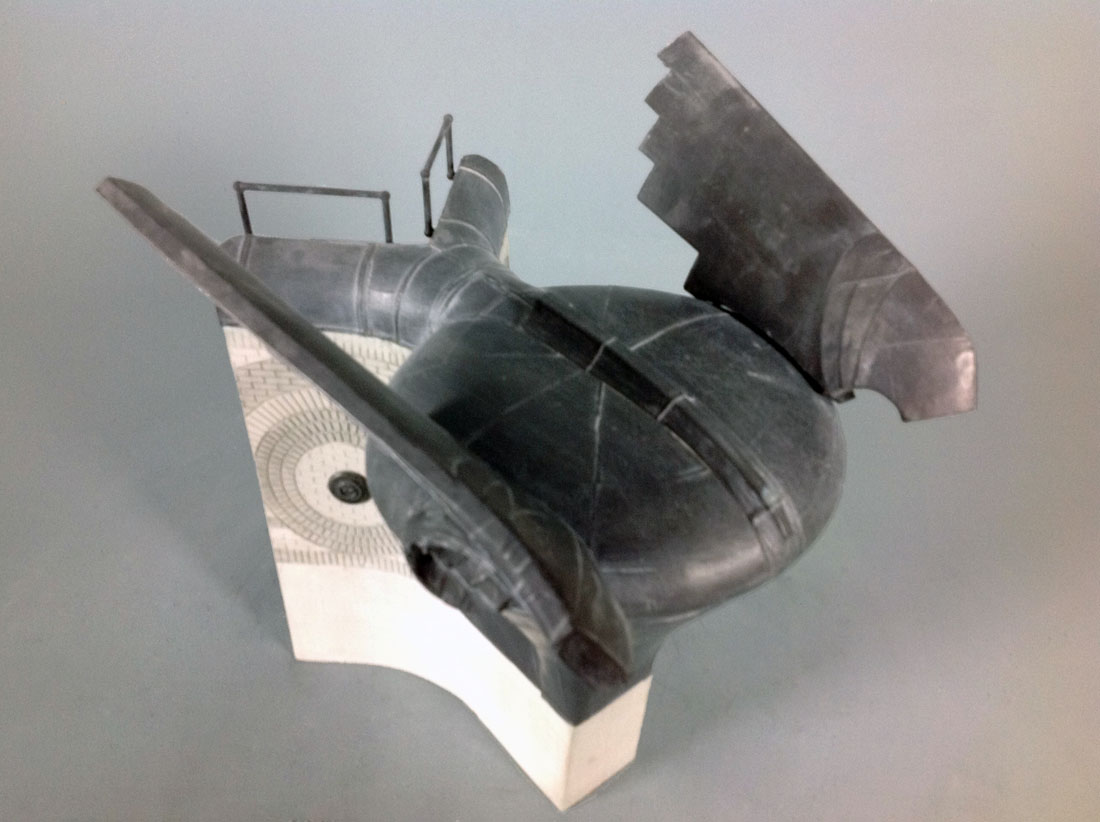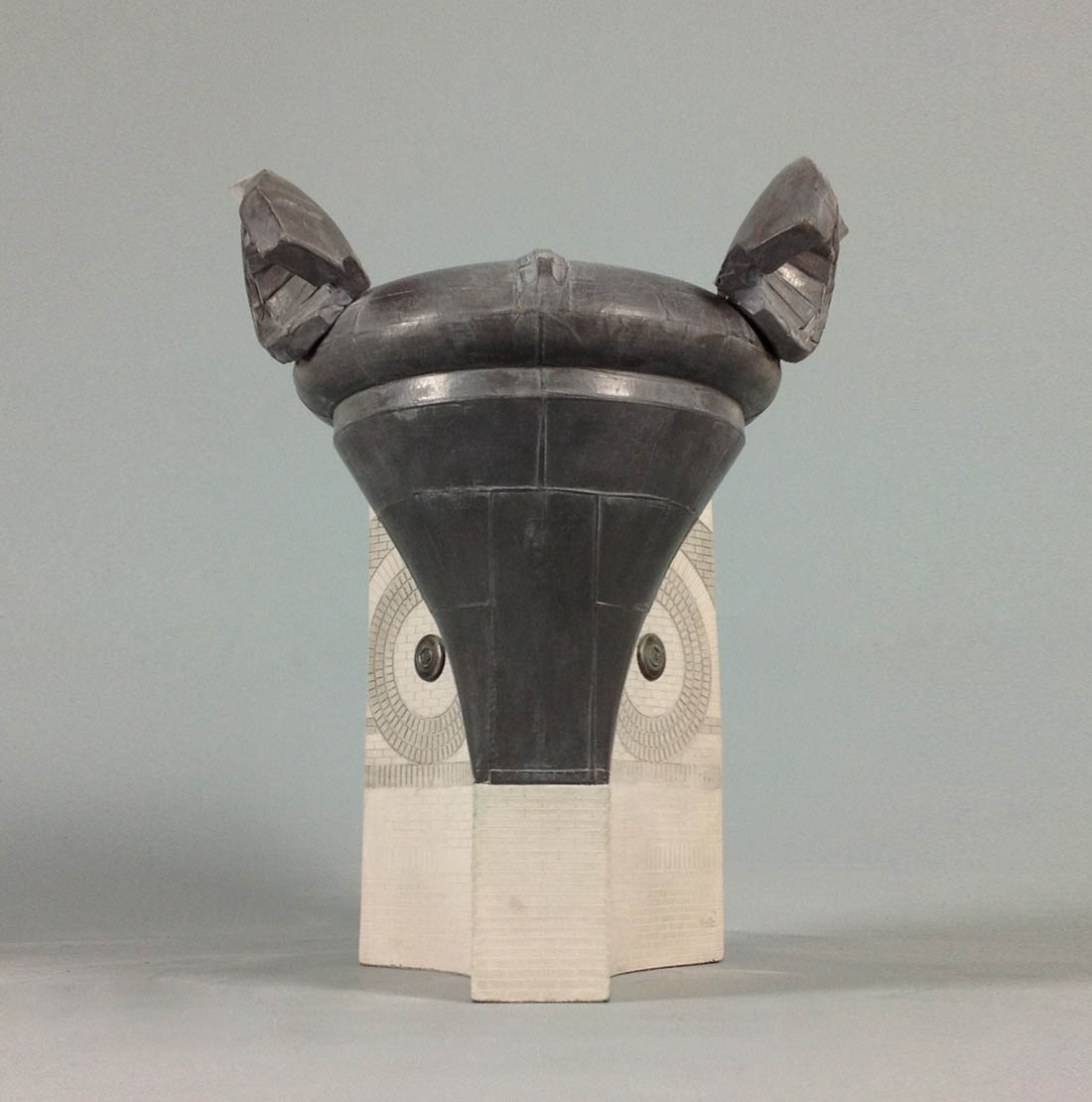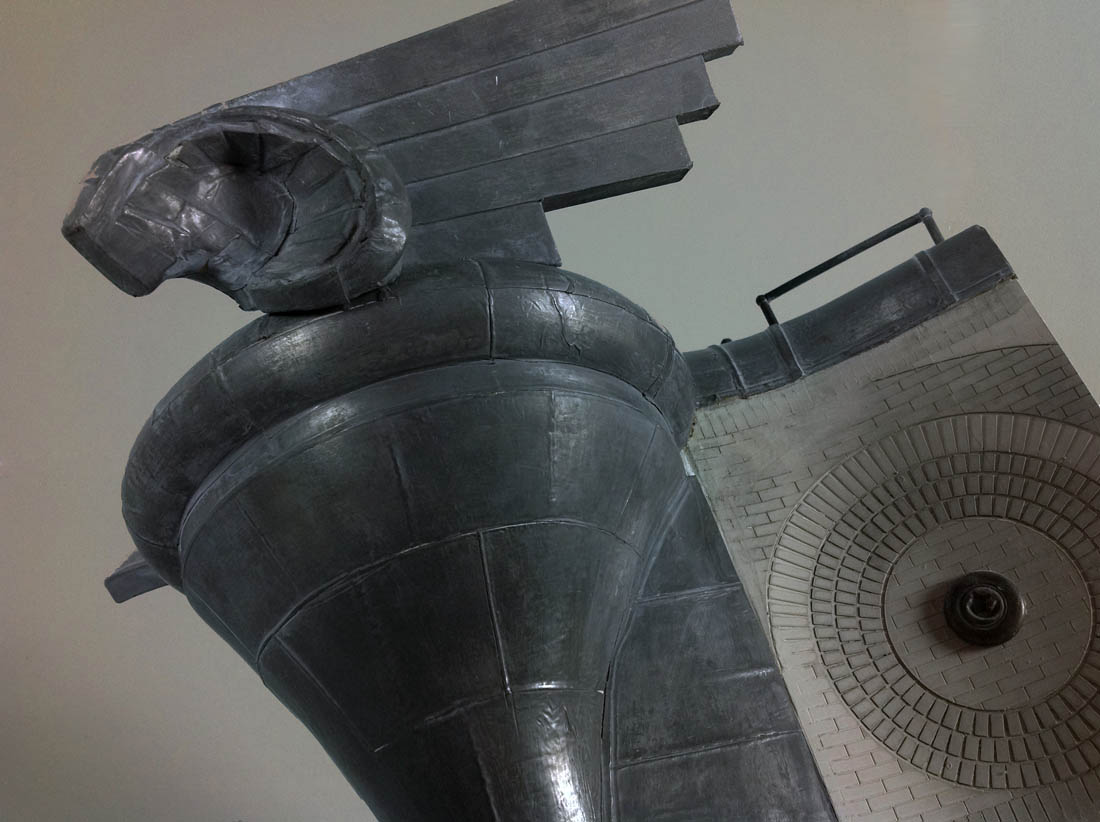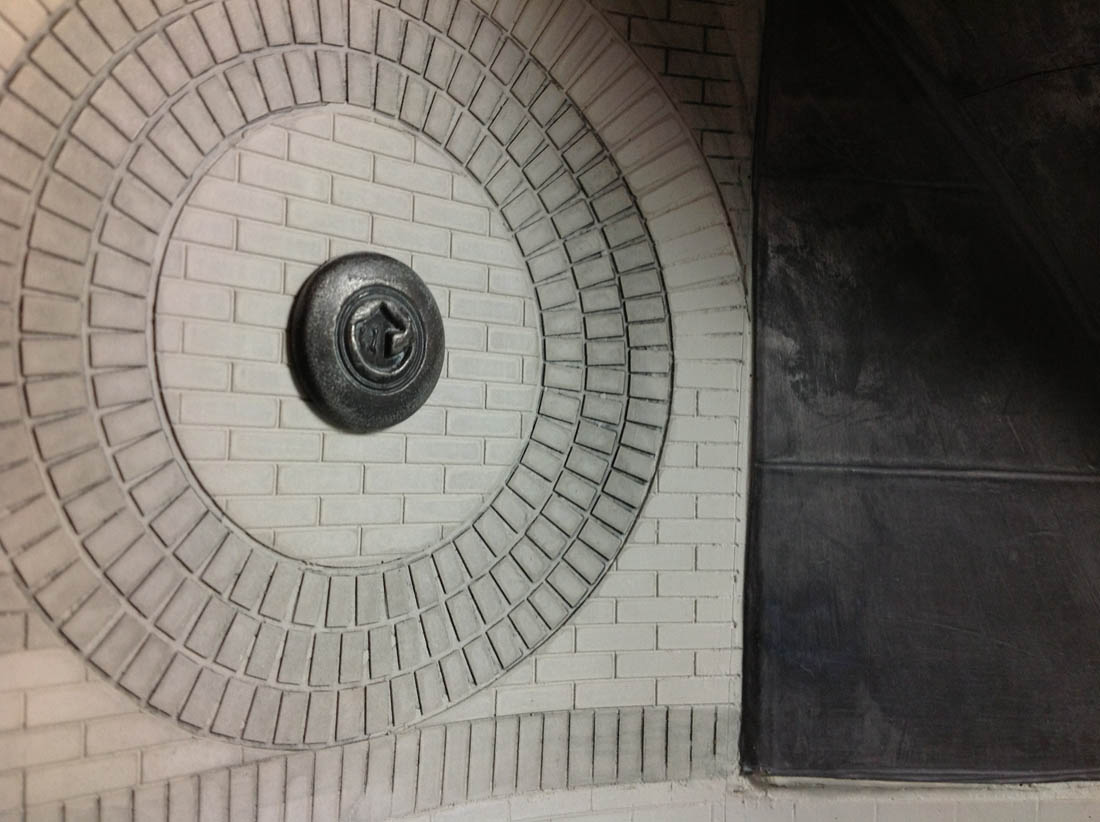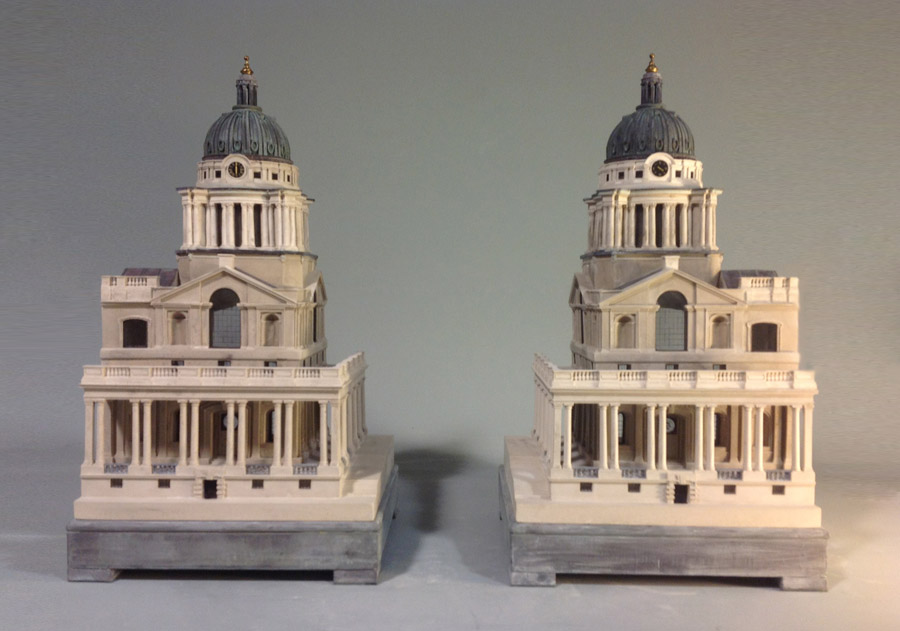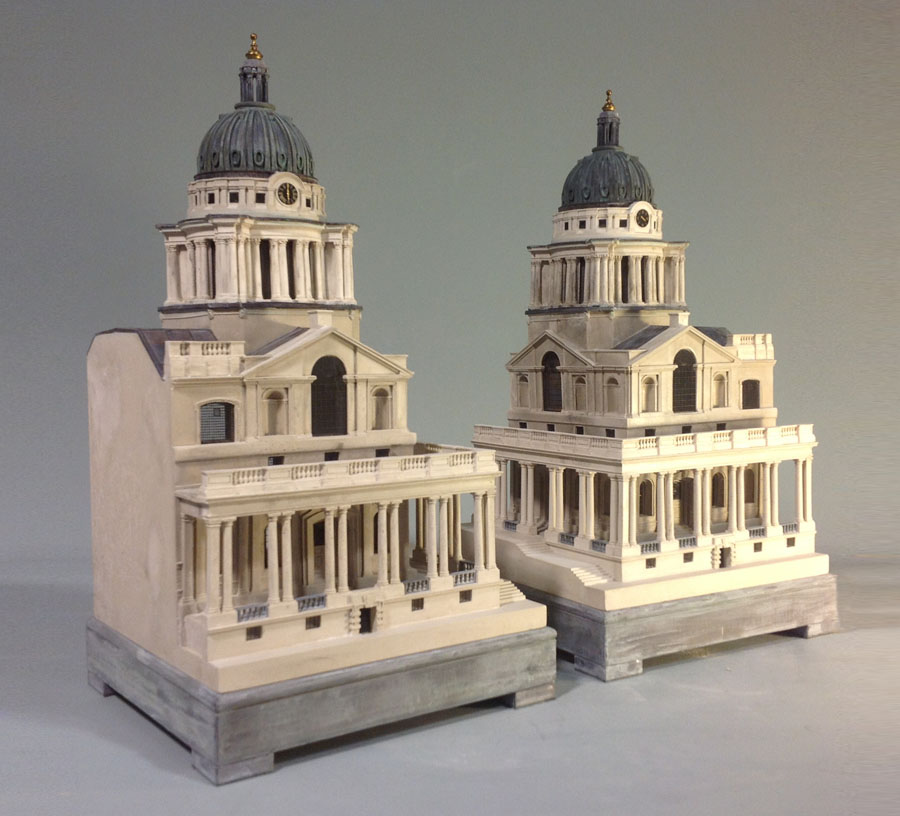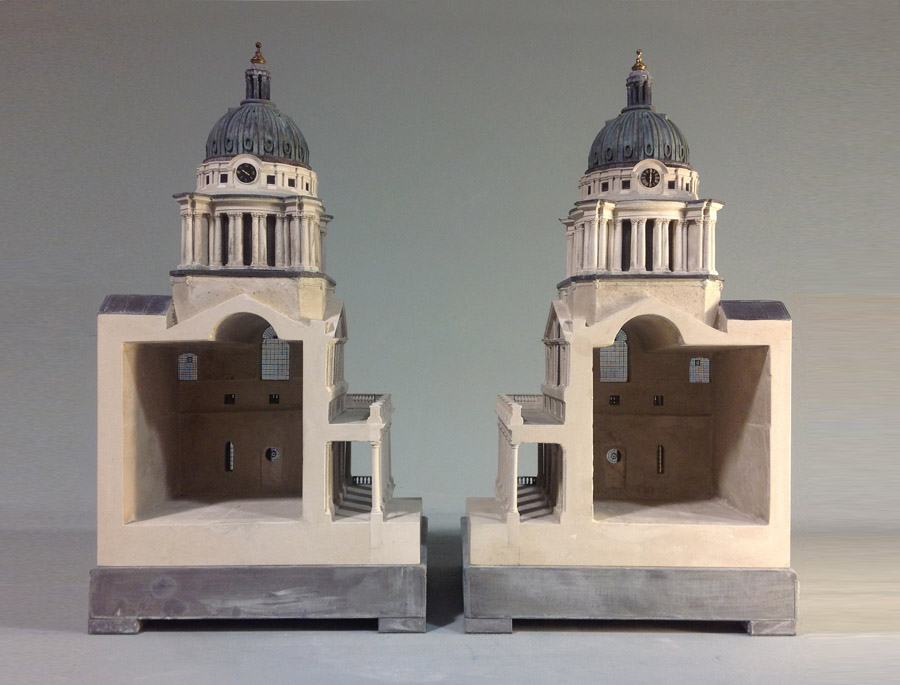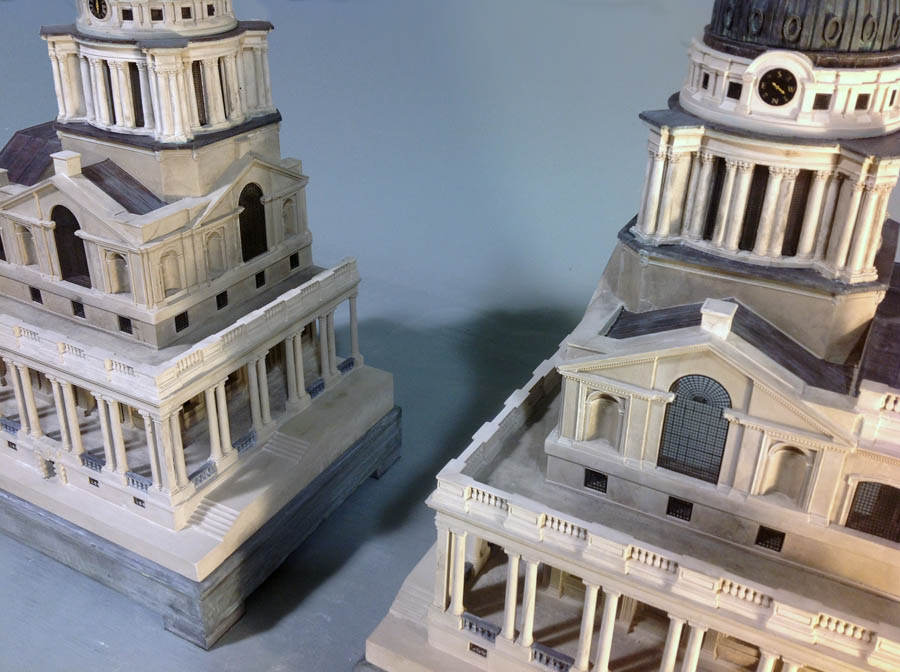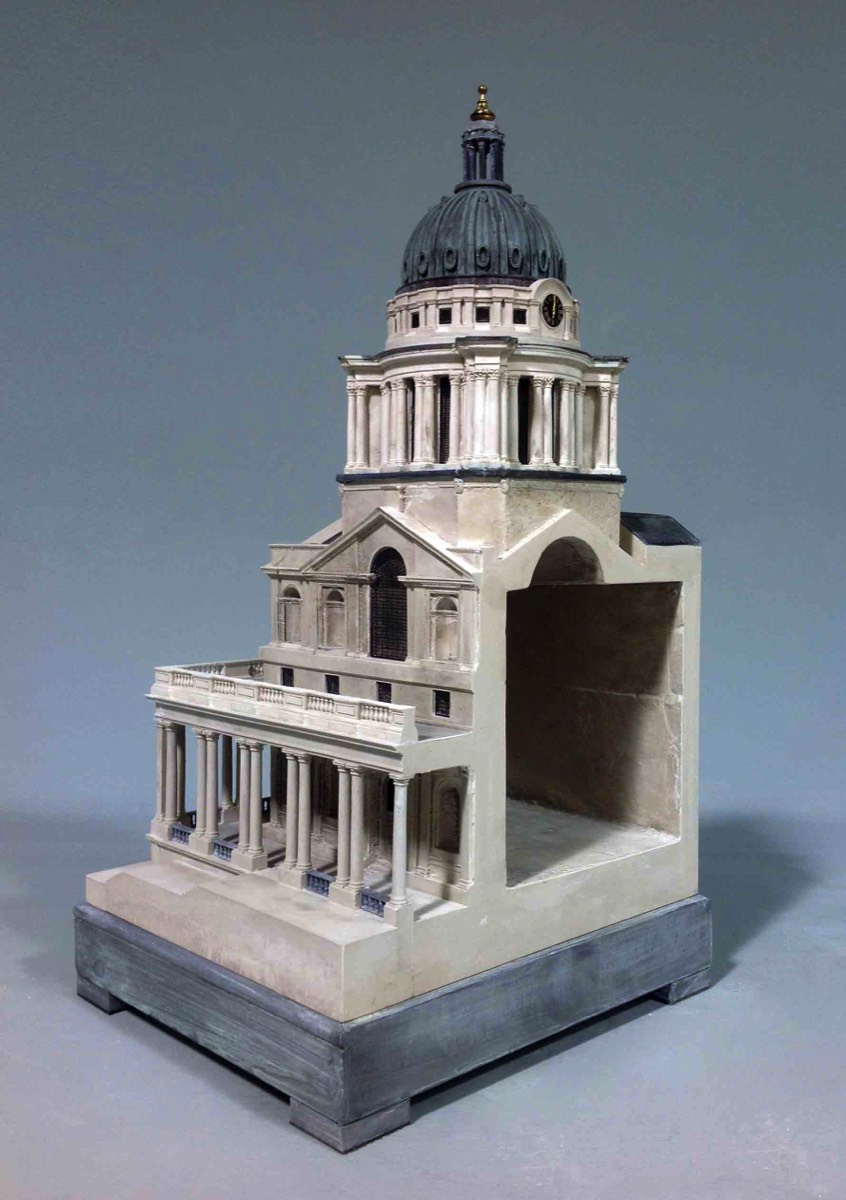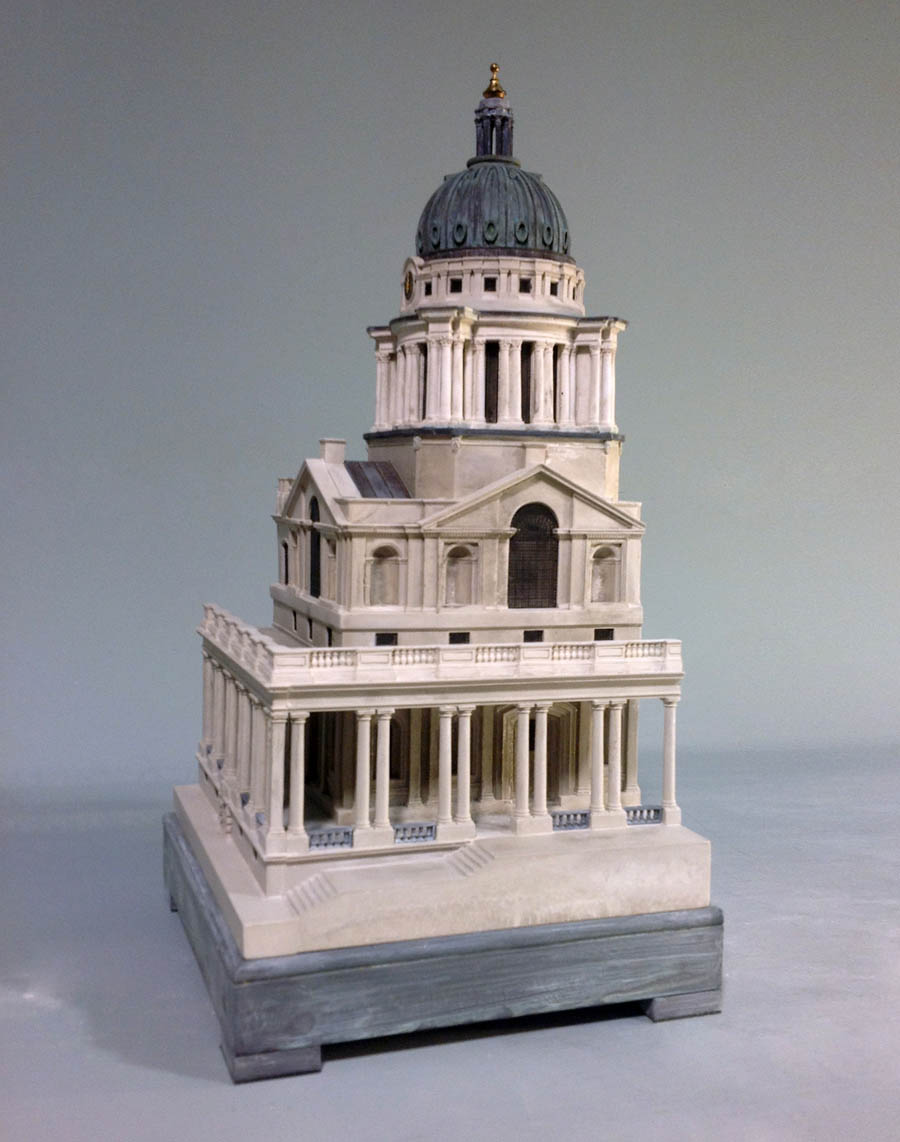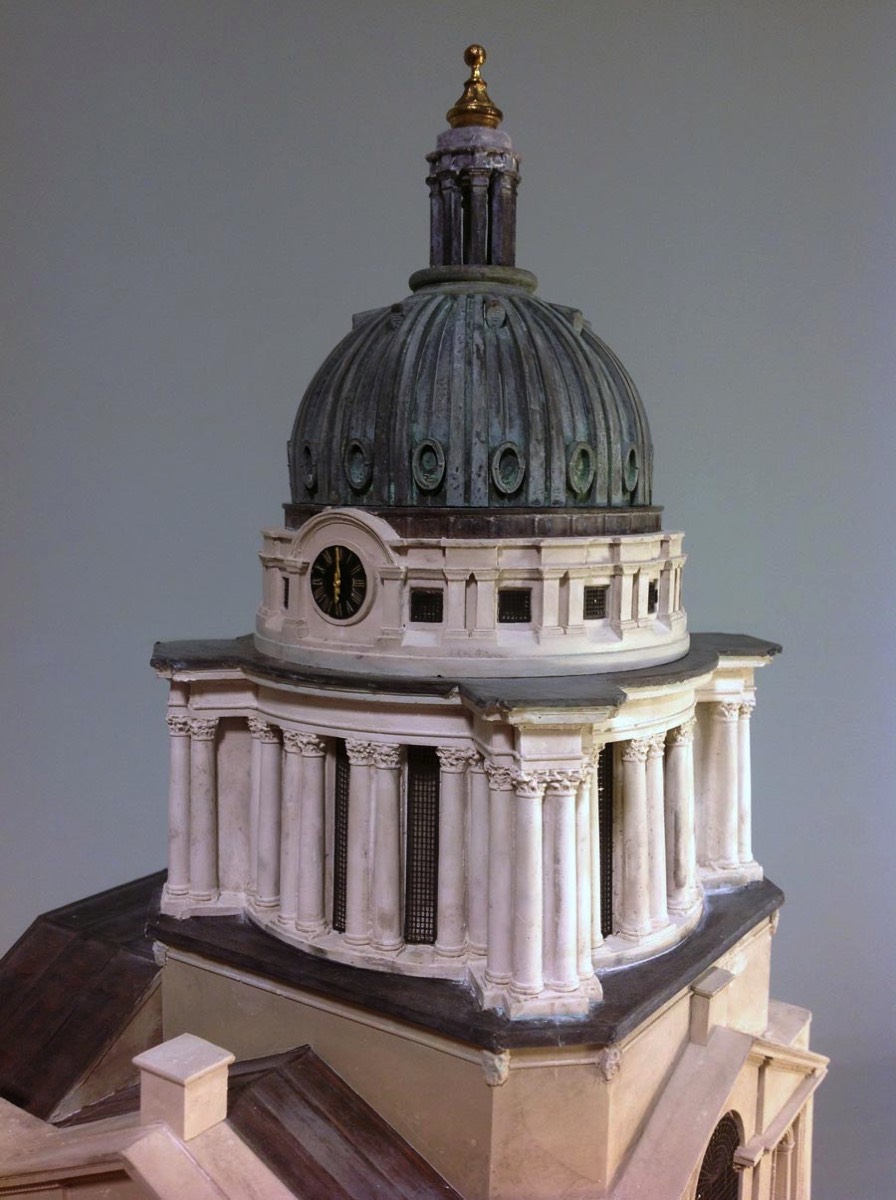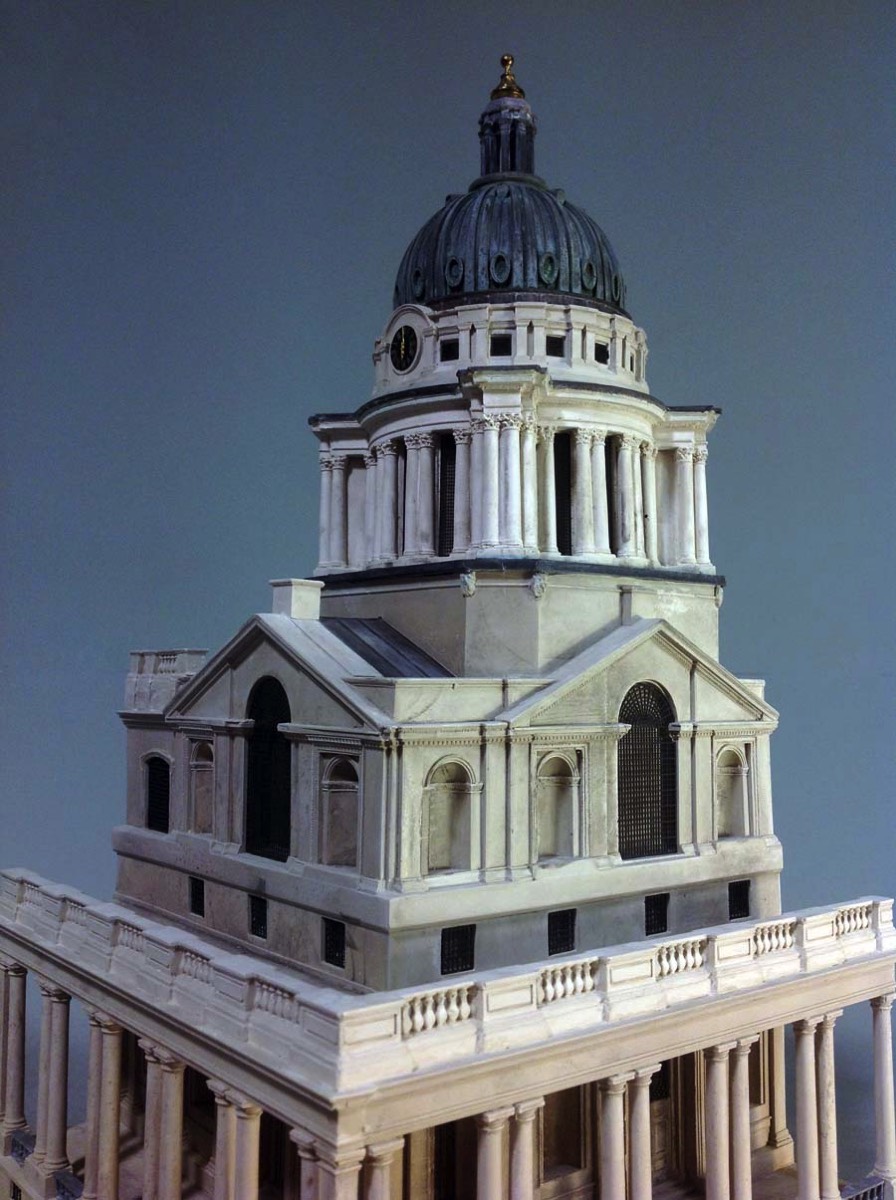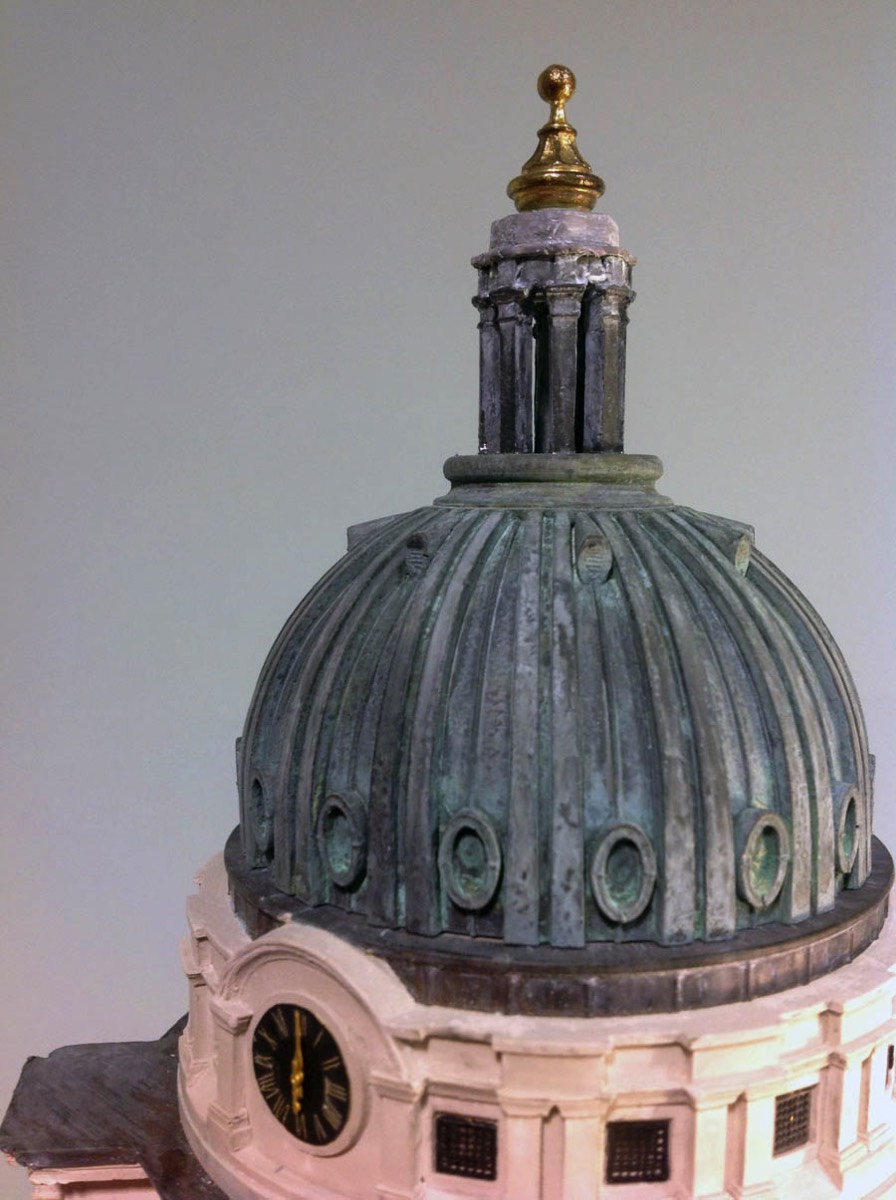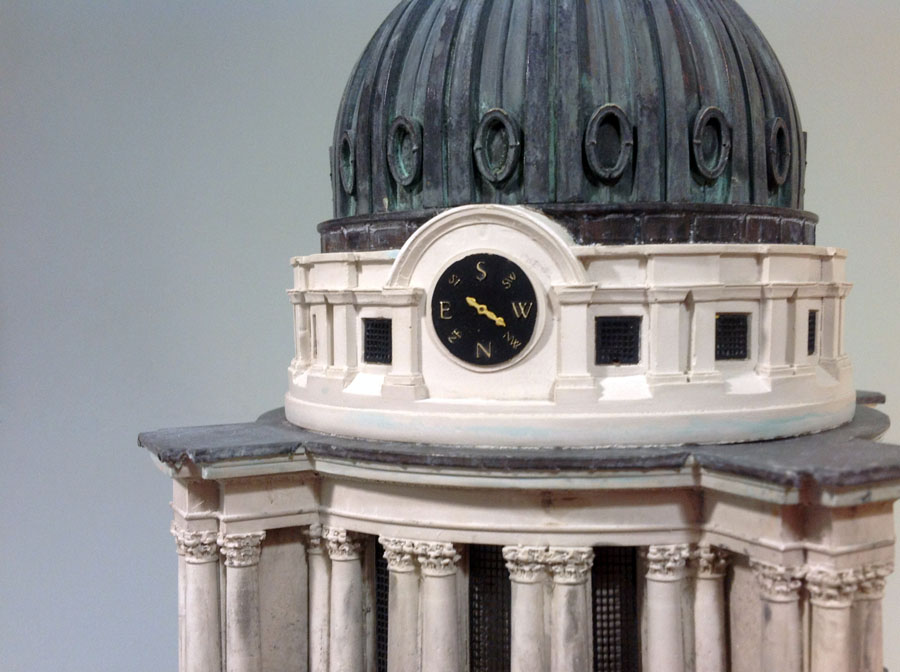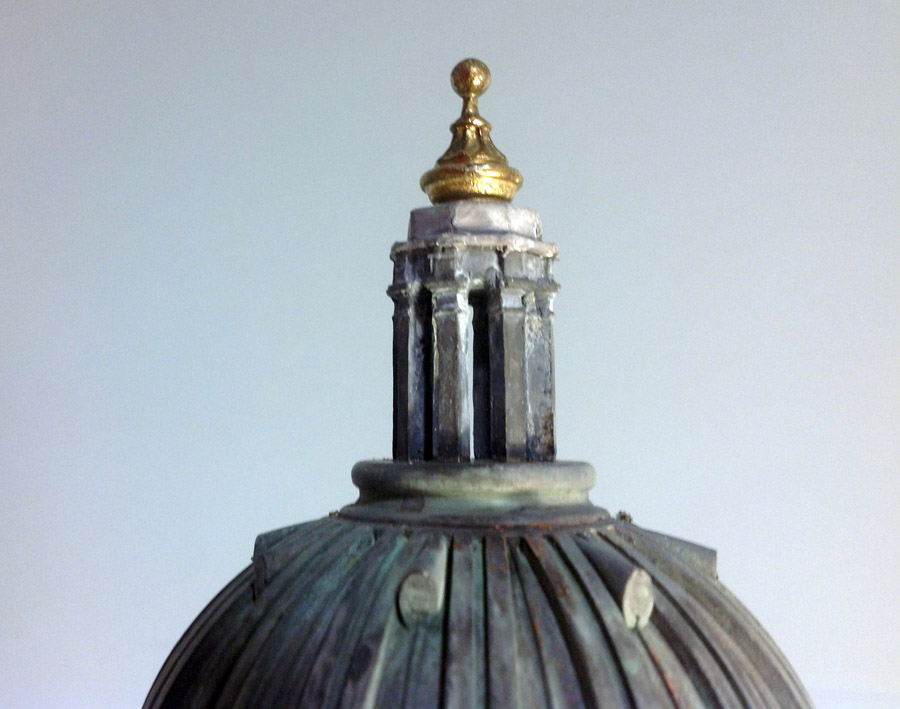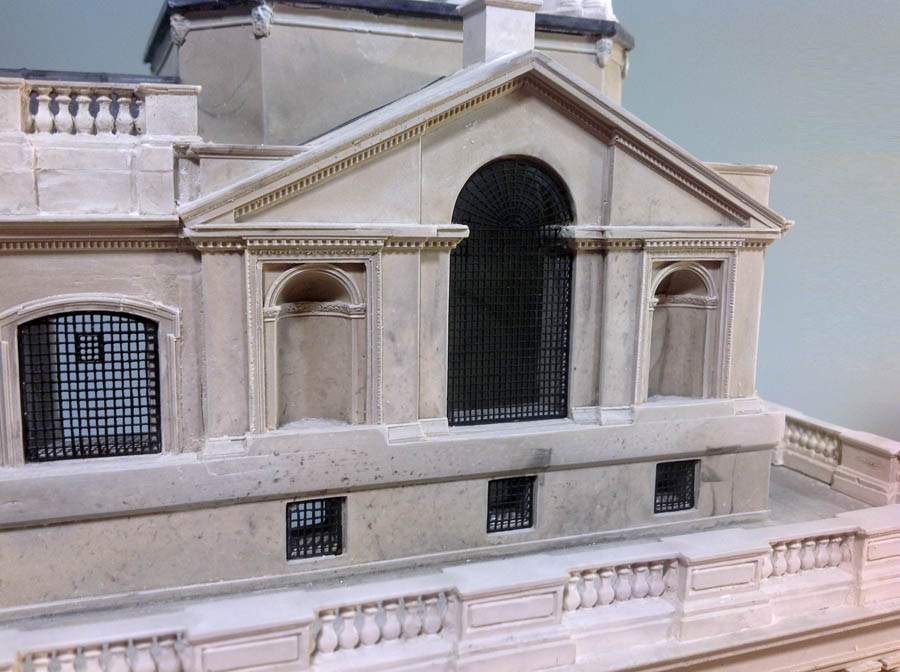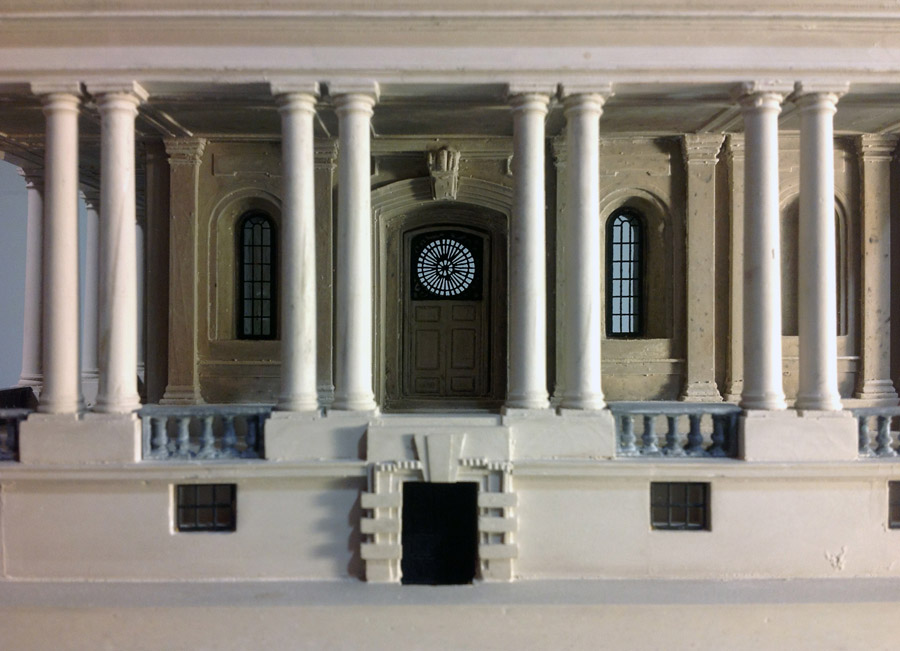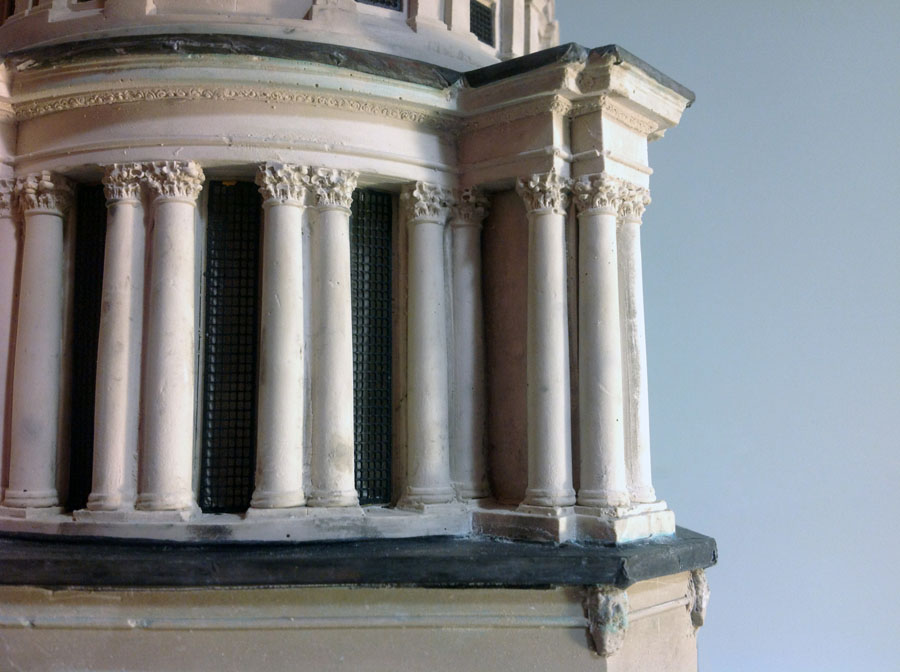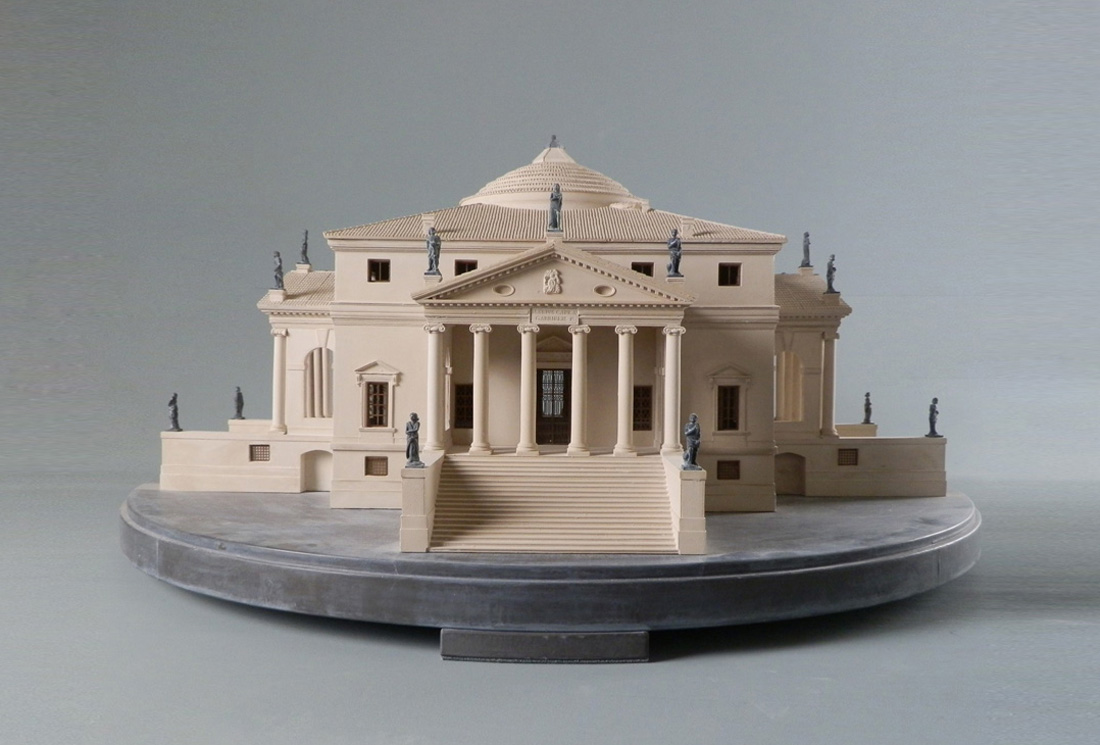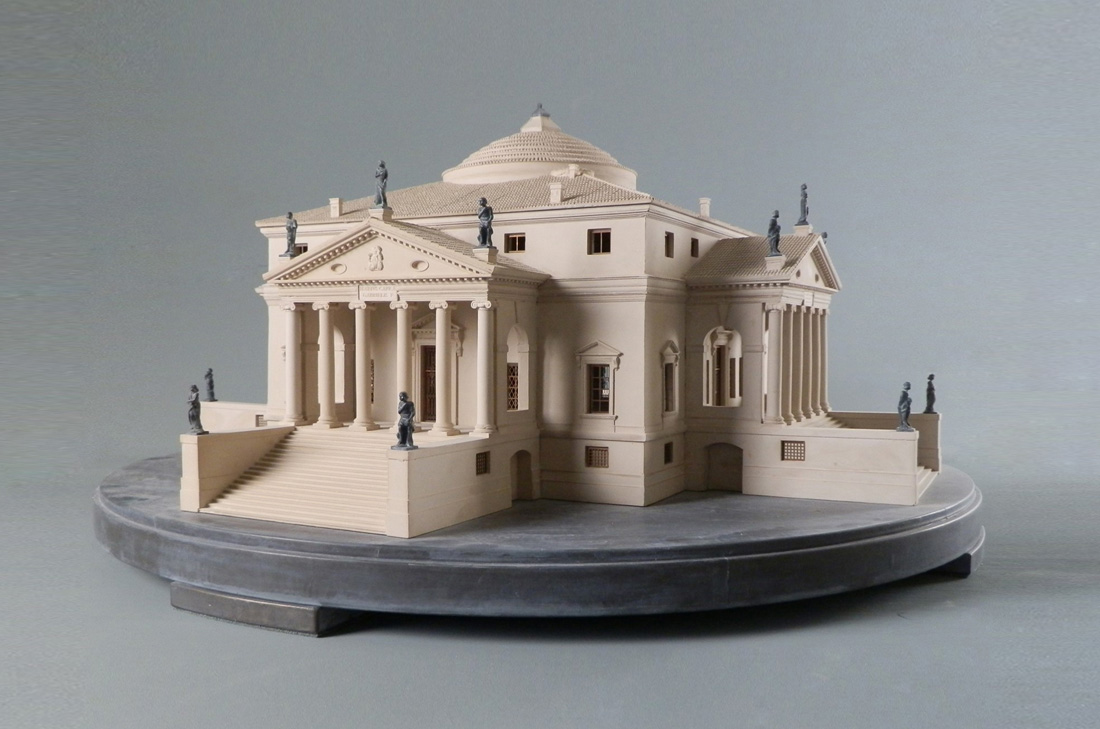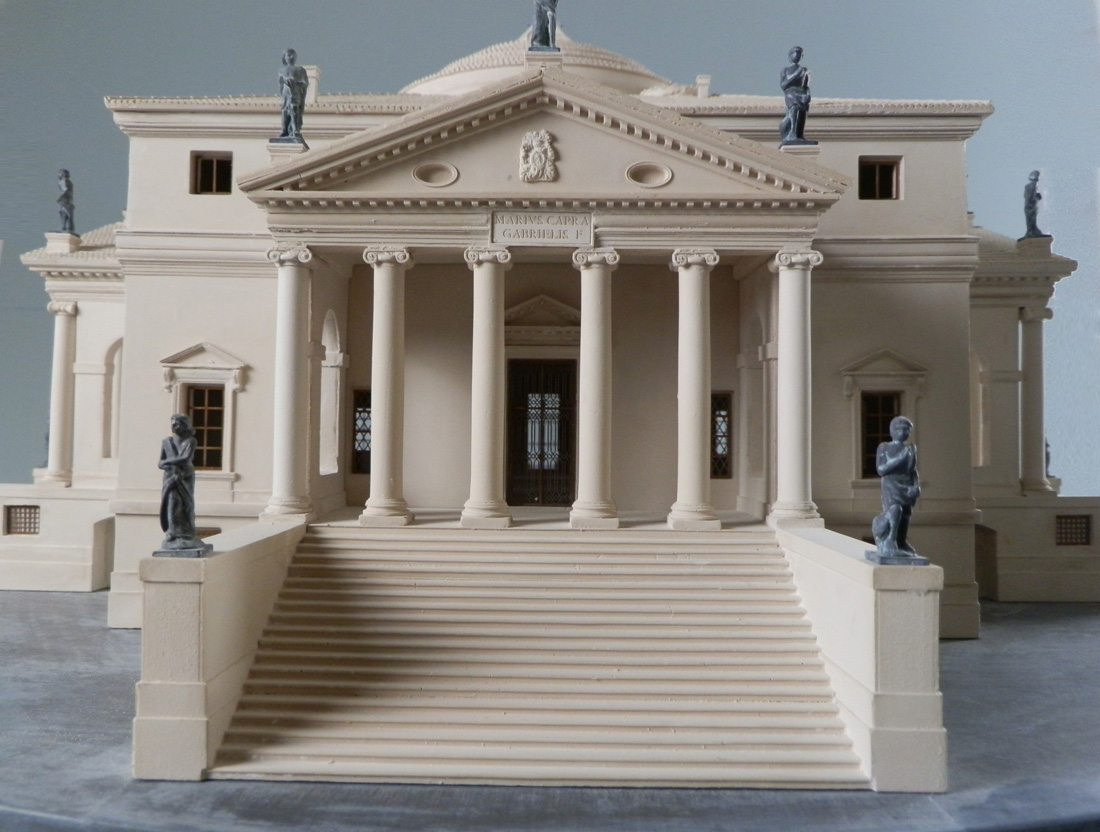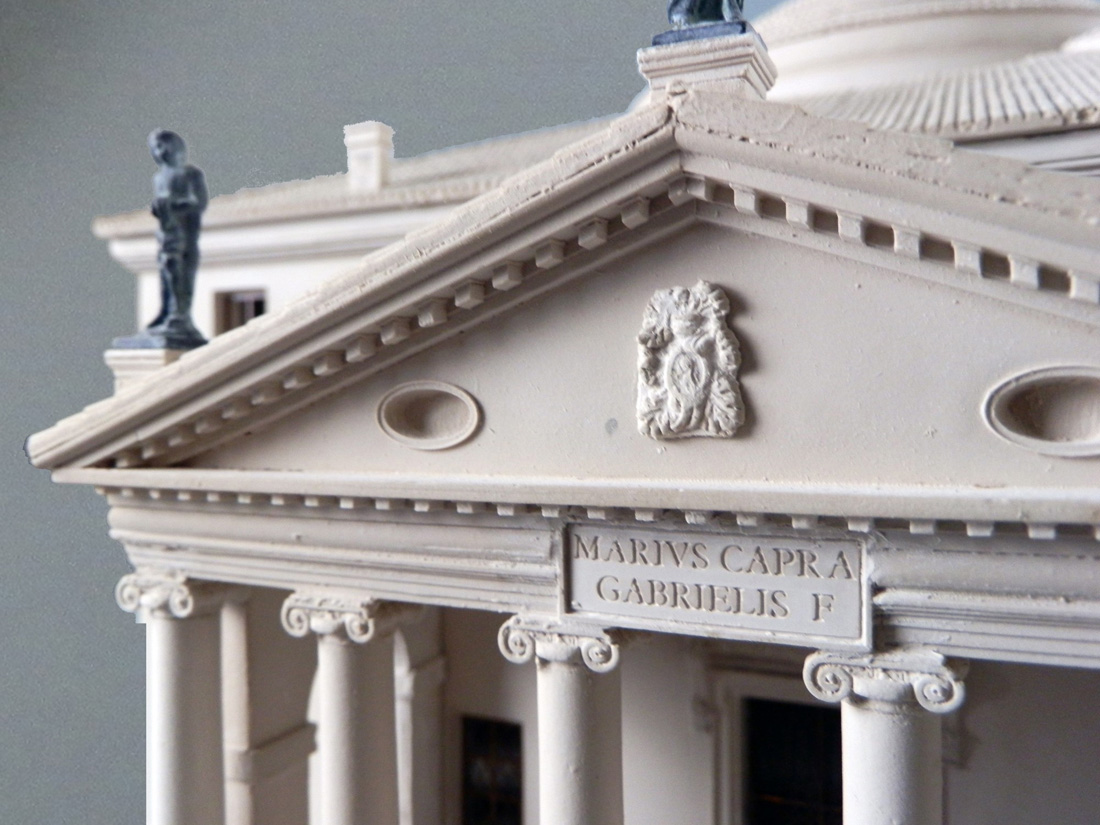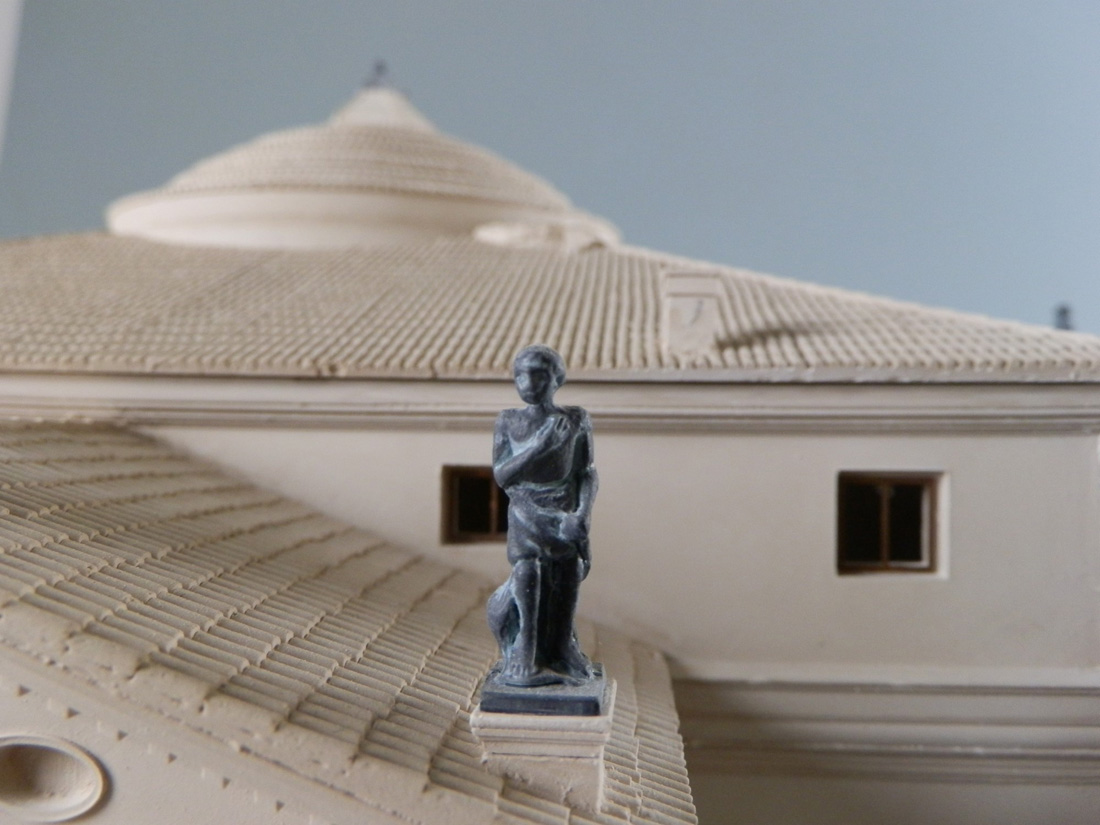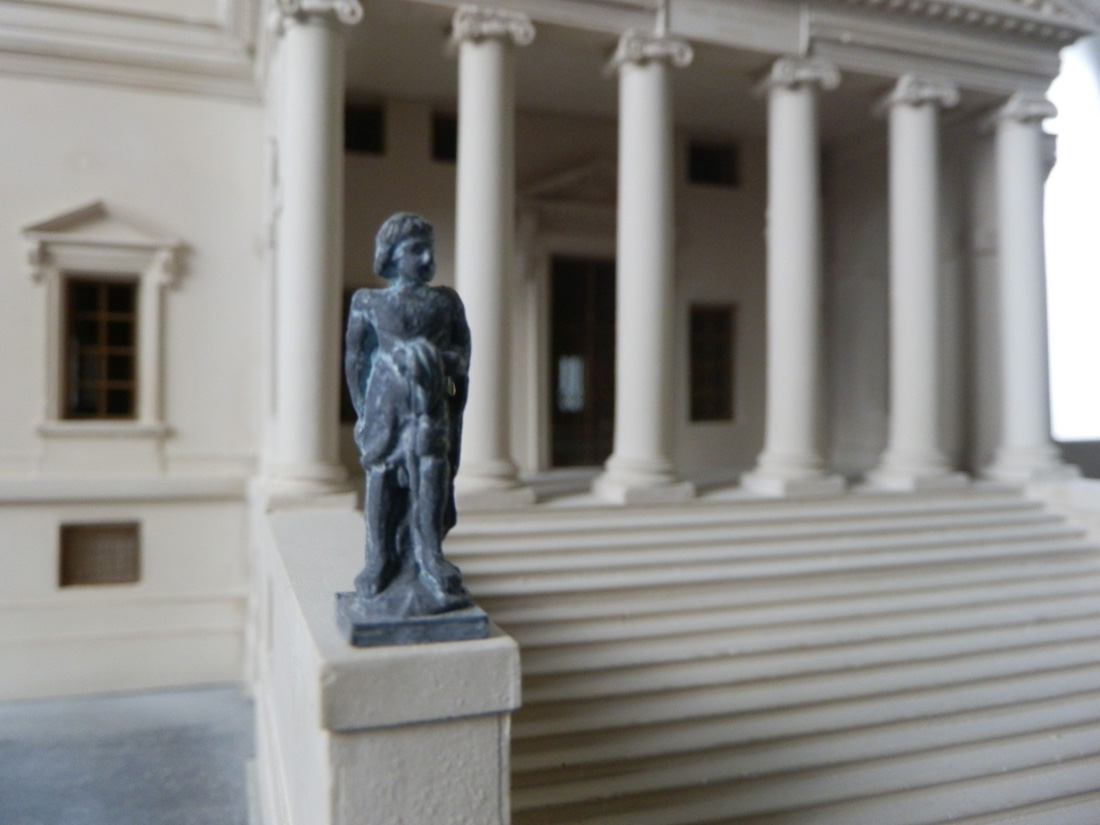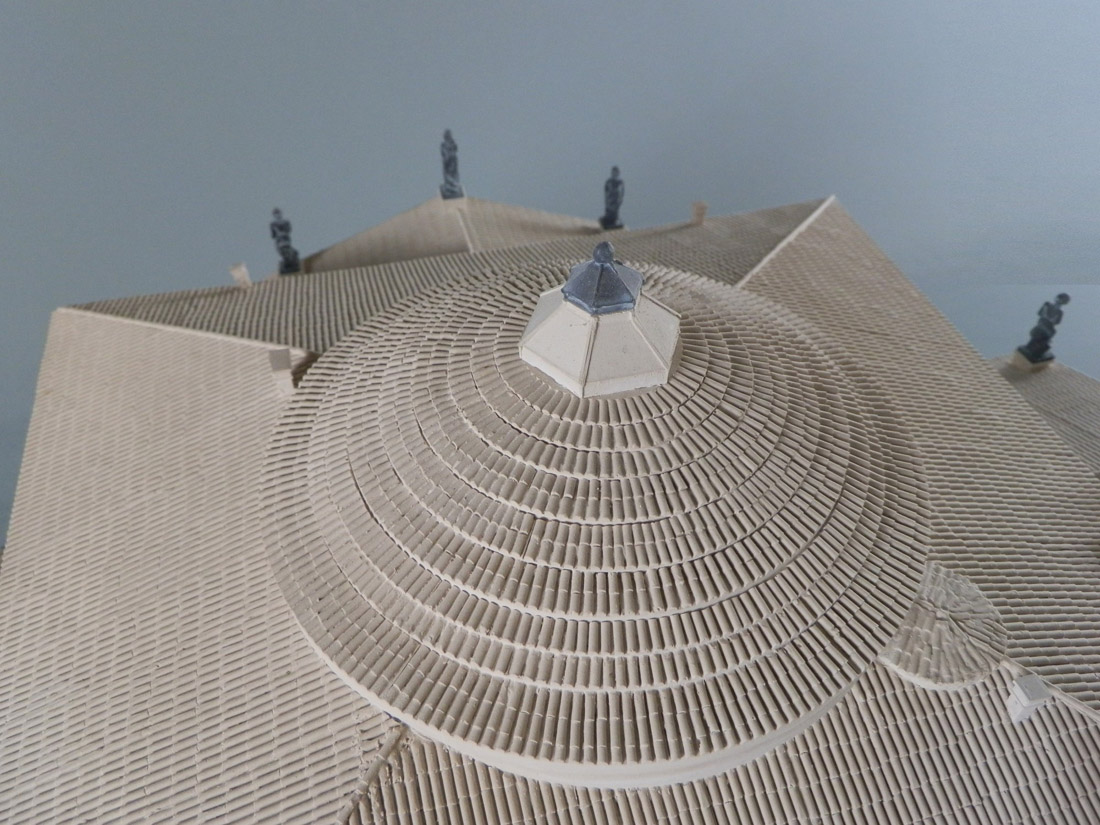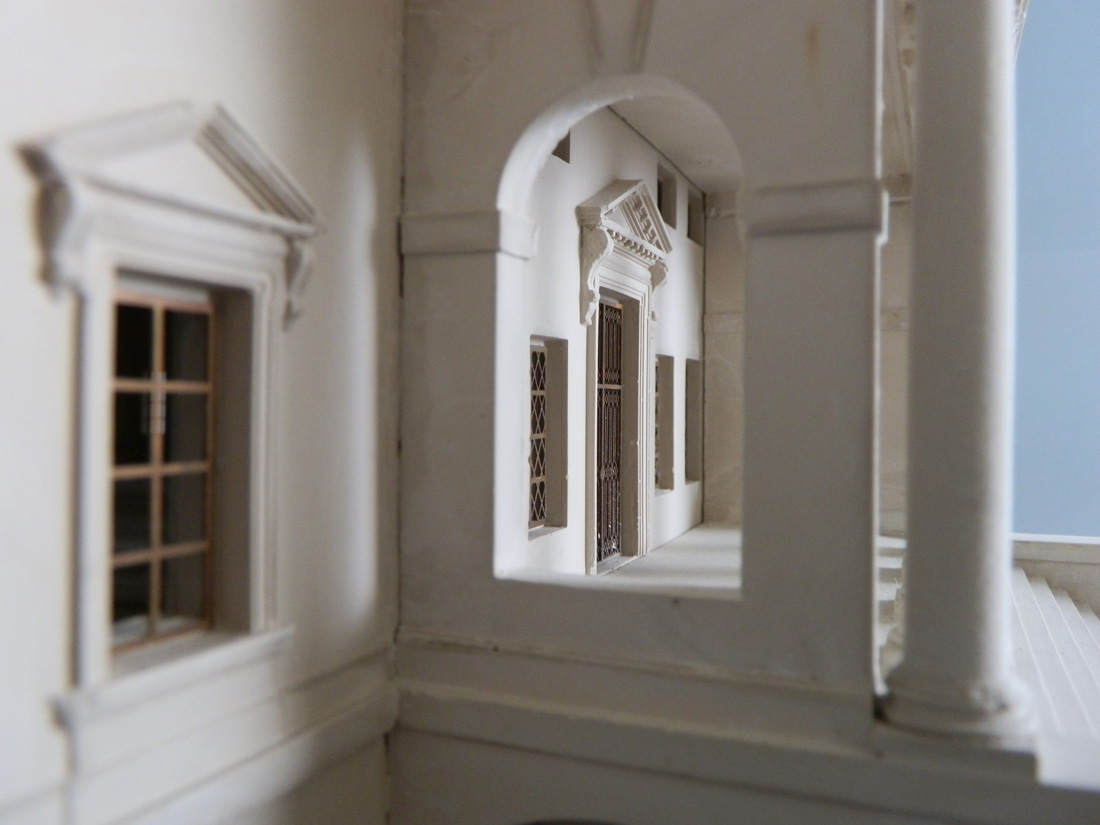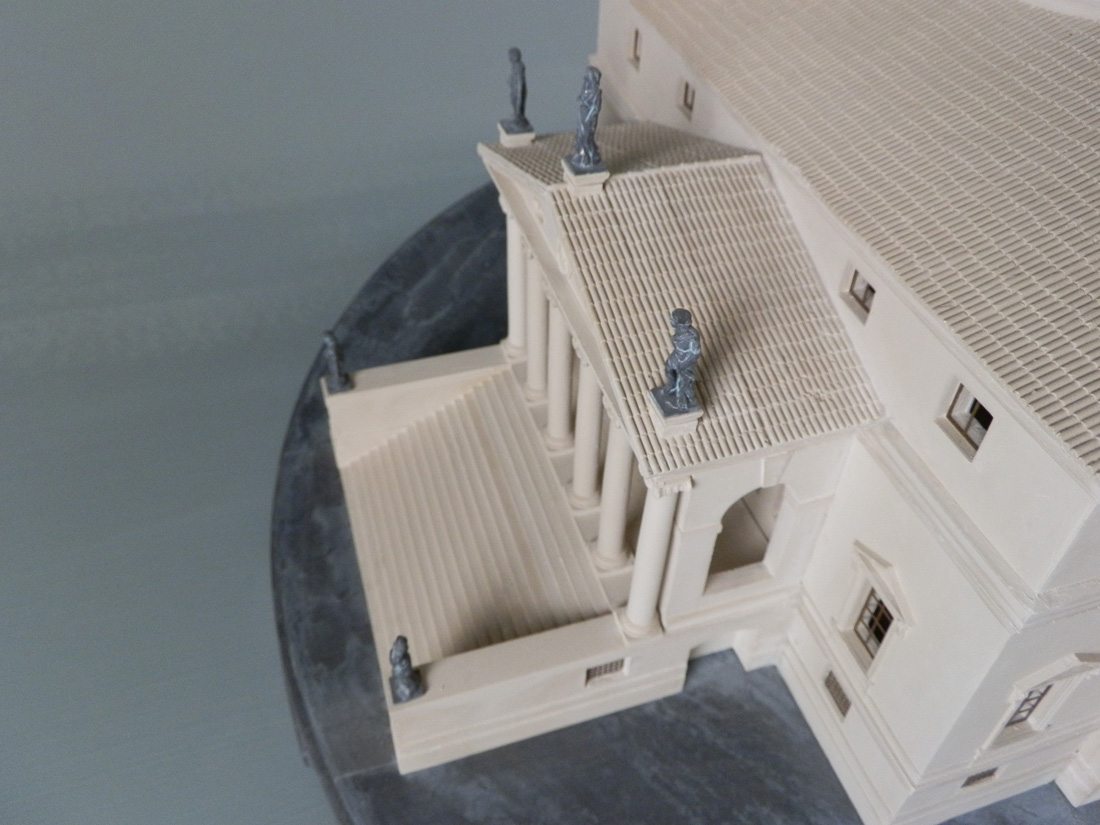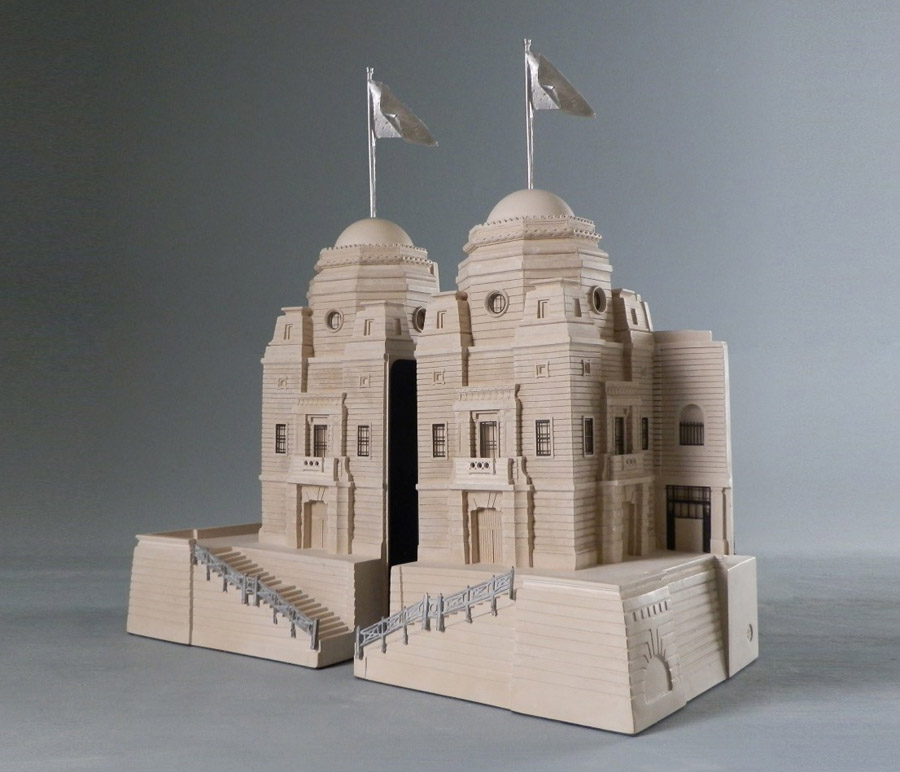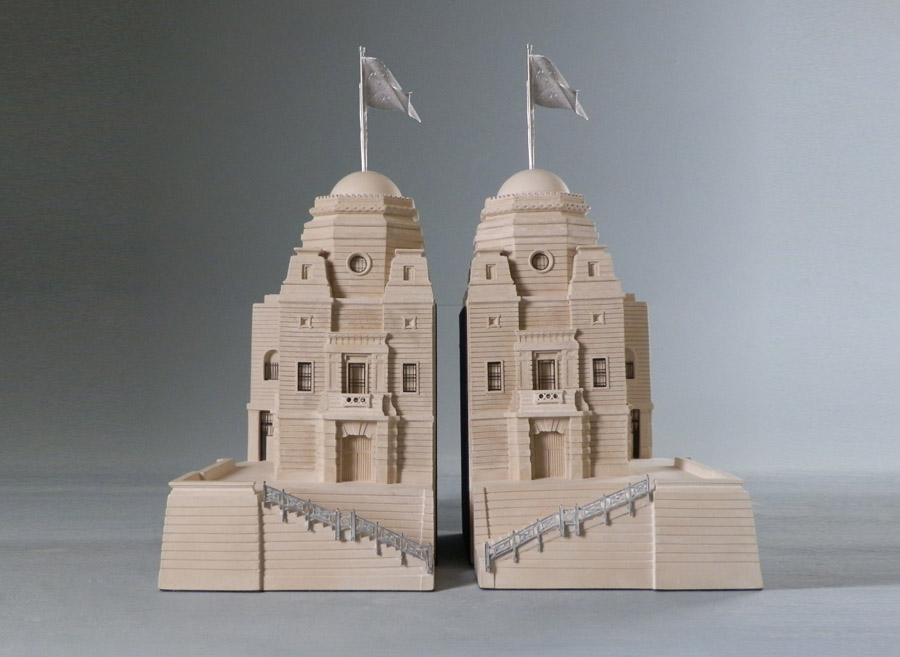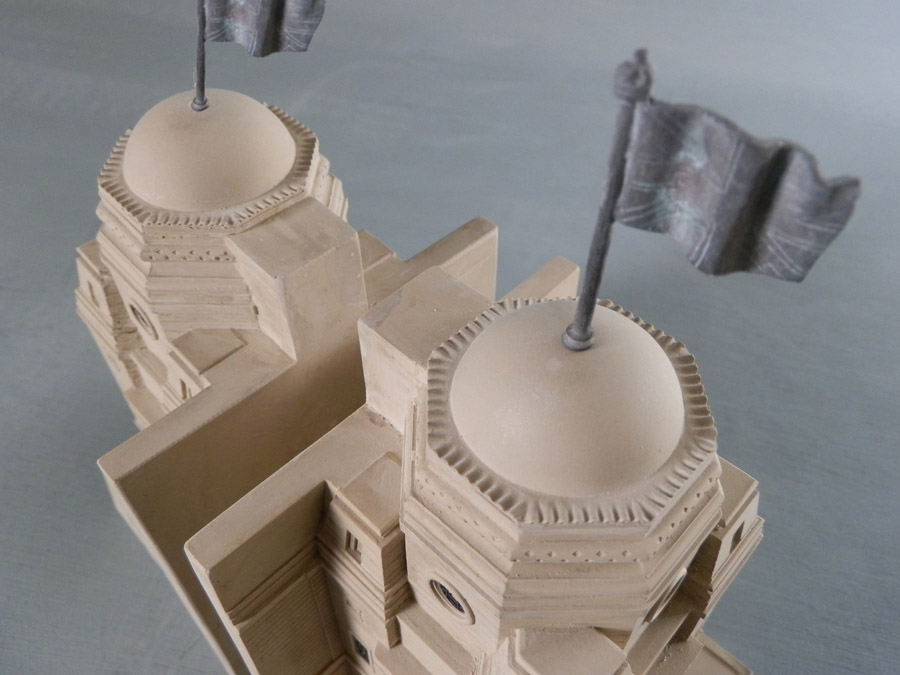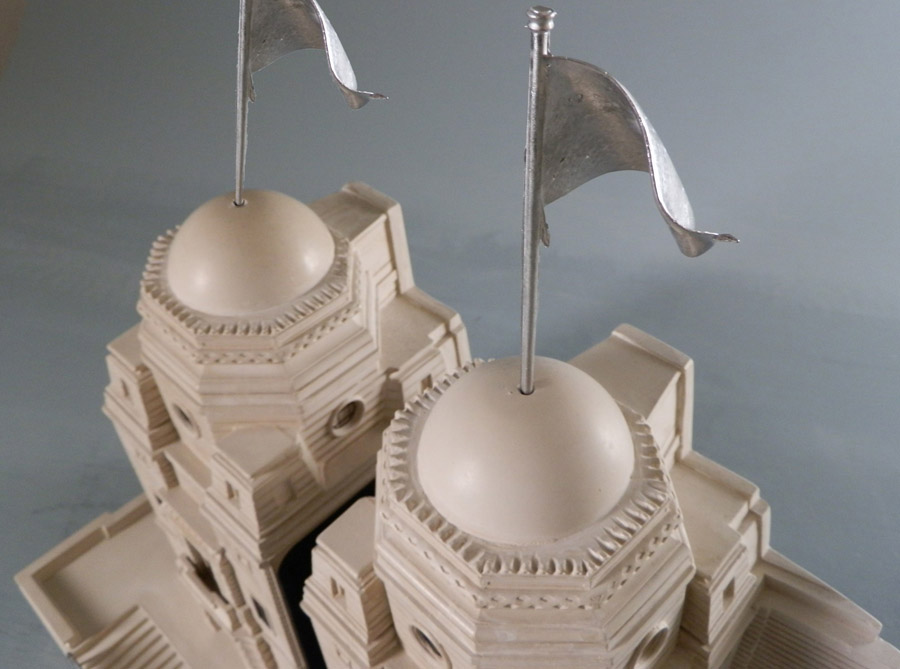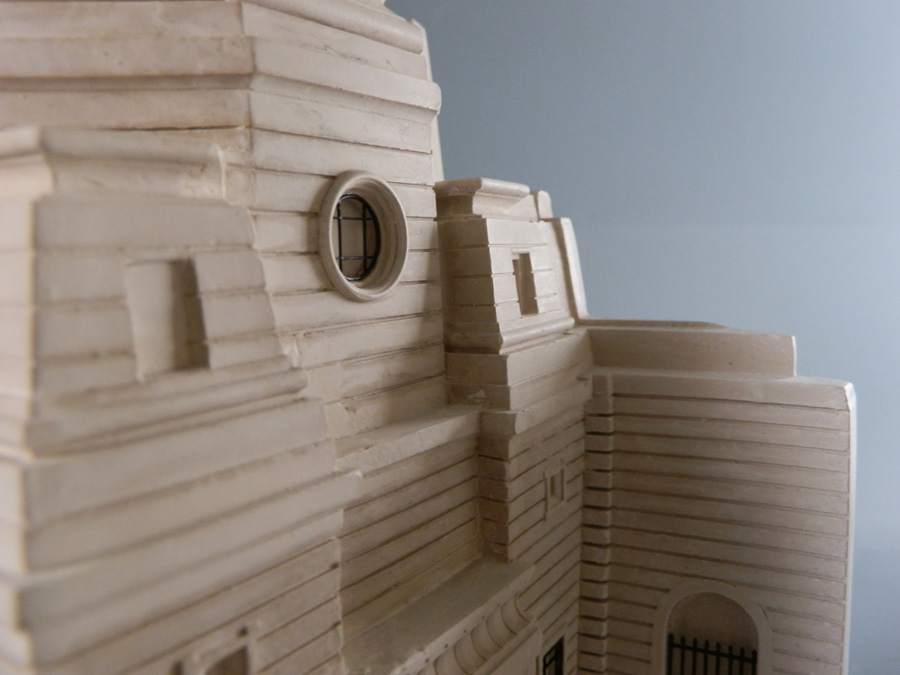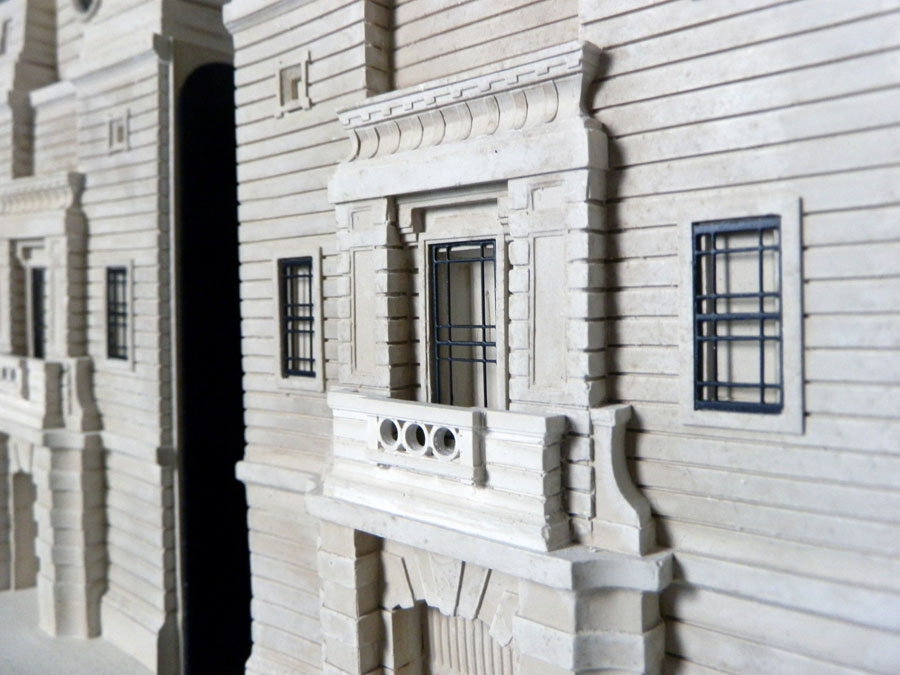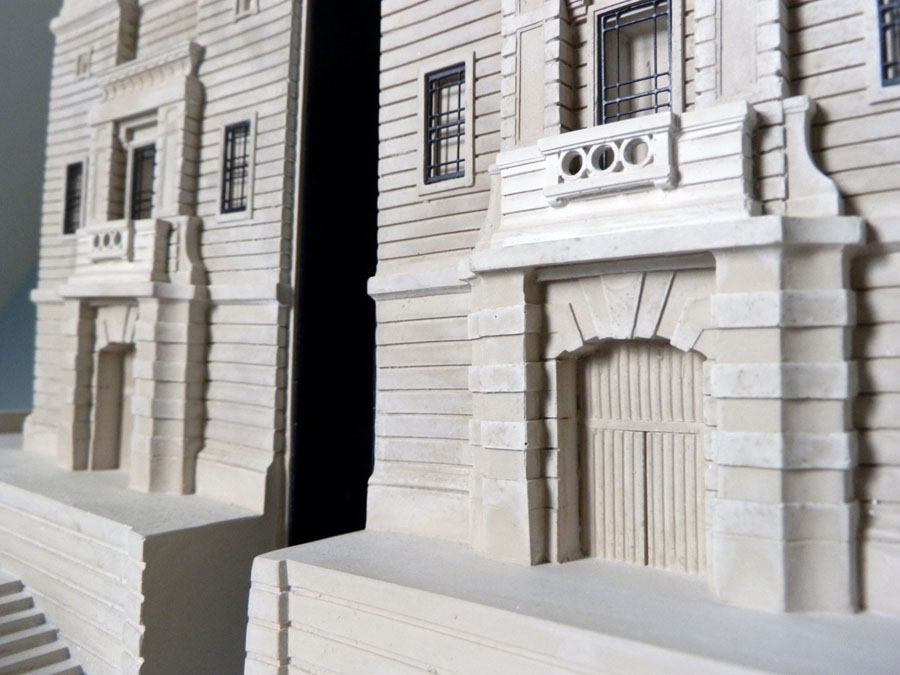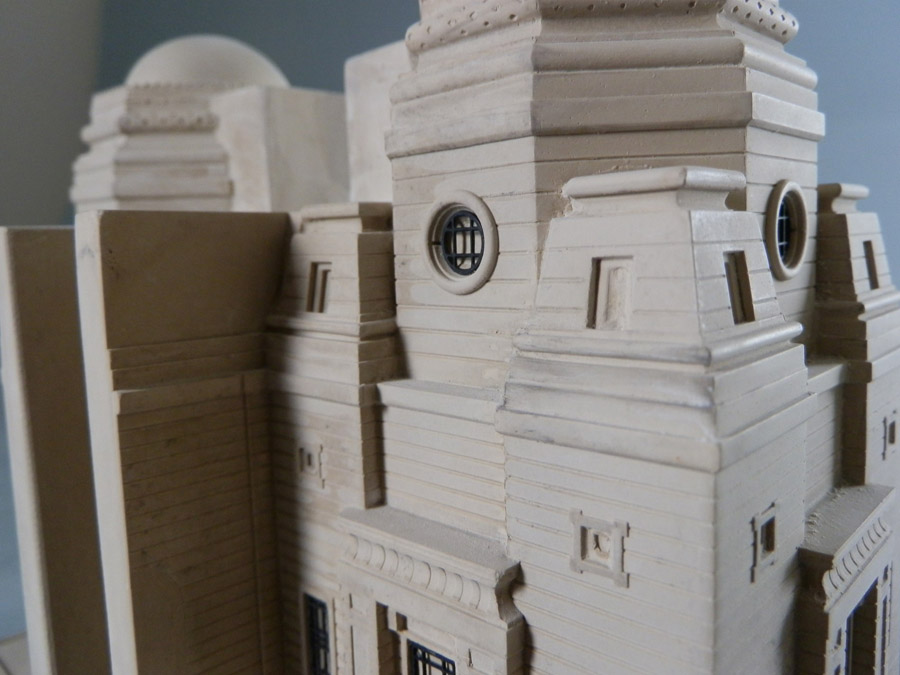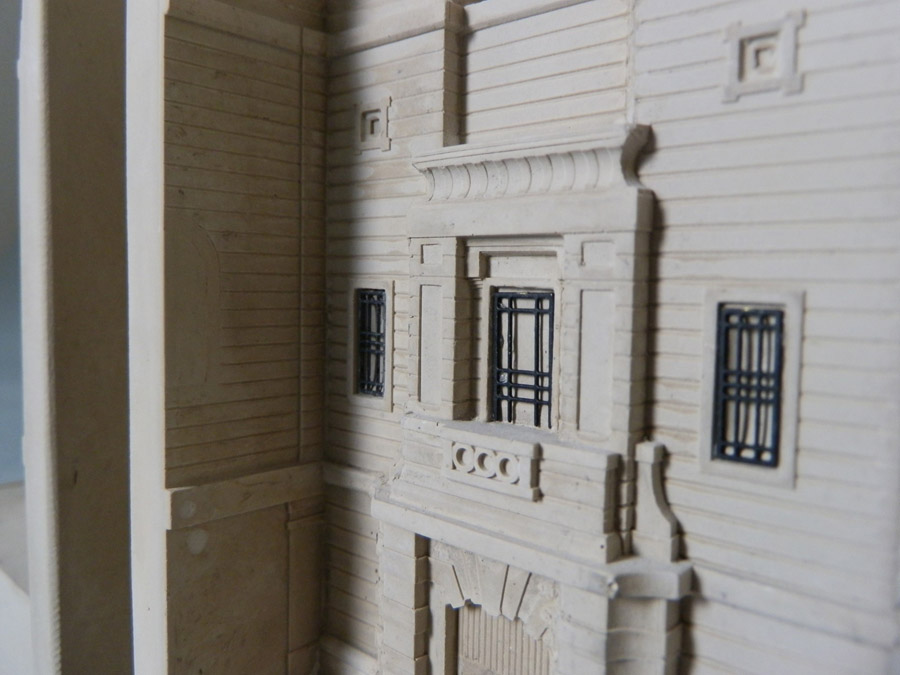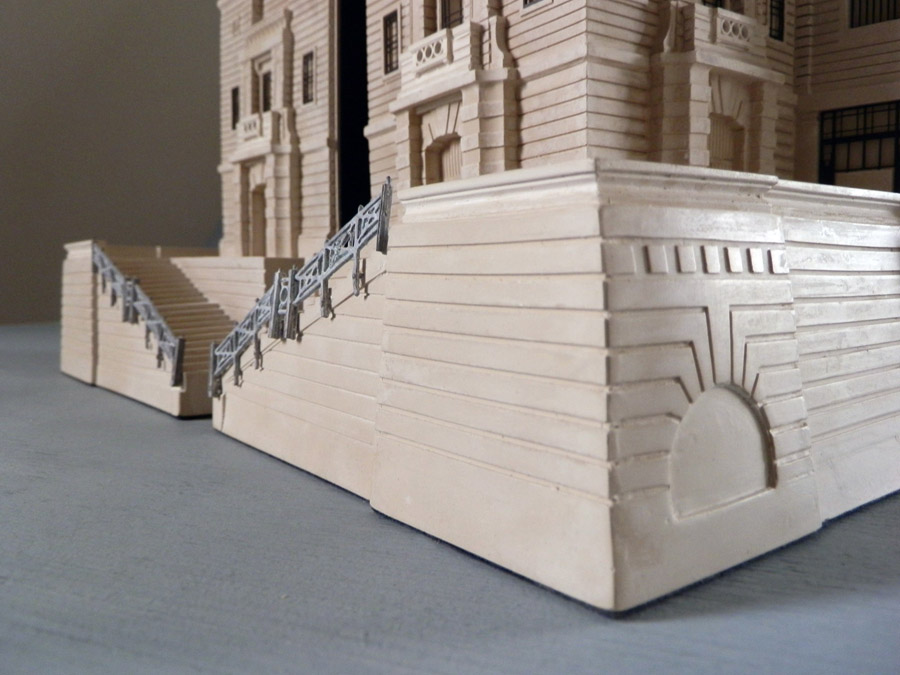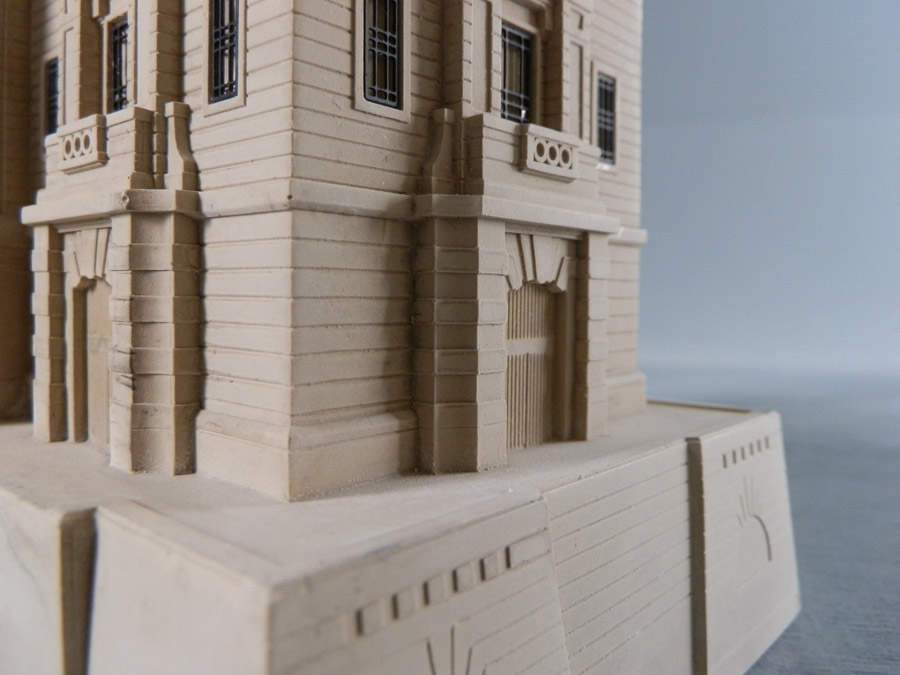
Signed & Dated
Click on the image to enlarge.
Height: 11"
Width: 18"
Depth: 18"
Metric:
Height: 280mm
Width: 457mm
Depth: 457mm
Weight: 15 kg
Disclaimer:
All dimensions, weight and colouring vary due to the natural materials used and the throughout handmade process.
Although small, they are entirely habitable, with service rooms in the basement, reception rooms on the main floor, and sleeping quarters on the upper floor.
There is, however, no evidence of any long term occupation of the building.
The exterior of the building is that of a one-room Greek temple, so the complexity of the interior was achieved by remarkable architectural design.
Click on the image to enlarge.
Height: 8.5"
Width: 6.8"
Depth: 2.5"
Metric:
Height: 216mm
Width: 173mm
Depth: 64mm
Weight: 2.1 kg
Disclaimer:
All dimensions, weight and colouring vary due to the natural materials used and the throughout handmade process.
Designed by Charles Rennie Mackintosh
When – 1899
Where – Glasgow, Scotland
This part of the Glasgow School of art was built in the second phase of construction from 1907-1909.
The tower contains the lecture theatre below and the double-floored library above which is now undergoing extensive restoration due to the fire earlier this year.
It overlooks Glasgow’s famous Sauchiehall Street. The building shows many characteristics of the Art Nouveau style that spread throughout Europe and influenced many American architects.
The design draws on the past Scottish baronial architecture whilst looking to the future. At this time the shipyards of Glasgow were producing over a third of world tonnage. From the skill base of the shipyards, Mackintosh drew on the culture of craftsmen across the city.
Weight: 2.1 kg
Dimensions: 6.75″w x 8.5″h x 2.5″d
Click on the image to enlarge.
Height: 11"
Width: 5"
Depth: 4.5"
Metric:
Height: 279mm
Width: 127mm
Depth: 114mm
Weight: 4 kg
Disclaimer:
All dimensions, weight and colouring vary due to the natural materials used and the throughout handmade process.
Designed by Charles Rennie Mackintosh
When – 1909
Where – Glasgow, Scotland
This Timothy Richards scale façade model would make a beautiful statement gift for any student or alumni of the great School of Art to be placed in any studio, office or study.
The West Library Tower is part of the main school. The building is a celebrated landmark building of international importance being far ahead of its time and of great influence on the development of modern architecture.
The tower contains the lecture theatre below and the double-floored library above which is now undergoing extensive restoration due to the fire earlier this year.
It overlooks Glasgow’s famous Sauchiehall Street. The building shows many characteristics of the Art Nouveau style that spread throughout Europe and influenced many American architects.
The design draws on the past Scottish baronial architecture whilst looking to the future.
At this time the shipyards of Glasgow were producing over a third of world tonnage. From the skill base of the shipyards, Mackintosh drew on the culture of craftsmen across the city.
Weight: 4 kg
Dimensions: 5″w x 11″h x 4.5″d
Click on the image to enlarge.
Height: 8"
Width: 23.3"
Depth: 4.9"
Metric:
Height: 204mm
Width: 593mm
Depth: 125mm
Weight: 8.5 kg
Disclaimer:
All dimensions, weight and colouring vary due to the natural materials used and the throughout handmade process.
Click on the image to enlarge.
Height: 8"
Width: 8"
Depth: 5"
Metric:
Height: 203mm
Width: 203mm
Depth: 127mm
Weight: 2.2 kg
Disclaimer:
All dimensions, weight and colouring vary due to the natural materials used and the throughout handmade process.
When – 1911
Where – Fulham Rd, London
Michelin House was the first covered tyre fitting garage in London. Build at the bottom of the Great West Road it promoted the new Michelin revolutionary tyres.
Tim was commissioned by Sir Terence Conran in 1991 to make this model.
Francois Espinasse’s design combines great practicality with showmanship and story.
Bibendum kicks out at rival Dunlop in one window and smokes a cool cigar on the other. Centrally he gulps down sharp nails – all the road can throw at him.
‘Now is the time to imbibe’ goes the slogan above his head. Decorative Minton tiles also feature famous racing cars and mosaics on the floor.
Etchings of the streets of Paris adorn some of the windows due the Michelin’s close ties with road maps and tourism.
Click on the image to enlarge.
Height: 18"
Width: 22"
Depth: 15"
Metric:
Height: 457mm
Width: 559mm irregular
Depth: 381mm
Weight: 32 kg
Disclaimer:
All dimensions, weight and colouring vary due to the natural materials used and the throughout handmade process.
Built by Marcus Agrippa
When – 126AD
Where – Rome, Italy
The Pantheon is the temple of all gods. This remarkable structure has a dome, which is the same height as it is wide, approx. 43.3m. It was the largest dome in existence for a 1,700 years.
The present day structure was built during the reign of the Emperor Hadrian.
The inscription, which can be seen on the front of this re-built Pantheon, was taken directly from the original: “M AGGRIPA L F COS TERTIVM FECIT” Translated means: “Made by Marcus Agrippa, son of Lucius, in his third consulship”.
The model is made of plaster with additional detail in white metal and etched brass.
The interior of the building has also been modelled showing the oculus and coffered ceiling.
The model is hinged so that the model can be opened.
Dimensions: 22in x 18in x 15in
Click on the image to enlarge.
Height: 12"
Width: 18"
Depth: 10"
Metric:
Height: 305mm
Width: 457mm
Depth: 254mm
Weight: 11.7 kg
Disclaimer:
All dimensions, weight and colouring vary due to the natural materials used and the throughout handmade process.
Where: Greenwich, London
When: 1635
The Queen’s House was an early commission of Inigo Jones after returning from his Grand Tour of Europe.
The Queens House was the first classical building to be built in Britain and so is one of the countries most important buildings for its architectural history.
Click on the image to enlarge.
Height: 11.4"
Width: 10.2"
Depth: 10.6"
Metric:
Height: 290mm
Width: 260mm
Depth: 270mm
Weight: 5.5 kg
Disclaimer:
All dimensions, weight and colouring vary due to the natural materials used and the throughout handmade process.
The Chrysler building was designed by William Van Alen. This model features the Chrysler Radiator Cap detail from the building.
When – 1928 to 1930
Where – New York, USA
The building is synonymous with the glitz and glamour of the era with both the excesses and depression of the years in which it was built.
It occupies a central Manhattan position and with its spire, was the tallest building in the world for a short time. The building boasts an iconic spire and sunburst design.
This is cruciform groin vault constructed of seven radiating, terraced arches. These arches are mounted one on top of the other.
When Tim first travelled to America he stayed at the infamous Carter Hotel off Times Square. When leaning at full stretch out of the window of this hotel Timothy Richards could see the Chrysler building, so characteristically synonymous with the city of New York and Manhattan itself.
The hotel room had a phone of which Tim used for two mornings to persuade the Chrysler management to allow him three hours unrestricted access to explore the building.
Click on the image to enlarge.
Height: 17.3"
Width: 10"
Depth: 8.7"
Metric:
Height: 440mm
Width: 250mm
Depth: 220mm
Weight: 25 kg each
Disclaimer:
All dimensions, weight and colouring vary due to the natural materials used and the throughout handmade process.
The Royal Naval Hospital at Greenwich represents the most extensive complex of English Baroque Buildings in Britain, primarily built by Sir Christopher Wren and Nicholas Hawksmore, based on earlier designs by John Webb.
On his return home he commissioned Wren to build the Royal Hospital of Chelsea and it was completed in 1692. James II wanted to build an equivalent for our Royall Navy. Finally, it was Queen Mary who commissioned the work in 1694.Initially Wren proposed the demolition of everything on the site including the Queens House, however, Queen Mary opposed his ideas insisting not only on its preservation but also the retaining of its view to the river.
To make matters even more ‘interesting’ she insisted that the imposing waterfront façade of the ‘’King’s Building’’, built in the reign of Charles II, also be retained.
The second plan as we know resulted in a brilliant solution. The Queens House becoming the distant focal point framed through the mirrored avenue of Hospital buildings.
Wren’s genius was to turn the architectural problem into an architectural solution. The earlier hospital building by John Webb was neatly included, when completed in 1702, the finest and majestic of outcomes had been realised.
Both a statement that spoke for the Nation as well as the Navy. In 1755 the hospital contained over 1 500 pensioners.
This explains the number of different architectural styles which appear on the same site.
The Royal Naval Hospital still retains a grandeur and scale similar to that of a stately home. Its personality is not only defined by the building but by the great Thames in the foreground and the parkland behind.
Click on the image to enlarge.
Height: 13"
Width: 23"
Depth: 23"
Metric:
Height: 330mm
Width: 584mm
Depth: 584mm
Weight: 20.5 kg
Disclaimer:
All dimensions, weight and colouring vary due to the natural materials used and the throughout handmade process.
Designed by Andrea Palladio
When – 1592
Where – Vicenza, Italy
Villa Rotonda is situated on a hilltop just outside Vicenza in northern Italy. It was designed by Andrea Palladio in 1567 and is also known as Villa Capra and Villa Almerico.
It is also part of the world Heritage Site ‘City of Vicenza and the Palladian Villas of the Veneto.’
Unlike most of Palladio’s Villas, this one was not built as part of a working farm but as a suburban ‘Palazzo’.
The building was started by Paolo Americano who did not live to see its completion.
The Capra brothers employed Vicenzo Scamozzi to oversee the completion of the villa and it was completed in 1592.
Scamozzi made a few changes to Palladio’s design including the addition of an Oculus and Cupola (inspired by The Pantheon); Palladio intended the villa to have a high semi-circular dome.
Click on the image to enlarge.
Height: 13"
Width: 11"
Depth: 6.75"
Metric:
Height: 330mm
Width: 279mm
Depth: 172mm
Weight: 8.4 kg each
Disclaimer:
All dimensions, weight and colouring vary due to the natural materials used and the throughout handmade process.
Often referred to fondly as Hallowed Turf, Wembley Stadium was the ‘venue of legends’, and has become synonymous with football world-wide.
Of all the world’s football stadiums, Wembley is widely regarded as the greatest of them all – the spiritual home of the beautiful game.
Demolished in 2003 to make way for the new stadium, The Twin Towers, dominated the Wembley skyline for more than 75 years
These model bookends have lead and etched brass detail and are sold in association with ‘Wembley End of an Era’.

Signed & Dated
Click on the image to enlarge.
Height: 11"
Width: 18"
Depth: 18"
Metric:
Height: 280mm
Width: 457mm
Depth: 457mm
Weight: 15 kg
Disclaimer:
All dimensions, weight and colouring vary due to the natural materials used and the throughout handmade process.
Although small, they are entirely habitable, with service rooms in the basement, reception rooms on the main floor, and sleeping quarters on the upper floor.
There is, however, no evidence of any long term occupation of the building.
The exterior of the building is that of a one-room Greek temple, so the complexity of the interior was achieved by remarkable architectural design.
Click on the image to enlarge.
Height: 8.5"
Width: 6.8"
Depth: 2.5"
Metric:
Height: 216mm
Width: 173mm
Depth: 64mm
Weight: 2.1 kg
Disclaimer:
All dimensions, weight and colouring vary due to the natural materials used and the throughout handmade process.
Designed by Charles Rennie Mackintosh
When – 1899
Where – Glasgow, Scotland
This part of the Glasgow School of art was built in the second phase of construction from 1907-1909.
The tower contains the lecture theatre below and the double-floored library above which is now undergoing extensive restoration due to the fire earlier this year.
It overlooks Glasgow’s famous Sauchiehall Street. The building shows many characteristics of the Art Nouveau style that spread throughout Europe and influenced many American architects.
The design draws on the past Scottish baronial architecture whilst looking to the future. At this time the shipyards of Glasgow were producing over a third of world tonnage. From the skill base of the shipyards, Mackintosh drew on the culture of craftsmen across the city.
Weight: 2.1 kg
Dimensions: 6.75″w x 8.5″h x 2.5″d
Click on the image to enlarge.
Height: 11"
Width: 5"
Depth: 4.5"
Metric:
Height: 279mm
Width: 127mm
Depth: 114mm
Weight: 4 kg
Disclaimer:
All dimensions, weight and colouring vary due to the natural materials used and the throughout handmade process.
Designed by Charles Rennie Mackintosh
When – 1909
Where – Glasgow, Scotland
This Timothy Richards scale façade model would make a beautiful statement gift for any student or alumni of the great School of Art to be placed in any studio, office or study.
The West Library Tower is part of the main school. The building is a celebrated landmark building of international importance being far ahead of its time and of great influence on the development of modern architecture.
The tower contains the lecture theatre below and the double-floored library above which is now undergoing extensive restoration due to the fire earlier this year.
It overlooks Glasgow’s famous Sauchiehall Street. The building shows many characteristics of the Art Nouveau style that spread throughout Europe and influenced many American architects.
The design draws on the past Scottish baronial architecture whilst looking to the future.
At this time the shipyards of Glasgow were producing over a third of world tonnage. From the skill base of the shipyards, Mackintosh drew on the culture of craftsmen across the city.
Weight: 4 kg
Dimensions: 5″w x 11″h x 4.5″d
Click on the image to enlarge.
Height: 8"
Width: 23.3"
Depth: 4.9"
Metric:
Height: 204mm
Width: 593mm
Depth: 125mm
Weight: 8.5 kg
Disclaimer:
All dimensions, weight and colouring vary due to the natural materials used and the throughout handmade process.
Click on the image to enlarge.
Height: 8"
Width: 8"
Depth: 5"
Metric:
Height: 203mm
Width: 203mm
Depth: 127mm
Weight: 2.2 kg
Disclaimer:
All dimensions, weight and colouring vary due to the natural materials used and the throughout handmade process.
When – 1911
Where – Fulham Rd, London
Michelin House was the first covered tyre fitting garage in London. Build at the bottom of the Great West Road it promoted the new Michelin revolutionary tyres.
Tim was commissioned by Sir Terence Conran in 1991 to make this model.
Francois Espinasse’s design combines great practicality with showmanship and story.
Bibendum kicks out at rival Dunlop in one window and smokes a cool cigar on the other. Centrally he gulps down sharp nails – all the road can throw at him.
‘Now is the time to imbibe’ goes the slogan above his head. Decorative Minton tiles also feature famous racing cars and mosaics on the floor.
Etchings of the streets of Paris adorn some of the windows due the Michelin’s close ties with road maps and tourism.
Click on the image to enlarge.
Height: 18"
Width: 22"
Depth: 15"
Metric:
Height: 457mm
Width: 559mm irregular
Depth: 381mm
Weight: 32 kg
Disclaimer:
All dimensions, weight and colouring vary due to the natural materials used and the throughout handmade process.
Built by Marcus Agrippa
When – 126AD
Where – Rome, Italy
The Pantheon is the temple of all gods. This remarkable structure has a dome, which is the same height as it is wide, approx. 43.3m. It was the largest dome in existence for a 1,700 years.
The present day structure was built during the reign of the Emperor Hadrian.
The inscription, which can be seen on the front of this re-built Pantheon, was taken directly from the original: “M AGGRIPA L F COS TERTIVM FECIT” Translated means: “Made by Marcus Agrippa, son of Lucius, in his third consulship”.
The model is made of plaster with additional detail in white metal and etched brass.
The interior of the building has also been modelled showing the oculus and coffered ceiling.
The model is hinged so that the model can be opened.
Dimensions: 22in x 18in x 15in
Click on the image to enlarge.
Height: 12"
Width: 18"
Depth: 10"
Metric:
Height: 305mm
Width: 457mm
Depth: 254mm
Weight: 11.7 kg
Disclaimer:
All dimensions, weight and colouring vary due to the natural materials used and the throughout handmade process.
Where: Greenwich, London
When: 1635
The Queen’s House was an early commission of Inigo Jones after returning from his Grand Tour of Europe.
The Queens House was the first classical building to be built in Britain and so is one of the countries most important buildings for its architectural history.
Click on the image to enlarge.
Height: 11.4"
Width: 10.2"
Depth: 10.6"
Metric:
Height: 290mm
Width: 260mm
Depth: 270mm
Weight: 5.5 kg
Disclaimer:
All dimensions, weight and colouring vary due to the natural materials used and the throughout handmade process.
The Chrysler building was designed by William Van Alen. This model features the Chrysler Radiator Cap detail from the building.
When – 1928 to 1930
Where – New York, USA
The building is synonymous with the glitz and glamour of the era with both the excesses and depression of the years in which it was built.
It occupies a central Manhattan position and with its spire, was the tallest building in the world for a short time. The building boasts an iconic spire and sunburst design.
This is cruciform groin vault constructed of seven radiating, terraced arches. These arches are mounted one on top of the other.
When Tim first travelled to America he stayed at the infamous Carter Hotel off Times Square. When leaning at full stretch out of the window of this hotel Timothy Richards could see the Chrysler building, so characteristically synonymous with the city of New York and Manhattan itself.
The hotel room had a phone of which Tim used for two mornings to persuade the Chrysler management to allow him three hours unrestricted access to explore the building.
Click on the image to enlarge.
Height: 17.3"
Width: 10"
Depth: 8.7"
Metric:
Height: 440mm
Width: 250mm
Depth: 220mm
Weight: 25 kg each
Disclaimer:
All dimensions, weight and colouring vary due to the natural materials used and the throughout handmade process.
The Royal Naval Hospital at Greenwich represents the most extensive complex of English Baroque Buildings in Britain, primarily built by Sir Christopher Wren and Nicholas Hawksmore, based on earlier designs by John Webb.
On his return home he commissioned Wren to build the Royal Hospital of Chelsea and it was completed in 1692. James II wanted to build an equivalent for our Royall Navy. Finally, it was Queen Mary who commissioned the work in 1694.Initially Wren proposed the demolition of everything on the site including the Queens House, however, Queen Mary opposed his ideas insisting not only on its preservation but also the retaining of its view to the river.
To make matters even more ‘interesting’ she insisted that the imposing waterfront façade of the ‘’King’s Building’’, built in the reign of Charles II, also be retained.
The second plan as we know resulted in a brilliant solution. The Queens House becoming the distant focal point framed through the mirrored avenue of Hospital buildings.
Wren’s genius was to turn the architectural problem into an architectural solution. The earlier hospital building by John Webb was neatly included, when completed in 1702, the finest and majestic of outcomes had been realised.
Both a statement that spoke for the Nation as well as the Navy. In 1755 the hospital contained over 1 500 pensioners.
This explains the number of different architectural styles which appear on the same site.
The Royal Naval Hospital still retains a grandeur and scale similar to that of a stately home. Its personality is not only defined by the building but by the great Thames in the foreground and the parkland behind.
Click on the image to enlarge.
Height: 13"
Width: 23"
Depth: 23"
Metric:
Height: 330mm
Width: 584mm
Depth: 584mm
Weight: 20.5 kg
Disclaimer:
All dimensions, weight and colouring vary due to the natural materials used and the throughout handmade process.
Designed by Andrea Palladio
When – 1592
Where – Vicenza, Italy
Villa Rotonda is situated on a hilltop just outside Vicenza in northern Italy. It was designed by Andrea Palladio in 1567 and is also known as Villa Capra and Villa Almerico.
It is also part of the world Heritage Site ‘City of Vicenza and the Palladian Villas of the Veneto.’
Unlike most of Palladio’s Villas, this one was not built as part of a working farm but as a suburban ‘Palazzo’.
The building was started by Paolo Americano who did not live to see its completion.
The Capra brothers employed Vicenzo Scamozzi to oversee the completion of the villa and it was completed in 1592.
Scamozzi made a few changes to Palladio’s design including the addition of an Oculus and Cupola (inspired by The Pantheon); Palladio intended the villa to have a high semi-circular dome.
Click on the image to enlarge.
Height: 13"
Width: 11"
Depth: 6.75"
Metric:
Height: 330mm
Width: 279mm
Depth: 172mm
Weight: 8.4 kg each
Disclaimer:
All dimensions, weight and colouring vary due to the natural materials used and the throughout handmade process.
Often referred to fondly as Hallowed Turf, Wembley Stadium was the ‘venue of legends’, and has become synonymous with football world-wide.
Of all the world’s football stadiums, Wembley is widely regarded as the greatest of them all – the spiritual home of the beautiful game.
Demolished in 2003 to make way for the new stadium, The Twin Towers, dominated the Wembley skyline for more than 75 years
These model bookends have lead and etched brass detail and are sold in association with ‘Wembley End of an Era’.
Please call our office on:
T: + 44 (0)1225 311 664
E: models@timothyrichards.com
